|
“Angelic Bookends,” that’s what they are. These two funerary pieces can be found in Mount Olivet’s Area U/Lot 123. They mark the graves of Laura Jane and Ann Elizabeth Kehne, two sisters who died in their early youth and just a decade apart from one another. The pieces in question employ a “throwback,” or vintage, design of a cherub commonly referred to as a “child-angel.” This iconic figure from the Victorian era is a symbol of innocence and immortality. In cemeteries, monuments of this type usually denote the grave of a baby or a child. When they adorn the grave of an adult, their meaning might be more representative of the soul’s entrance into paradise than a connection to childhood. I assumed available information on these decedents would be light as these two youngsters spent a combined 14 years of existence in this world. Hopefully, someone out there reading this piece will add more about them (and the family) in the comment section (at the end of this article) as the girls’ parents have both passed within the last 20 years. The extent of information on Ann Elizabeth Kehne can be found in her obituary and funeral notice in the local newspaper from 1957. Born January 6th, 1955, Ann only attained the age of two, dying three days after her birthday on January 9th, 1957. Our cemetery records show that although the family was living in Frederick’s Monocacy Village (912 Cherokee Trail) at the time, the toddler died of encephalitis while hospitalized in Baltimore. Just over a year after Ann Elizabeth’s death, the Kehnes had reason to rejoice as they were blessed with the birth of a second daughter on March 3rd, 1958. She was given the name Laura Jane. I wasn’t expecting to find much about this youngster in the newspaper either, but I was wrong as I immediately found a photograph of her in an edition of the Frederick Post from October 17th, 1962. It shows Laura Jane undergoing ambulation therapy. For those not familiar with the term, “ambulation” is the ability to walk without the need for any kind of assistance.  The picture’s caption said that this therapy had taken place at the Frederick Easter Seals Health Center. This facility opened in 1957 and was once located at the Odd Fellows Home on North Market Street. It served not only Frederick County, but our neighboring counties as well. Now, some of our younger readers may be asking, “What is/are Easter Seals?” Easterseals (formerly known as Easter Seals) is a charity founded in 1919 as the National Society for Crippled Children. It is a 501(c)3 nonprofit organization providing disability services, with additional support areas serving veterans and military families, seniors, and caregivers. The name "Easter Seals" came from an earlier fundraising program begun in 1934 with colorful adhesive seals, the size of postage stamps being sold around Easter. Purchasers could stick these on the back of mailed envelopes, as a popular tradition was to send cards to friends and family both at Christmas and Easter seasons. Because of the program's success, the organization changed its name from "the National Society for Crippled Children" to "Easter Seals." Another photograph of little Laura had appeared a few months earlier in the Frederick newspaper. It showed Laura, with her mother (Elizabeth), receiving assistance from Frederick’s Zonta Club. I would find another at the end of 1963 with a visit from Santa. Right when I began thinking that my young subject (Laura) could have been some sort of posterchild for children with disabilities, I read the heartwarming news on January 3rd, 1964 that Laura had been named Maryland’s Easter Seal Child. An informative article appeared in March of 1964. Laura was making great progress and was a shining example and ambassador for the work the Easter Seals organization was doing. I found nothing more at hand during my cursory checks of old newspapers and the internet, save for some school class pictures appearing in newspaper. Laura would go on to attend the Visitation Academy from what I could see. Sadly, the last mention of Laura Jane Kehne came in the form of her obituary in late August of 1967. She, like her sister, died in Baltimore. This occurred on August 25th of that year at the tender age of 8. Laura would be buried a few days later in Mount Olivet, roughly five yards away from the “older” sister she never had the chance to know. A “child-angel” monument was added to mark her final resting place, just like the one that had been placed on Ann Elizabeth Kehne’s grave a decade earlier.  Visiting the sisters graves this week, I sought to learn more about the basis of these particular funerary monuments. In their online blog entitled Cemetery Insights and Beyond, authors Dave and Linda Vichiola-Coppola state that: “Cherubs appear in the Book of Genesis and are ranked as one of the highest orders of angels. As the Bible story goes, after Adam and Eve’s banishment from the garden of Eden, God stationed a cherub holding a flaming sword to guard the entrance. It was not hard for the faithful of long ago to imagine the cherubim as sentinels. The traditional image of a cherub was not cute or childlike at all. In modern times we find it difficult to envision a winged infant (or a young child) holding a flaming sword and assuming a strong stance to ward of intruders. Our perception of the cherub was changed by two important developments during the 19th Century: archaeological discoveries and a set of new social values. In the mythology of ancient Greece and Rome, the god of love was depicted as a young boy. Yet, neither the Greek god Eros or the Roman god Cupid is depicted as a baby. Lin Vertefeuille of Ringling Docents.org points out that the image of the cherub as a baby more closely resembles a nature spirit known in ancient Greek and Roman mythology as genius/genii. The same images of the winged babies appeared in masterpieces of art from the Renaissance and Baroque periods, but they were called putti (putto, singular). During the Victorian era, there was a revival of classical art sparked by major archaeological excavations that were taking place in Greece. The winged baby image of the genii decorated the artifacts that were unearthed. The image appealed to the Victorians because of its resemblance to the infant angels that were depicted in masterworks of art from the Renaissance and Baroque periods. The Coppolas go on to say, “While archaeology played a role in the cherub’s physical characteristics of the 1800’s, a growing cultural concern over the well-being of children made the cherub a popular cemetery monument. Prior to the 20th century, the death rates for children and infants were staggering. Before the time of major medical advancements, many infants died at birth and those that survived had to make it through childhood without succumbing to infectious diseases. Poverty levels in industrialized areas and the lack of child labor laws made children more prone to life-threatening health problems.” Annette Stott, a writer for the website Nineteenth Century Art-Worldwide, explains, “High mortality rates boosted the value of children….an ideal of childhood arose that stressed the natural innocence and joyfulness of children.” Advocates of child labor laws during the late 1800’s helped prompt growing social concerns over the well-being of children. The treasured values of childhood were frequently depicted in Victorian art and literature. The images of the putti that decorated the Greek artifacts resembled a baby angel, just as the Roman and Greek god(s) of love (Cupid and Eros) resembled an angel child. So, when a child died, the Victorian cherub served as an appropriate graveside symbol of innocence and youth. Today, the Victorian cherub remains a popular cemetery icon to mark the graves of children and infants. Many examples exist within the historic section of the cemetery. A more modern angel can be found close to the Kehne sister on the east side of Area U as the prime marker for a unique section called “Babyland.” I know the name catches some off guard, but this is a specific area designated for infants and toddlers. Young children of this age were originally buried in Area M, also known as “Stranger’s Row,” a charitable area where bodies of deceased visitors to town (without family elsewhere) could be buried, as well as indigent persons, or those widowing wives and orphaning children with little to no means to bury their loved one. Many infants were buried here in economical, “smaller designed” lots—helping to relieve a financial strain from families not having family plots (or planning for them in the prime of life as young adults). When photographing the Kehne “child-angel” monuments for this story, I struggled to find the girls’ parents anywhere nearby. I simply found a large family marker for the lot-holding Hoffman family. Once back in the office, our database revealed that parents Harold Dorsey Kehne and Elizabeth Eloise “Boots” (Shoemaker) Kehne were buried in Area FSK/Lot 105. This is a section to the immediate north of the Mausoleum/Office complex in the back section of Mount Olivet. This is nowhere close to Area U where Ann and Laura are located. A secondary question came to me in addition to “Who were these young “angels?” — “Why are these girls not buried with their parents in the same location?” I soon found the Hoffmans to be the maternal great-grandparents of Laura Jane and Ann Elizabeth Kehne (grandparents to the fore-mentioned Elizabeth (Shoemaker) Kehne. This took a little detective work—fitting because original lot-holder George Jacob Hoffman (b. 1868) was a Frederick City policeman. Mr. Hoffman died at age 53 at his home at 152 East South Street in 1922. He would be the first of his immediate family to be buried here in a plot shared with his great-granddaughters. George’s widow, Annie Hoffman would continue living in her home on Frederick’s southside off East South Street. This a fairly recognizable rowhouse that still stands today across from the Frederick County Public Schools headquarters building on the northwest corner of East South and South East streets. The house at #152 is the easternmost townhome here, just down from Winchester Street. Regular readers of this blog may recall that the name of this street comes from Benjamin F. Winchester who opened a brick manufactory in this vicinity. This would eventually become Frederick Brick Works. Benjamin was the brother of Hiram Winchester, a New England schoolteacher who was responsible for the Frederick Female Seminary on East Church Street in the 1840s. This is today known as Winchester Hall and serves home to our local Frederick County Government. 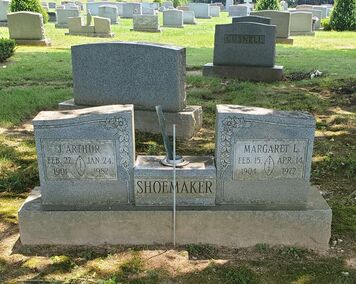 Shoemaker gravesite in Area FF/Lot 294 Shoemaker gravesite in Area FF/Lot 294 Back to our Kehne sisters and their great-grandmother Annie (buried between them), Mrs. Hoffman is listed as head of household in the 1930 census. Her sons worked as salesmen for a nearby ice plant operation, while her daughter, Margaret, and granddaughter, Elizabeth, also lived here. The puzzling thing for me here came in the realization that six-year-old Elizabeth Shoemaker was listed as “Elizabeth Hoffman” and that her supposed mother, Margaret Hoffman was only 11 years her senior at age 17? I thought that perhaps Margaret was simply an aunt and that there was a missing, or deceased, son of Mrs. Annie Hoffman who could be the father of Elizabeth prompting the name Hoffman here in this census record. Her mother would be missing as well. Our cemetery records did not provide me with the names of Elizabeth’s parents, however, my research assistant Marilyn Veek answered these questions for me. She showed me that George and Annie Hoffman's daughter, Margaret Laura Hoffman, married a man named Jacob Arthur Shoemaker, Sr. and that Elizabeth was the daughter of Margaret Hoffman. I checked our database and found Margaret and Jacob Arthur buried here in Mount Olivet (Area FF/Lot 294). Our records show Margaret’s birthdate as February 15th, 1904, thus proving that the 1930 census showing of her age as 17 was erroneous. She was actually 27 and plenty capable of having a six-year-old daughter in 1930. When I looked for Mr. Shoemaker in the 1930 Census, I found him also living with Margaret, but at a location around the corner at #10 Winchester Street—and they had other children too! In Ancestry.com, I found the R.L. Polk Frederick City directory from 1928-1929 that listed both Jacob and Margaret Shoemaker as living at 152 E. South Street, the former Hoffman family home. They must have moved nearby shortly thereafter. Margaret was a machine operator at a tailoring business and Jacob was an electrician with Frederic Iron and Steel Company. As an aside, I found a small article in a paper from 1916 that stated that Jacob had run away from home, but not for long. This occurred just months after the youth was “stunned” by a bolt of lightning that struck near his church in Braddock Heights. Naturally, I expected to find Elizabeth living with her mother and Mr. Shoemaker in the 1940 census. Instead, Elizabeth was still residing with her grandmother and maternal uncles on Winchester Street. Maybe the house on Winchester wasn’t big enough? Or perhaps Elizabeth got along better with her grandmother than mother, we may never know? Meanwhile, Margaret Hoffman Shoemaker can be found living at #10 Winchester Street with three children: Jane, Jacob Arthur, Jr., and Cleora. Elizabeth can be found once again living with her grandmother Hoffman in spring of 1950, and she is listed as an elementary school teacher. She had graduated from Frederick High School in 1940 and from State Teachers College at Towson in 1944. She would later earn her master's degree from University of Maryland at College Park. Just a few months after this census was taken, she would be married in the month of July in a double wedding ceremony with a younger sister named Cleora (Cleo) Shoemaker (1930-2015). Mr. Kehne was a former veteran of World War II and may be remembered for owning a gas station, Kehne’s Citgo on the corner of East and East 13th Streets, not far from his family’s home in Monocacy Village. He owned this from 1957-1974 and That station still exists today as the East Street Liberty. The Kehnes would have three children, the fore-mentioned Ann and Laura, and a son David. Harold Dorsey Kehne, age 86, of Frederick, passed away at Frederick Memorial Hospital. He was a graduate of Frederick High School (class of 1943). After selling his business, Mr. Keene attended the University of Maryland and studied education, likely inspired by his wife. He taught at Middletown High School, West Frederick Middle School, and New Market Middle School, until his retirement in 1986. A teacher for 31 years, Mrs. Kehne first taught at Emmitsburg Junior High School and at several other schools including Elm Street School and Frederick High School. When she returned to teaching after having children, she taught at Frederick Academy of the Visitation and then returned to teaching public school. An early advocate for special needs students, she started the county's physical education program at Harmony Grove School and then moved to Rock Creek School when it opened in 1972. This would lead to her election into the Alvin G. Quinn Sports Hall of Fame. Her unselfish service and belief in impaired students led her to strive for successful creation of the Frederick County Special Olympics. She coached students to numerous championships in various sports and created for her teams and students the opportunity to achieve beyond all expectations. Somewhere along the way, she picked up the nickname “Boots.” Elizabeth’s brother-in-law, Max S. Kehne, is also a member of this prestigious group of local athletes and sports pioneers recognized in the Quinn Hall of Fame (housed at the Frederick County YMCA). Max Kehne is still remembered as most famous softball pitcher in Frederick County history, and a member of the Maryland Softball Hall of Fame. He was also a key area sports promoter and a member of Frederick City Board of Aldermen at the time of his untimely death due to an automobile accident. Max S. Kehne Park on West 7th Street is named in his honor. Elizabeth S. Kehne retired in 1986. She was active in the Frederick City Recreation Council, serving for many years as the council's secretary. Following her retirement, she was a volunteer tutor with the Literacy Council of Frederick and enjoyed spending time with family and friends in Frederick and in Rehoboth, Delaware. I found that surviving son David helped establish the Harold D. and Elizabeth S. Kehne Scholarship Fund in 2015 with the Community Foundation of Frederick County. The fund’s purpose is to provide scholarships to graduates of Frederick High School or Gov. Thomas Johnson High School pursuing a career in education. Preference is given but not limited to students attending Towson University, University of Maryland College Park, or one of these educational institutions’ extension campuses. Since the fund was created, it has helped students pursue careers in education just as the Kehnes did. So, there it is. I figured out who the interesting monuments in Area U were “bookending,” so far from the gravesite of their educator parents. I had become intrigued with Elizabeth’s challenges throughout her life. Her resilience as evidenced by her educational pursuits and achievement are evident that she persevered despite any initial setbacks. I will say that knowing this information about Elizabeth’s childhood and professional career, certainly makes me respect her even more knowing that she lost Ann Elizabeth at such an early age, and was forced to endure the incredible stress of having Laura and working so dutifully as a mother with assisting her daughter in the everyday challenges revolving around disabilities. As we know, this would end with Laura’s untimely death as well. I never knew Elizabeth Eloise (Shoemaker) Kehne, but when I visited her gravesite here in Mount Olivet, several hundred yards from that of her daughters, I thought to myself that perhaps there should be one more “child-angel” monument placed here on her grave as well.
0 Comments
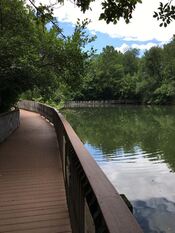 Fountain Rock Park Fountain Rock Park In my professional past, I've had the opportunity (on more than one occasion) to visit rock quarries. I was working on a documentary back in the late 1990s which I named Monocacy: the Pre-history of Frederick County, Maryland. This project involved an investigation into the geologic history of our region, and what better way to see the rocks deep below the ground surface of today, than visiting a quarry? In addition to the old LeGore (current-day Barrick Quarry) near Woodsboro, I also filmed at another large operation north of Buckeystown--the former Essroc Quarry, now known as the Vulcan Materials Company. Of course we have the Martin Marietta Quarry (formerly LaFarge) only a mile from Mount Olivet Cemetery to the southeast. This comprises an earlier quarry known as the M. J. Grove Lime Company. Gravestone conservators like Jonathan Appell have told me that the daily blasts at this site have caused movement to some of our taller, ornate, multi-piece grave monuments over the years. Of course, we all know that East South Street/Reichs Ford Road is no stranger to sinkholes as well thanks to this operation from time to time . In fact, my former in-laws had to have one of their Golden Retrievers rescued after falling into a sinkhole on the Maryland School for the Deaf property north of Monocacy Boulevard. I was also introduced to smaller rock quarries from our past, sprinkled throughout the county, including, of course, the visitor-friendly, former site of the Fountain Rock Quarry. This is a county park today and has a nature center to compliment the remains of lime kilns and a nice boardwalk in which to traverse the water- filled quarry cavity. My kids loved it. From my vast experience in researching Frederick history, I know of many more places once mined for limestone on local farms. A while back, I wrote a "Story in Stone" that featured the Schley Quarry, once located north of the Frederick Fairgrounds property and today's Highland Street. The first quarry that I ever heard of, comes from my youth growing up in the Rocky Springs area northwest of Frederick City. Although I never tried it for myself, I heard stories of kids swimming at a quarry positioned south of Shookstown Road. It's still around, and today is more commonly referred to as Lake Coventry. It's tucked within the residential community of Willowdale, just west of the Frederick Elks Club. At one time, this location was discussed as a possible water reservoir to feed Frederick City but this idea never materialized. This location was infamously memorable to me as I recall the news while I was in high school of a fellow teen, only a couple years older than me, drowning in the old quarry. That was enough to make me leery of quarry swimming for a lifetime. The Shookstown Quarry like others had flooded out many years before from aquifers seeping water through its lowest levels. Many local kids used it as our “swimming hole" for decades. Robin Lee Zimmerman was buried at Resthaven Memorial Gardens. I found an article in the Frederick paper just four months later that reported a car was retrieved from this quarry. I've never seen a quarry used to dispose of stolen vehicles while watching my children play GTA ("Grand Theft Auto" video game series), but apparently it was a thing back in the day. That would be one more reason not to jump in a quarry, as you may land on a car! Not to mention the gas, oil and anti-freeze from the vehicle that now comprises the soothing water. The newspaper articles regarding Mr. Zimmerman's death cite earlier fatalities here at Shookstown in 1977 and 1955. I even read an online recollection from a former co-worker (Jack Spinnler) at Frederick Visitor Center in which he said that he almost lost his life there at the Shookstown Quarry site when he was 16, due to a diving mishap. The deceased in the 1977 incident at Shookstown was a 29 year-old Howard County resident named Emmanuel Lee Wells, Jr. In each of my filming and research sojourns, I asked for, and was duly granted, permission to do what I was doing. I was also accompanied by someone who knew the lay of the land as well. This was an obvious need for the large commercial operations, but I understood the dangers involved with the extant, historic sites, long since abandoned. My greatest takeaway from the experience of visiting these scenic and seemingly peaceful settings--quarries are dangerous places! A site called Geology.com reports that in a typical year, several people die in accidents that occur in abandoned mines across the United States. Some of these deaths could have been prevented if citizens knew the danger of these properties, and if landowners had made better efforts to warn and limit access to said bodies of water. The website also speaks to government's role in having improved programs for reclaiming or regulating these places. The stern warning is as clear as the water in some quarries, "If you are a mineral collector, hiker, recreational vehicle rider, swimmer, or curious person, you have no business entering an abandoned or inactive mine or quarry. In almost every instance, you will be trespassing because abandoned mines and quarries are almost always on private property." Drowning is the number one cause of death in abandoned mining locations. Most people involved in this type of accident originally went to a quarry for swimming or ATV riding. Quarries are extremely dangerous places to swim. Steep drop-offs, deep water, sharp rocks, flooded equipment, submerged wire, and industrial waste make swimming risky. Another risk factor is the very cold water. Many quarry operations excavate to depths below the water table and use pumps to keep the mine dry while it is in operation. When mining stops, the pumps are turned off and the quarry floods by the inflow of cold groundwater. This groundwater inflow can keep the quarry water very cold, even in late summer. Jumping or falling into cold water can be fatal--even for a young healthy person. Here is a quote from the National Institute of Health on how the human body responds to sudden immersion in cold water: "A fall in skin temperature elicits a powerful cardiorespiratory response, termed "cold shock," comprising an initial gasp, hypertension, and hyperventilation despite a profound hypocapnia. The respiratory responses to skin cooling override both conscious and other autonomic respiratory controls and may act as a precursor to drowning." I also wrote a "Story in Stone" about the previously mentioned Grove family tied to multiple quarries. Although focusing on baseball with a pivot point of Harry Grove, namesake of our local stadium, I recalled the family's successful business endeavor at Frederick and another location at Lime Kiln, located on MD route 85 just above Buckeystown. The M.J. Grove Lime Company was one of the largest and most successful companies of its kind. It was founded in 1860 by Manassas J. Grove with his son William. Grove, a Frederick County native born in 1824, worked as a teacher, merchant, surveyor, and postmaster until he decided to capitalize on the increasing use of lime for agricultural purposes. He purchased a tract of limestone land along the main line of the Baltimore & Ohio Railroad, five miles south of Frederick, which became the village of Lime Kiln, and began manufacturing lime. In 1889, the company purchased the property known as the Brengle Lime Kilns from Thomas Schley and Raymond Reich, as well as the lime kilns of Samuel Hoke, which were located at the southeast edge of the city, near present day Interstate 70 and Reich’s Ford Road. The property included six lime quarries with 14 iron clad kilns for burning. In November, 2020, The City Of Frederick's Preservation Planner, Lisa Mroszczyk Murphy, wrote about Frederick's quarries in her amazing Preservation Matters series found in the Frederick News-Post. She had this to say about the father of our stadium namesake (Harry Grove): "In 1902, the M.J. Grove Lime Company erected a stone crushing mill at the Frederick plant to supply crushed stone for railroad ballast and hard surfaced roads. In 1905 the company entered into road building and bridge construction and went on to build one of the first concrete roads in the state. By 1906, the company was producing 1,000,000 bushels of lime yearly and established itself as one of the largest industries in the county. The company also established quarries in Buckeystown, Stevens City, Virginia, and Washington, D.C. M.J. Grove died in 1907 and his sons continued to operate the company well into the 20th century. In 1910, a report by the Maryland Geological Survey described the Frederick quarry of the M.J. Grove Lime Company as the largest near Frederick. It also reported that they operated 17 kilns and had other steel-clad kilns under construction. Notable projects by the company included supplying stone for the White House grounds and for water filtration at McMillan Reservoir in Washington, D.C. In 1925, a concrete and cinder block plant was constructed at the Frederick location in order to utilize the fines from the crushed stone plant. In 1960, the company became a division of the Flintkote Company." So back to abandoned quarries, I recently came across an early tragedy involving the site tied to the Grove's operation at Lime Kiln. This event involved a father and son, James F. Burch, a Virginia native from Loudoun County, and his five-year-old son, William Clarence. This event occurred in August, 1901. I immediately wanted to locate this quarry and went to an atlas map and Google Earth for clarification. James and Clarence were laid to rest in Mount Olivet's Area K on the northern boundary of the cemetery near the Key Chapel location. During the Civil War, this exact location was the site of "a Union Row" of graves of northern soldiers who died of wounds suffered at nearby battlefields or of disease/illness. Many of these grave spots were repurposed as single grave lots, many going to destitute persons and infant decedents after the vast majority of soldiers were relocated to the national cemetery at Sharpsburg which opened in 1868. I was interested to learn more about Mr. Burch and his backstory. We didn't find much. James F. Burch's parents were Francis E. Burch and Henrietta P. Newton Burch. He was born in Loudoun Co, VA, but the family moved to the Poolesville area in the 1870s. His parents and various other aunts, uncles and relatives are buried at Monocacy Cemetery in Beallsville. James didn't own property, and worked as a laborer for the Grove Lime Company. My assistant Marilyn could not pinpoint exactly where he and his family were living, but it was likely Lime Kiln or neighboring Buckeystown to the south. Speaking of south, the Findagrave record for Francis Burch says that he was a Confederate Veteran, 1861-1865 (American Civil War), as a member of "Jacob's Mounted Riflemen", Mounted Infantry, VA. There are no military records of his service with the Confederate States of America (CSA) that we could find. Henrietta Burch died in 1906 in Washington, DC. Two of her children also lived in DC. James F. Burch's siblings included Henry Clay Burch and Robert Lee Burch, (historical figure names) as well as a sister Margaret (Burch) Dove. As an aside, one of Margaret Dove's daughters became Sister Mary Ignatius Loyola Dove, and is buried at the Visitation Convent Cemetery here in Frederick. Another sibling of James F. Burch was John Lewis Burch, who died after jumping off a railroad bridge in Washington, DC in 1909. As if the loss of her husband and young son wasn't terrible enough, Jennie (Carson) Burch would be widowed and now found herself as the single parent of seven children. To add to the family's plight, Jennie died just nine months later, perhaps due to complications of childbirth with son James Francis (b. April 22nd, 1902). She would be buried in an adjoining lot (K67) and her name carved on the same monument with her husband and son. I became very curious of what became of the orphaned children including Johnson who eye-witnessed the deaths of his father and younger brother at the quarry back in August, 1901. James and Jennie Burch's surviving children were: 1.) Katherine Virginia Burch (Aug. 1885-1934, married Charles Martin Paris in 1913 in Washington, DC). 2.) Mildred Alice Burch (Nov. 1886 - 1942) is buried here in Mount Olivet near her parents grave in Area X/Lot 1. 3.) Robert E. L. Burch (Jan. 1889 - Dec. 4th, 1911) - funeral notice attached; it says that he attended Buckingham School and that he died as a result of injuries from his railroad job. Buried at Mount Olivet in the same grave lot as James and William Clarence (Area K/Lot 64), however his name was not placed on the monument. 4.) Thomas Johnson Burch (Aug. 16th, 1892/1893 - May 7th, 1930) who is buried at Mount Olivet under the name Johnson Burch. I couldn't find him in the 1910 census or later, but did locate his WW1 draft registration. The Charles Black for whom he was working in 1917 is probably the Charles N. Black (1886-1983) buried at Mount Olivet in Area L. Johnson died of pneumonia and is recorded as being buried in Area K/Lot 51, a few yards away from other family members in an unmarked grave. 5. )William Clarence Burch was the original victim of the Grove Quarry accident of 1901. 6.) Frances C. Burch (Mar 1899-1960) - in 1910 she was in the Loats Asylum. In 1918, she married George Washington Grantham in Washington, DC. Apparently after he died in 1940, she married Charles Woods Adams. 7.) James Francis Burch (April 22nd, 1902 - Aug. 28th, 1971) was born after his father's death. As mentioned above, his mother died May 16th 1902, perhaps due to complications of his birth. In the 1910 census, he is shown as an orphan in the household of Richard Carlisle in Barnesville. In the 1920 census, he is listed as the adopted son of Richard Carlisle. By 1930, he was married, but his wife (Francis E. Johnson) died shortly thereafter, and in 1940 James was lodging with Lucy Carlisle (daughter of Richard Carlisle) in Boyds. His youngest son, Robert Lee Burch, was an Army corporal in WWII and is buried at Riverside National Cemetery in California. Isn't it fascinating (and extremely troubling) how a sudden, unexpected accident at a quarry can change a family's fortunes forever? This particular situation with the Burch family would not be considered careless, but just terribly unfortunate. Regardless, please seek the tranquil waters of a pool or ocean if you can, lifeguards are given that name for a reason. Special bonus below, click to see Frederick quarry footage east of MD Route 355.
I came across a very odd sight in the cemetery while conducting a tour a few weeks ago for a throng of middle-schoolers attending a history camp. No need to brace yourself, as it has nothing to do with anything disturbing or macabre. Rather, it was simply a discoloration of a section of a ledger-style gravestone. Or should I say, it can be better described as a rare preservation of a portion of a ledger gravestone. The history session immediately turned into a science lab in which I was describing why this lasting memorial to Eleanor S. (Pratt) Turner (1842-1844) and her consort, Thomas Turner (1799-1849), had a big, white rectangle on its face. I had to stop my presentation and think a minute, but the answer was crystal clear—It was all about aging and exposure to outside elements. Although old age does a number on all gravestones (as it does most decedents), the Maryland climate with four seasons also plays a major factor on our memorials. Blame this on such things as algae, lichen, moss, mold, or mildew growth and stains. These growths develop on the surface, making headstones look dark, dirty, and downright creepy. Most grave monuments sit outside naturally, and are constantly subjected to moist, humid conditions. Unfortunately, these situations promote unsightly growths to take hold and grow. This is especially true in the southern part of the country where high humidity is common.
The D/2 Biological solution kills the lichen and whitens the stone, especially effective in the case of marble grave markers. This was the dominant material utilized in the early decades of the cemetery. D/2 is sprayed on the damp gravestone and one can see immediately things start to happen. You may question yourself as to why the gravestone is turning pink? Don't worry—as its normal for the stone to turn a subtle color of pinkish-orange, gray or purplish brown in other cases after applying the solution. This color change is the result of the biological organisms reacting to the solution. Not all stones react this way, but some will—and this discoloration is only temporary. When it does, it will generally take 24-48 hours before the discoloration disappears. So, the only downside is that you may have to come back after a few days to take some good "after cleaning" pictures. I give plenty of lectures and programs to civic and social groups around the county and talk about our continued preservation and fundraising efforts and am often asked, "Why do you want to clean the monuments as the wear and soiling gives them a unique character." I ask the question back of them saying "Why do we clean our cars, marble countertops, or power-wash decks and patios?" I tell them not to worry, just give it time and they will eventually be dirty again one day. More so, I explain the importance of cleaning as a necessary maintenance to preserve the longevity of the stone, especially in each monument's legibility. Let's just say, "A clean stone is a happy stone." If you are curious about the process and want to see it happening live, I invite you to come out some Thursday morning and see for yourself. Perhaps we may even recruit you to our ranks with a membership in our FOMO Group? (Contact me for more info if interested). Nan Markey, our "Chief Stoner," (pictured below) would love to have you as she has been leading our organized process section by section for the past two years. We are lucky to have this level of detail from the retired Registrar of Hood College, and plenty of other talented folks who care about Mount Olivet. So, what’s the deal with Eleanor and Thomas Turner’s headstone in Area H/Lot 399? Why would somebody only clean a small section of a large ledger stone? Au contraire, this is not the case at all! First off, let me explain the term “ledger stone” to those who may not be familiar with it. A ledger stone, or ledgerstone, is an inscribed stone slab usually laid into the floor of a church to commemorate or mark the place of the burial of an important deceased person. The term "ledger" derives from the Middle English words lygger, ligger or leger, themselves derived from the root of the Old English verb liċġan, meaning to lie (down). Think of accounting ledgers, and ledger paper and notepads—long and narrow. Ledger stones may also be found as slabs forming the tops of chest tombs. An inscription is usually incised into the stone within a ledger line running around the edge of the stone in the same manner a ledger book contains stacked rows of recorded information and numbers. Such inscription may continue within the central area of the stone, which may be decorated with relief-sculpted or incised coats of arms, or other appropriate decorative items such as skulls, hourglasses, etc. Stones with inset brasses first appeared in the 13th century. 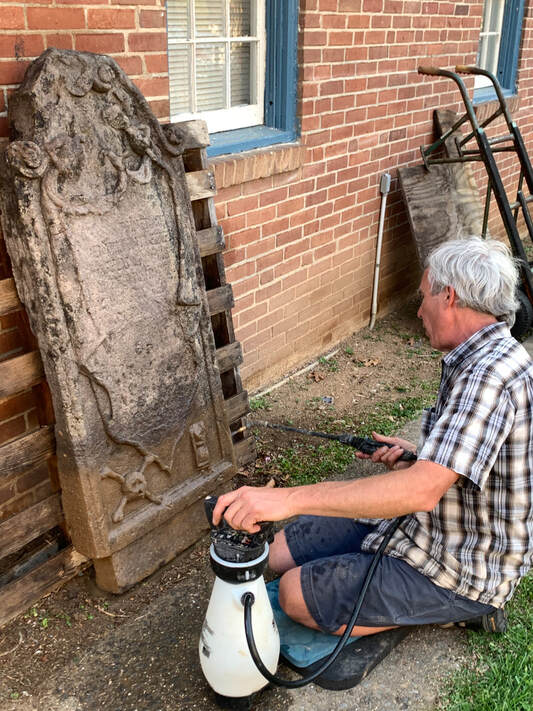 An upright stone in the fashion of an olde world ledger stone of Europe is cleaned by preservation expert Jonathan Appell of Connecticut. This is the oldest formal gravestone in Frederick, likely the county as well. It belongs to Jacob Steiner/Stoner (1713-1748), one of Frederick's first settlers in the mid 18th century. Gravestones of this type are generally found in older, “colonial-era” cemeteries in New England and English-settled places like Williamsburg, Virginia or New Castle, Delaware. They also were a preferred grave marker of the wealthy. We have many examples here at Mount Olivet, some predating our cemetery and coming from other downtown graveyards. There are also instances of more recent decedents simply fancying this unique, throwback-style of monument. In the case of the Turners, here is a ledger stone that is propped up off the ground with four rounded-pillars. These appear to be standing on a flat rock, purposely put in place to be used as a foundation, as not to allow the pillars to sink into the earth below. This creates an optic looking like legs supporting a table or an altar. Regardless, you want to put something between the stone and the ground, so as to keep it from eventually sinking and being engulfed into the ground over time. The grave (stone and decedent) in question was moved here in 1859 from the former All Saints’ Protestant Episcopal Church Graveyard along Carroll Creek. Eleanor Turner died on March 28th, 1844. This took a little research as the All Saints’ Parish Burial Records (Register #3) states: “Ellen or Eleanor S. Turner, wife of Thomas (of D.C.), died March 28th, 1844, while her headstone recorded her death as March 27th, 1844.” As for Eleanor’s husband (or consort), I was fascinated to learn that Thomas Turner was the editor and publisher of the Frederick Town Herald, immediately before Lewis F. Coppersmith, the subject of our last “Story in Stone.” Coppersmith continued his predecessor’s role throughout the 1850s. What are the odds of that? As I’ve said many times, I love discovering these unique “connections” within these stories as it’s not just connections across family lines, but almost anything imaginable in some cases. Thomas Turner had begun a newspaper in Georgetown in 1837 called the Potomac Advocate and Metropolitan Intelligencer. Like Coppersmith, Mr. Turner also practiced law and served as a clerk as well for the Chesapeake and Ohio Canal. He died on January 31st, 1849 and his obituary appeared in multiple papers in Maryland and around the nation’s capital. One way or another, the Turner’s fashionable stone was apparently used as a makeshift table to hold another family member’s stone, or a portion thereof. This was Mr. Turner’s sister, Catharine Contee (Turner) Thomas. She died at age 30 on September 22nd, 1831. Jacob Engelbrecht made mention of this death as well in his famous diary. Like her brother and sister-in-law, Catharine is what we call “a removal,” and was brought here from All Saints Protestant Episcopal Graveyard as well. We learn that Catharine’s father (Thomas Turner, Sr.) was an "Accountant of the Navy Department" from the inscription on her headstone. The stone also records the fact that she was married to Dr. John M. Thomas. John M. is not buried here with her, as he died on December 28th, 1835, in St. Louis, Missouri, about the age of 38. Dr. Thomas was in the U.S. Army, but I cannot locate a burial for him here locally, in Maryland, Missouri, or the District of Columbia. Catharine’s mini-ledger stone must have sat on the Turner’s stone for quite some time as it protected/blocked the area directly underneath from the elements and pollutants. For reasons unknown, somebody recently moved Catherine’s stone toward the bottom of her brother’s ledger. Perhaps it was a descendant or interested genealogist who wanted to see what was written on the area of Eleanor and Thomas’ stone that was covered for all those years? Apparently, the Turners never bought a home in Frederick, unfortunately. Deeds found by my assistant, Marilyn Veek, for Thomas Turner involved bringing enslaved persons from Washington, D.C. into Maryland when he moved here. These included one in 1840 for a Negro girl named Emily (age 18) and a girl Phoebe (age 10). Other deeds were written in 1842 (a Negro girl Rachel age 11-12) and in 1844 (a Mulatto woman Letty Henson aged 30-35 and her infant child Maria Victoria aged about 15 months). I did, however, find the Turner’s former home when they lived in northwest Washington, D.C. It still stands and is in Georgetown, on the southeast corner of current day 31st Street, N.W. (formerly known as Congress Street) and Dumbarton Avenue. The Turners had a long history in Georgetown prior to moving to Frederick. Thomas Turner, Sr. (father of our “multi-colored stone” subjects) was clerk of the corporation of Georgetown prior to 1791 and was elected mayor on January 5th, 1795. Also in 1795, Thomas, Sr. was appointed by the governor of Maryland to a committee to assess the impact of constructing a road from Georgetown to a bridge to be built over the Potomac at Little Falls. The bridge would become a reality and featured several stone abutments and wooden cross sections that went across the Potomac. Little Falls is the place on the river where Washington, D.C., Maryland, and Virginia meet. You may recognize this structure as “Chain Bridge,” which originally was a covered wooden bridge completed on July 3rd, 1797. It apparently rotted and collapsed by 1804, and a replacement of the same design burned around 1805. Numerous bridges have been built in the same position since then. Speaking of bridges, Thomas Sr.’s son, Thomas Turner (Eleanor's husband), was on a committee that petitioned the U.S. Senate to build a bridge in connection with the aqueduct for the Alexandria Canal Company. This was the first Aqueduct Bridge, built in 1830 to carry the Chesapeake and Ohio Canal across the Potomac to connect with the Alexandria Canal on the Virginia shore. The bridge was later converted into a roadway during the American Civil War. In 1866, the canal was restored, and a new wooden roadway built over it atop trestles. The 1830 bridge was torn down in 1884, and a new structure was built, opening in 1889. This would be named for an individual who once lived on the Georgetown side of the bridge that takes motorists across the river to Rosslyn (VA)—the Francis Scott Key Bridge and is more commonly referred to the Key Bridge. The Washington and Virginia abutments for the original crossing still survive. Both are located a short distance west of the Key Bridge. Between the two abutments, a pier also remains in the river near the Virginia shore. How’s that for “bridging” history? In January of 1800, Thomas Turner, Sr. (the father of Thomas Turner and Catharine Thomas) was nominated by John Adams to be Fourth Auditor (accountant of the U.S. Navy) in the Treasury Department and served for 16 years. As mentioned earlier, this position is noted on daughter Catherine Contee (Turner) Thomas’ ledger headstone. Fitting that a ledger stone connects to a ledger entry about an accountant, isn’t it? Mr. Turner had his hands full with the new branch of our young country's armed forces. He would serve in this position throughout the duration of the War of 1812, and was likely very familiar with fellow Georgetown resident and notable war personality Francis Scott Key and his catchy tune about the flag over Baltimore's Fort McHenry. Examples of Thomas Turner Sr.'s accounting prowess with these published reports on US Navy expenditures at the time of the War of 1812. Eleanor Pratt and Thomas Turner were married in 1825 in Allegany County, which seems odd at first glance, but both had ties to Cumberland as a home thanks to the construction of the C & O Canal. Not a great deal is known about Eleanor, but there is a definitive connection to Frederick through her mother, Christiana B. (Tyler) Pratt (1767-1825), a sister of Dr. John Tyler (1763-1841). We will review the accomplished life of Dr. Tyler another time as he is buried here in Mount Olivet, but many are familiar with the fact that he was one of our country’s first accomplished ophthalmologists and receives credit as one of the first physicians to perform cataract surgery. His majestic home of West Church Street still survives and is known as the Tyler-Spite House. Catharine (Turner) Thomas is named for Dr. Tyler’s wife, the former Catharine Contee Harrison (1770-1831). Both Dr. and Mrs. Tyler are buried in Area MM/Lot 52. There is yet another family link as our subject Thomas Turner’s mother was a sister to Mrs. Tyler in the form of Eleanor Contee Harrison who married Thomas Turner, Sr. 1n 1792. When Dr. Tyler died intestate in 1841, there was an equity court case. Thomas Turner was one of the trustees appointed in the case to handle the sale of Tyler's property but, refrained from buying any of it himself. Eleanor’s father was Thomas George Pratt, born in the year 1769. He removed from his native Prince Georges County to Allegany County (Maryland) and eventually afterwards lived in southwestern Frederick County at a point about five miles from Harper's Ferry. This was a 245-acre plantation bought in 1830 from the estate of Daniel Leakins which included part of Fielderia Manor on the eastern slope of Catoctin Mountain east of Jefferson (near the intersection of MD 180 and Mount Zion Road). Unfortunately, Pratt got himself into debt and had to sell this property off in 1832. After that, he apparently lived with his son-in-law, a man named George Washington West (1803-1888) who married his daughter Eliza. The same year of 1832, a year after the death of Catherine (Turner) Thomas, saw more heartache for Mr. Pratt, the Turners and recent widower Dr. John M. Thomas—all connected to our Mount Olivet “Stonehenge of stacked ledgers” in form of a table in Area H. Thomas Turner’s first-born son, named Thomas Turner, would die of Scarlet Fever at the home of Dr. West on October 8th. One week later, Thomas Turner Thomas, only child of Dr. Thomas, would pass of likely the same ailment at the same location. Both obituaries appeared in the October 8th edition of the Frederick Town Herald. In 1834, Pratt sold West two enslaved persons; the deed includes the following language: "I Thomas Pratt fully aware of the trouble inconvenience and expense to which Doct. George W. West and his family have been subjected by the board of and attention to myself during the four last years & that the same will continue so long as I may live, and being willing and desirous some compensation to the said Doct. George W. West for the services so rendered and to be rendered by himself and family.” And here is another amazing connection, but perhaps more so for me, because of a personal link. I recently became interested in the George W. West family through my son’s girlfriend who lives on a parcel that was once part of the larger West plantation known as Westhill Farm. This is located just “west” of Petersville, a small hamlet located on the fore-mentioned MD180, the original road from Frederick to Harpers Ferry which at one time was a turnpike. Westhill Farm is quite picturesque and can be seen from MD 340 as well, with its stone manor house, barn buildings and an adjacent pond. Thought to be built around 1800 by Thomas H. West, the house passed to his son, Dr. George Washington West (1803-1888), in an 1832 partition of real property following his death. Dr. West was a prominent local physician and former graduate of the University of Maryland in 1825. George W. West would own the farm for more than 50 years and his name is shown on both the 1858 Bond Atlas and 1873 Titus Atlas of Frederick County. Since I rarely get to speak on Petersville, the village grew as a stop along the turnpike with businesses to serve travelers as well as local farmers. The land on which Petersville is situated was originally patented by Captain John Colvill as the "Merryland Tract" on November 5th, 1731, containing over 6,000 acres. Shortly after the Revolutionary War, Petersville began to develop as a village, with lots facing the turnpike route and four cross streets. The village also sat at the crossroads of one of the valley's north-south roads leading from Middletown to Berlin (today Brunswick). The 1808 Varle Map of Maryland shows Petersville as well. Five years later, in October 1813, the Petersville Post Office was established (it closed in 1909). The Maryland General Assembly established the Petersville District in 1829. In his will, Thomas Pratt had intended to leave his own plantation at Fielderia (part of the former site of a short-lived, colonial era furnace operation by Fielder Gantt) to his son John Wilkes Pratt, who was named executor. Unfortunately, by the time Thomas died in 1834, he had lost the property. John Wilkes Pratt declined to return to Maryland to be executor as he had gone to Cass County, Illinois for health reasons. While there, the brother of the fore-mentioned Eleanor (Turner) and Catherine (Thomas) worked as a lawyer, served in the State Legislature, and performed duties as Cass County’s first County Clerk. Not living to see it, Thomas Pratt would've been proud of the fact that his son excelled where he, himself, fell short. Mr. Pratt’s grandson (John Wilkes Pratt’s son) Thomas George Pratt was even more accomplished. The young man studied law and returned to his father’s native state to settle in Prince Georges County. He would serve in the House of Delegates and State Senate for several years before becoming Maryland’s governor from 1845-48. Two years later in 1850, Thomas and Eleanor Turner’s nephew, Thomas G. Pratt, was elected to the U.S. Senate to represent the Western Shore of Maryland. As for the governor’s namesake, I found Eleanor (Pratt) Turner’s father buried next to his daughter Eliza and husband George W. West in St. Mark’s Apostolic Church Cemetery on the “east” side of Petersville. After Eleanor and Thomas passed in the mid to late 1840s, their children were split up. Son Thomas became a physician at age 17 and went to live with Samuel Turner, his uncle (also a physician) in Clarke County, VA. Thomas was still living in Clarke County in 1860, but I could not locate him in 1870, as he was possibly lying low after the American Civil War since he served with the Confederacy as a surgeon. In 1880, Dr. Turner and his family were living on South Market Street in Frederick. In 1900 the family was living at what is now 125 W. Second St, in a house owned by George Nixdorf. The younger Thomas Turner never bought any real estate of his own, but in the late 1890s held a mortgage from Bettie Ritchie on the house then known as 50-52 W. Church St. She defaulted on the mortgage, and he sold the property at 50 West Church Street to Otho Keller and 52 West Church Street to Henrietta Maulsby. Today these properties are labeled as 116-118 W. Church Street. We did a story on Mrs. Ritchie a few years back as she was the foundress of our original Frederick Chapter of the Daughters of the American Revolution. Eleanor and Thomas Turner’s daughters remained in Frederick. In the 1850 census, the head of household was Mary Jane Turner, age 36. The others were Rebecca, age 33, Ellenor “Ellen”, age 20, Jane R. age 17, Eliza, age 15. An obituary for oldest daughter Ellenor (aka Ellen/Eleanor Contee (Turner) Magruder) from the Washington Star says she was very prominent later in life after showing selflessness in caring for her younger siblings after the parents died. Mary Jane Turner (1814-1867) and Rebecca Turner (1817-1877) are aunts of Eleanor, Jane “Jennie” Rebecca and Eliza—making them sisters of our subject Thomas Turner. These ladies bought what is now 211-213 East Second St in 1855. The property was sold in 1879 after Rebecca's death (the current building is more recent, however). I couldn’t determine where they were living in 1850 but, did discover that Rebecca had employment with the U.S. Navy. Here in Mount Olivet’s Area H/Lot 399, Mary Jane, Rebecca and Dr. Thomas Turner are buried next to Thomas and Eleanor Turner’s table-resembling memorial. The physician died on September 6th, 1908 from "a pulmonary affection." Within adjoining lot #403, one can find grave markers for Thomas and Eleanor’s daughters: Ellen C. (Turner) Magruder (1828-1896), Eliza Turner (1835-1916) and Jane "Jennie" (Turner) Anderson (1831-1888). Frankly, all these stones could use a good cleaning, and hopefully they will match the small, pearly white rectangle that can be found on Thomas and Eleanor’s discolored grave ledger!
A lonely stone exists amidst the graves of prominent personages located in Mount Olivet’s Area G on the ascending slope of Cemetery Hill. This locale was also once known as Pumphouse Hill because of the said dug well and “pump” placed atop our chief geologic feature which fed water in all directions through an elaborate trough system. The gravestone in question is within the Baugher family plot, only 15 yards from the fenced-in area known as the Potts Lot, one of the iconic landmarks of Mount Olivet. Maria Louisa Coppersmith’s marble grave has a commanding view of the burial grounds’ northernmost section, looking toward the heart of downtown Frederick City. Others buried in the Baugher Lot are Maria Louisa’s parents, Isaac (1787-1848) and Ann Elizabeth (Greenmyer) Baugher (1796-1876), brother Charles H. (1830-1912) and wife Meliora Ogle (Dahl) Baughman (1836-1926) and sister Emma C. Baughman (1843-1911). Our cemetery records reveal that Charles was a veteran of the American Civil War where he served in the Union’s Potomac Home Brigade outfit as captain of Company D. He would die in his later home of Takoma Park in Montgomery County. Sister Emma was a nun, cloistered in Washington, D.C., the place of her death. This family hailed from Abbottstown, Pennsylvania, and Maria Louisa Coppersmith’s great grandparents, Johann George Bager (1725-1791) and Anna Elizabeth Schwab are said to have given rise to all Baughers in the United States. The couple came from Giessen, Darmstadt, Germany in 1748 and sailed to America on a ship called the "Rawley" in 1752. The "u" and "h" were added to the Bager name upon arrival in North America, most likely thanks to immigration officials at the Port of Philadelphia, but that is likely an "old German wives' tale." The Baugher emigrants settled in Berwick Township, Pennsylvania and had 13 children including Maria Louisa’s grandfather, John Christian Frederick Baugher (1754-1831). His son, Isaac Baugher, would reside in Emmitsburg and appears to have had a family farm in the northern Frederick County vicinity of Lantz, a crossroads intersection northwest of Thurmont along the road to Sabillasville (MD550). Although not familiar with Maria Louisa and the Baugher family (outside of the successful orchard and produce operation of Westminster in neighboring Carroll County), I knew the name “Coppersmith” which has always made me think of Charles Dickens (1812-1870) and his famed novel David Copperfield. Of course, you may also say that I am reminded of the magician/illusionist by the same name of more recent times. Dickens, the gentleman who gave us Ebenezer Scrooge in his legendary A Christmas Carol, penned this novel in the Bildungsroman genre and it is narrated by the eponymous David Copperfield, detailing adventures in his journey from infancy to maturity. What is Bildungsroman, you may ask? It is a literary style that focuses on the psychological and moral growth of the protagonist from childhood to adulthood in which character change is important. This autobiographical novel is said to be “a very complicated weaving of truth and invention,” with events following Dickens’ own life. It was first published as a serial in 1849 and 1850 and as a book in 1850. Now that we’ve introduced Maria Louisa’s evocative name, at least for me, how did she come about it? Maria Louisa’s husband was a man named Lewis Frederick Coppersmith. In attempting research here for this “Story in Stone,” I found him to have led a somewhat mysterious life, filled with plenty of “ups and downs.” Not nearly as fascinating as David Copperfield from an artistic bent, however Lewis' life typifies Bildungsroman from what I can gather. In a way, the same can be said of Maria Louisa Coppersmith as well. All this aside, I pondered the question of why this couple is not buried side by side, or in Mr. Coppersmith's case, not in Mount Olivet at all for that matter? The character David Copperfield opens his autobiographical story with a question in which the author writes of himself: Will I be the hero of my own life, or whether that station will be held by anybody else, these pages must show? This means that he does not know where his approach will lead him, that writing itself will be the test. As literary critic Paul Davis puts it, "In this Victorian quest narrative, the pen might be lighter than the sword, and the reader will be left to judge those qualities of the man and the writer that constitute heroism." You be the judge in the cases of both Mr. and Mrs. Coppersmith. Here is more on their interesting life journeys. The Coppersmiths Maria Louisa Baugher married Lewis F. Coppersmith on November 2nd, 1839 in Frederick. Her husband, the second of three known children, was born in 1813, a year before Dicken’s David Copperfield (1814). From as far as I can tell, Coppersmith was born in Georgetown and lived his early life in the District of Columbia. His father, Henry (1782-1815) was a native Marylander and I conjecture the son of George Coppersmith, and grandson of a John Coppersmith who once owned a property in the late 1700s in the area that would become Mechanicstown (later Thurmont). I found their land holding was called “Timber Plenty” (surveyed in 1764) and this bordered land belonging to Peter Appel, who provided land for the church and graveyard that still bear his name. Lewis Frederick Coppersmith’s mother, Magdalena Eichelberger, also had definitive ties to northern Frederick County and, in particular, the Creagerstown area. Genealogists refer to her father as “Owens Creek” Frederick Eichelberger (1763-1838). Magdalena’s mother was related to the Motter family (for whom Motter Avenue was named) and originally from Emmitsburg. Henry and Magdalena Coppersmith married in 1808 in Frederick and went on to have children John, Lewis Frederick and Mary Ann Coppersmith. Henry died in 1815, when Lewis was only 2. His son (Lewis Frederick) appears to have had a favorable upbringing in Georgetown however, despite the loss of his father. He was well-educated, and even had the opportunity to study law. This follows the wishes of Henry’s last will and testament, written shortly before his premature death, in which he specifically called for "the continuing care and education of his children." From an old newspaper advertisement appearing in 1839, it appears that Lewis Frederick was involved in selling his Georgetown home, where he lived with his mother and sister, in exchange for western lands. He would marry Maria Louisa later the same year. This appears to have become a reality because Coppersmith can be found practicing law in Indiana by February, 1840. Apparently, Lewis had already been living out there, or commuting back and forth to the nation’s capital. The newlyweds would take up home in Columbus, Indiana, located about 40 miles southeast of Indianapolis. This would later be the birthplace of two notable individuals: former Indiana governor and U.S. vice president Mike Pence and basketball sneaker designer Chuck Taylor. My impeccable research assistant, Marilyn Veek, also found the following tidbits on Mr. C: “L.F. Coppersmith” is mentioned as publisher of the Columbus (IN) Advocate newspaper in 1837-1840. The January 8th, 1839 minutes of the Indiana Senate mention a petition from him and others “praying a change in the mode of doing county business in the county of Bartholomew.” In 1839, he was one of the superintendents for building the new courthouse in Columbus, and also a member of the bar there. He and others petitioned the Indiana legislature “praying sundry alterations in the act to incorporate the Columbus and Driftwood Bridge Company” – mentioned in relation to an act to incorporate the Columbus and Driftwood Bridge Company approved in 1839. Here is an excerpt mentioning Mr. C. from The History of Bartholomew County, Indiana published in 1888: Meanwhile, I found a document from the western land claims of the General Land Office in which Lewis held deed to 160 acres in Jeffersonville, (Bartholomew County) Indiana. The document was approved under the watchful eye of U.S. President James K. Polk. Another interesting purchase, closer to home, would follow. The Baltimore Sun newspaper identified Lewis Coppersmith as having purchased the Frederick Town Herald newspaper in 1849. We could not find an official deed however. Regardless, the Coppersmiths came back east to Frederick at this time. They can be found in the 1850 US Census living with Maria Louisa’s mother Ann Baugher. Was this move precipitated by the Herald opportunity, family ties, or both? Most likely it was caused by the death of Maria Louisa's father, Isaac Baugher, who died in 1848. I found an advertisement in a Washington, D.C. newspaper which showed that he had considerable holdings in the nation's capital, and this makes me wonder if the Coppersmiths met in Frederick or D.C. originally? Maria Louisa’s mother lived here in the building known as the Hahn house, on the northwest corner of East Church and Maxwell Alley (then known as Middle Alley). This is across from Heritage Frederick and next to the parsonage of Evangelical Lutheran Church. At this time (1850), Lewis’ mom (Magdalena) and sister can be found living with Eichelberger relatives in Creagerstown. Back in Frederick, Lewis F. Coppersmith would purchase a property just one block to the west of his home. This would be located on the northwest corner of Market and Church streets. He made this acquisition in the same year of 1850. Now, I have come across Coppersmith’s name several times in past research associated with downtown Frederick, originally seeing it in connection with a location named the Coppersmith Building, and more distinctly, “Coppersmith Hall.” This became a place where political meetings, and convalescing soldiers, were held during the American Civil War. More on all this in a minute. In my current job, I’ve read that Mr. Coppersmith was one of the charter members of the cemetery. He served on Mount Olivet’s founding Board of Directors from October 4th, 1852-May 7th, 1860. His cousin, Grayson Eichelberger (1822-1870), was also a charter member and served through to his death in 1870. Grayson doubled as Lewis F. Coppersmith’s brother-in-law as well, marrying Maria Louisa’s sister Amanda Baugher. The Eichelbergers are buried in the adjoining lot to Maria Louisa Coppersmith’s grave. By 1852, Lewis also found himself on the board of visitors for the Frederick Female Seminary and chairman of a committee responsible for raising funds for a stone foundation needed to build the new All Saints Church on West Church Street. I’m assuming he was a member of this congregation as well. Mrs. Coppersmith, however, belonged to the Lutheran church to my knowledge. Back to Coppersmith’s structure located at what today is 101 North Market Street, and also referred to as the “Herald Buildings” in early accounts. Researcher and author Terry Reimer did a wonderful job documenting the Civil War era history of this building in her 2001 book, One Vast Hospital: The Civil War Hospital Sites in Frederick, Maryland after Antietam. She explains that Coppersmith Hall was a three-story brick building erected in 1851 by its namesake. He published the Frederick Town Herald in the section of the building that faced Church Street. The piece that faced Market was utilized as a billiard saloon and auction house. I must add that Mr. C purchased another parcel at the southeast corner of Carroll and All Saints streets. In 1856, he apparently operated a barrel manufacturing facility here. Coppersmith had mortgaged the Market Street property to Farmers & Mechanics Bank a few months before he bought this Carroll Street property. Between 1855 and 1858 he borrowed money, both as promissory notes and mortgages, from local farmer/businessman John Loats, Central Bank, Union Bank of Baltimore and Fredericktown Savings. Despite this, in 1857, he apparently owed money (mortgage) to William L.W. Seabrook for the Fredericktown Herald (We didn't find an earlier deed for Coppersmith owning the Herald). Two of the mortgages to John Loats included not only real estate, but the barrel manufacturing equipment. By 1858, Coppersmith found himself indebted to John Loats for over $14,000. He sought relief under the "Act for Insolvent Debtors" and as a result lost both of his commercial properties. Market Street (Coppersmith Hall) was sold to John Loats and (brother-in-law) Grayson Eichelberger for $6,900, and the Carroll Street facility to John Sifford. The newspaper's printing press and equipment to John Wilson Heard, a southern sympathizer. With such great promise ahead of him as a member of Frederick's upper-crust, Lewis Frederick Coppersmith found himself an outsider, and was insolvent by 1860. He had to reinvent himself elsewhere. Lewis had a legacy that would live on, however. I found several instances of Union rally meetings being held in the spacious second floor of Coppersmith’s former building, definitely giving rise to the moniker “Coppersmith’s Hall.” This group began assembling on Wednesday nights, beginning in 1860, under the title of the National Union League of Frederick. When Frederick was selected as a military depot in August 1861, the building was used for storage of military supplies. The upper floors were used as barracks for the Provost Guard by 1861. As early as June, 1862, the building would be utilized to handle the overflow of patients that could not be accommodated at the Barracks Hospital. The Frederick Female Seminary’s Winchester Hall and this location served as the only non-churches of a group of buildings comprising General Hospital #3. So, what now for the Coppersmiths? Did Lewis simply fall back on his legal career? Since he had left the Board at Mount Olivet in May, 1860, I felt this was a pivot point of change for him. Embarrassed by his business failings, would he consider going elsewhere? How had Maria Louisa been dealing with the financial woes of her husband? Was she playing the role of the “long-suffering wife?” As Frederick hosted the Maryland General Assemble at a location cata-corner from Coppersmith’s Hall (Kemp Hall) in the summer of 1861, the winds of war would blow on Frederick the coming year. Meanwhile, L. F. Coppersmith "of Indiana" was appointed a clerk in the Office of the Secretary of the Treasury in January, 1862. He departed Frederick for Washington, D.C. at a very interesting time and apparently took up residence there in some capacity. Interestingly, Maria Louisa Coppersmith continued to reside here in Frederick. I questioned this at first, but recalled seeing Lewis Coppersmith’s name often as a hotel guest in Washington throughout the mid-1850s. Now as a clerk for the Treasury Department, perhaps he just commuted back and forth as many do today between Frederick and D.C., however the transportation of the time made it impractical for daily sojourns. Maybe he was gathering political news for his paper at the time. In the census records, Maria Louisa Coppersmith is listed as a clerk also, but was this for the Herald newspaper her husband was publishing, or his law practice, or somewhere else like the Frederick Courthouse? I may never know, but I discovered she was doing something much more admirable here during the Civil War. From an article found in late April, 1864, she was listed among the women of town playing an active role in administering aid to wounded and sick soldiers. I instantly thought to myself, “Wouldn’t it be fitting if she did this at Coppersmith Hall location?” 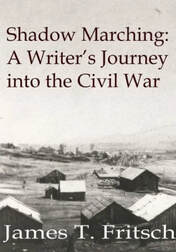 As I was wrapping up research for this piece, I accidentally stumbled upon something very fascinating. A gentleman named James Fritsch published a book in 2017 entitled Shadow Marching: A Writer’s Journey into the Civil War. I discovered this simply through a Google search on Coppersmith and the Civil War. Mr. Fritsch set out to follow in the footsteps of the 29th Ohio Infantry Regiment organized in Columbus, Ohio. His journeys while researching and writing this book brought him to Frederick as the outfit was given the duty of guarding the B & O Railroad bridge over the Monocacy River among other things. One soldier that Mr. Fritsch mentions is Nathan L. Parmater, a private assigned to Company E of the 29th. Back home before the war, Parmater, a native of New York, was “a country school-teacher and part-time student at Kingsville Academy (Kingsville, OH) back home in the Buckeye state. He also was the chief diarist of the 29th and would later be promoted to commissary sergeant by war's end. In September of 1862, Pvt. Nathan Parmater would be brought to Frederick City by army ambulance, and took up quarters at the Coppersmith Hall hospital. Fritsch says that: “he was carried on a stretcher so sick he was unable to sit up. It was here that he was nursed back from the near-dead, and by the time he left here he was well-enough again to continue the war.” 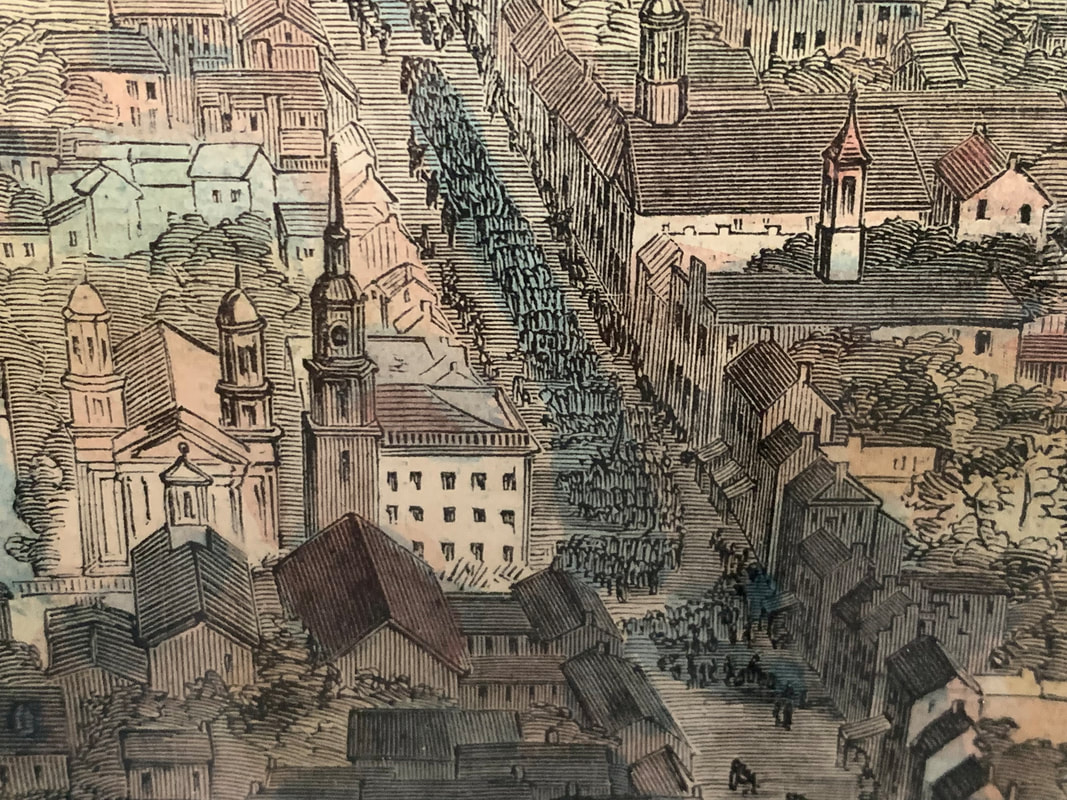 Coppersmith Hall is shown in this lithograph of Frederick appearing in Harpers Weekly in the fall of 1862. Confederate soldiers can be seen marching down Market Street during the invasion of early September of that year. The Hall is partially obscured by Trinity Chapel's iconic steeple and on the northwest corner of Market and Church streets as has been established Parmater and the wounded of Antietam were placed on the first floor, former site of the billiard parlor, with large windows facing Market Street in which he could watch townspeople shuffle by, farmers bringing their goods to the market house across the street and army wagons, ambulances and soldiers passing by. The Ohio soldier was treated for two maladies that fall and winter, typhoid fever from October 1st through December 30th. After a furlough home, he returned to Frederick after the New Year of 1863 only to fall sick again with “adhesion of pleura.” He’d be laid up until February 23rd. In his diary, the soldier credits two women with saving his life and said that without their attention he might have died. He wrote of one of them while his company was in Kentucky at war’s end waiting to be mustered out of service, recounting his experience. Here he had business with the quartermaster of a camp in Bardstown who shared a name familiar with one of his guardian angel attendants back in Frederick. The soldier’s name was Coppersmith, and apparently this gentleman was a relative of Maria Louisa in some capacity, but the author (Fritsch) could not make a definitive identification. Parmater wrote that in June of 1863, the 29th had the opportunity to pass through Frederick once again, this time en-route to Gettysburg. He desired to sneak into town and thank Mrs. Coppersmith, whom he called “Mother Copper,” in person for his full recovery. He would not have the chance because the army was moving too fast. His diary states that our subject, Maria Louisa Coppersmith, is said to have brought Sgt. Parmater chicken stew, sweet potatoes, and strong tea. Back in Kentucky in July of 1865, the Quartermaster’s officer informed Parmater that he was too late for a personal thank you as his “Mother Copper” had died. In Fritsch’s words “she had worn herself out not only nursing Parmater, but many other boys." Maria Louisa died on July 4th, 1864. The significance of this date goes without saying. However, it has unique importance here in Frederick because Confederate Gen. Jubal A Early would bring his Rebel Army here just days later and ransomed the town for $200,000. The stage was set for more war casualties thanks to the Battle of Monocacy fought at the location south of town which Parmater and his colleagues of the Ohio 29th had secured two years previously. Even without easy access to the Frederick Town Herald of that time period, I did locate a major obituary for Maria Louisa Coppersmith as printed in the July 27th edition of the Frederick Examiner. This rival newspaper of her husband’s former publication was printed at a location directly across West Church Street from Coppersmith Hall on the southeast corner of Market and Church. This site plays home to today’s Orchard Restaurant. I’m not sure who wrote this beautiful tribute. Could it have been her husband? Regardless, Maria Louisa’s body was brought to Mount Olivet for burial on July 6th, 1864 and placed within the Baugher family lot where the stone still stands today. Marilyn Veek also found, for me, a book written by Herman H. Barbour, a former Indiana legislator and friend to the Coppersmiths from their Indiana days. He mentions Lewis Coppersmith both as living in Columbus, Indiana in 1848 (when his wife apparently stayed with the Coppersmiths) and in Frederick (where the Barbours visited the Coppersmiths in 1856). In this 1856 visit, Mrs. Barbour says in a letter home to her son Joseph: "We left Washington, Monday afternoon at four o'clock, and at seven stopped at Frederick, Maryland, at the house of a Mr. Coppersmith, with whose family we were intimately acquainted in Columbus. They are wealthy, live in a fine, large house, and keep slaves; though I think they are very kind to them, for they are good, Christian people, and love everybody. We found them very glad to see us, and we had an excellent visit there, though short, for your papa thought we must leave the next morning." Herman H. Barbour also includes a beautiful letter written by Maria Louisa Coppersmith upon the death of Barbour's wife: In July 1864, I expected Lewis Coppersmith to be in Washington, D.C., the town the Battle of Monocacy saved. Instead, I found an IRS tax assessment that had him listed as a peddler first class living in Indianapolis, Indiana in July, 1864. I really found this puzzling, and perhaps it explains why Maria Louisa dedicated her life to helping others. Had Lewis “flown the coop,” perhaps humiliated by his business defeats simply ran away and abandoned his wife as well? Another factor comes with a shocking discovery found in The Washington Evening Star in September, 1863 while Lewis was clerking in Washington, D.C. There is certainly more to this story that needs to be uncovered. However, that seems to be part of Lewis’ issues, he needed to stay "covered," at least in public! I bring you back to the beginning of our story and the genre of Bildungsroman, the literary style that focuses on the psychological and moral growth of the protagonist from childhood to adulthood in which character change is important. At least Maria Louisa's life ended on a high note. I could not find a death record or gravestone for Lewis. On August 11th, 1869, his name is included in a newspaper’s list of unclaimed letters at the LaFayette, Indiana post office. The last record I could find was that of L.F. Coppersmith, a 55-year-old farmer born in Maryland, living in Spice Valley township, Lawrence County, Indiana in the 1870 census. Interestingly, as this is the last trace I could find of Coppersmith, 1870 marks the year of Charles Dickens' death. As for Coppersmith Hall, it would carry Lewis’ name long after the lone decade it was in his ownership. The Civil War usage shows that once the building was no longer needed as a hospital site, John Loats and Grayson Eichelberger continued to rent part of the property for government offices throughout the war. In September 1864, the occupants of the building included: Provost Guard offices on the first floor facing Church Street, tobacco store on the corner, and an auction room on the first floor facing Market Street. The Quartermaster’s Offices and the Collector of Internal Revenue office were positioned on the second floor. Additional Quartermaster’s Offices could be found on the third floor. Loats and Eichelberger sold the property to Lawrence Bentz in early 1866. The building was demolished in 1912 in order to erect the present Rosenour building. This would house many interesting businesses in its future ranging from clothing stores to restaurants. The footprint of the room in which Sgt. Nathan Parmater, from the 29th Ohio, recuperated in behind large glass windows, now hosts diners frequenting The Tasting Room. Perhaps the spirits of Maria Louisa and Lewis Frederick Coppersmith still linger? Meanwhile, what ever happened to Nathan L. Parmater as he, perhaps, had the most fascinating and "David Copperfield-esque life of all, thanks in part to the selflessness of "Mother Copper," Maria Louisa Coppersmith? A biography of him appears in a Michigan history book and reads as follows: "NATHAN L. PARMATER, M. D. has the distinction of being, in point of years of practice, the oldest physician in Otsego County. He came hither in April, 1873, prior to the organization of the county, and selected a homestead on the southeast quarter of section 18, Livingston Township. In the fall of the same year he was joined by his wife, who was the first lady to locate on a homestead in this locality. At that time there were no settlers in the township and but few families in the county. His was the task of the pioneer, that of evolving from the dense forests a comfortable abode and of assisting in the material development of the county. That he was successful in his efforts subsequent events have clearly proved. He is now the owner of one hundred and sixty acres of farmland, containing substantial buildings and other improvements, and situated four and one-half miles from the village of Gaylord, which was platted in the fall of 1873. In 1888 he removed from the old homestead to the adjoining town, and here he has since continued the practice of his profession. In the village of Louisville, St. Lawrence County, N. Y., the subject of this notice was born September 2, 1835, being the son of Charles and Rhoda (Stone) Parmater, natives, respectively, of Massachusetts and Vermont. His maternal grandfather, Col. Nathan Stone, served in the War of the Revolution, winning in that conflict the title by which he was afterward known. The father of our subject early became dependent upon his own resources, and, leaving home, began the life of a farmer. He spent his entire active life in New York, with the exception of two years in Ashtabula County, Ohio. When more than eighty years of age his death occurred in St. Lawrence County, N. Y. His wife had died many years previously, at the age of forty-nine. In the parental family there were five sons and three daughters, of whom the eldest, Charles, died in Tuscola County, Mich.; Elizabeth married Asel Stafford, and died in Rock County, Wis.; Eunice, Mrs. George Douglas, died in Sauk County. Wis.; Rhoda became the wife of Roswell Stone, and died in Rock County, Wis.; John W. is a farmer of Chesterfield County. Va.; William is engaged in agricultural pursuits in Otsego County ; our subject is the next in order of birth; Harvey W., the youngest, died during the Civil War, while serving in an Ohio battery. The early years of our subject were uneventfully passed upon a farm. Until the age of twenty his educational advantages were limited, but he then entered an academy in Ashtabula County, Ohio, and for some time thereafter conducted his studies with diligence and success. Soon after the opening of the Civil War, in September, 1861, he became a member of Company E, Twenty-ninth Ohio Infantry, and served for three years and ten months, during all of that time being a non-commissioned officer. The first important engagement in which he took part was that of Winchester, March 23, 1862. Then followed the battles of Port Republic, Va., June 9; Cedar Mountain, August 9, 1862; the three-day engagement at Chancellorsville, May 1-3; and the battle of Gettysburg, July 2 and 3, 1863. Soon after the battle of Gettysburg, our subject was sent to Ohio to secure new recruits, and rejoined his regiment in December, 1863, at Lookout Mountain, but soon afterward returned home on a veteran's furlough. He took part in the Atlanta campaign, and after the fall of that city he went to the sea with General Sherman, thence journeyed northward to Washington, and in April, 1865, participated in the Grand Review. His discharge was received in July, 1865. He was never wounded but once, that being at Port Republic, June 9, 1862. After the close of the war, our subject took a course of lectures in the Homeopathic College at Cleveland, graduating in 1867. He then opened an office at Conneaut, Ohio, but in 1868 removed to Reedsburg, Wis., where he remained one year. On coming to Michigan, he practiced his profession in Genesee and Tuscola Counties before locating in Otsego County. While at Reedsburg, Wis., he was united in marriage, in the spring of 1869, with Miss Violet A. Tinkum, who was born in St. Lawrence County, N. Y. They have one child, Vieva S., at present a student in Albion College.
Socially the Doctor has been Master of the home Masonic lodge. In the Grand Army he has served as Past Commander of C. F. Doore Post No. 61, and one of his greatest pleasures is to meet with the veterans of the war, and recall the thrilling experiences of those days of civil strife. He is a stockholder in the Savings Bank and has other important interests in Gaylord. He is a man whom his fellow-citizens respect and admire, and their opinion of his ability is proved by their frequent selection of him as their representative and leader in important measures. He was the first Probate Judge of Otsego County, and upon several occasions filled the position of Township Supervisor, and a member of the Village Council. Few men have been so closely identified with the history of Otsego County as has he, and his name is entitled to perpetuation in its annals. (Portrait and Biographical Record of Northern Michigan : Containing Portraits and Biographical Sketches of Prominent and Representative Citizens, Together with Biographies of All the Presidents of the United States. Chicago: Record Publishing Company, 1895. Pages 347-348.) |
STORIES
|
Archives
July 2024
June 2024
May 2024
April 2024
March 2024
February 2024
January 2024
December 2023
November 2023
September 2023
August 2023
July 2023
June 2023
May 2023
April 2023
March 2023
February 2023
January 2023
December 2022
November 2022
October 2022
September 2022
August 2022
July 2022
June 2022
May 2022
April 2022
March 2022
February 2022
January 2022
December 2021
November 2021
October 2021
September 2021
August 2021
July 2021
June 2021
May 2021
April 2021
March 2021
February 2021
January 2021
December 2020
November 2020
October 2020
September 2020
August 2020
July 2020
June 2020
May 2020
April 2020
March 2020
February 2020
January 2020
December 2019
November 2019
October 2019
September 2019
August 2019
July 2019
June 2019
May 2019
April 2019
March 2019
February 2019
January 2019
December 2018
November 2018
October 2018
September 2018
August 2018
July 2018
June 2018
May 2018
April 2018
March 2018
February 2018
January 2018
December 2017
November 2017
October 2017
September 2017
August 2017
July 2017
June 2017
May 2017
April 2017
March 2017
February 2017
January 2017
December 2016
November 2016

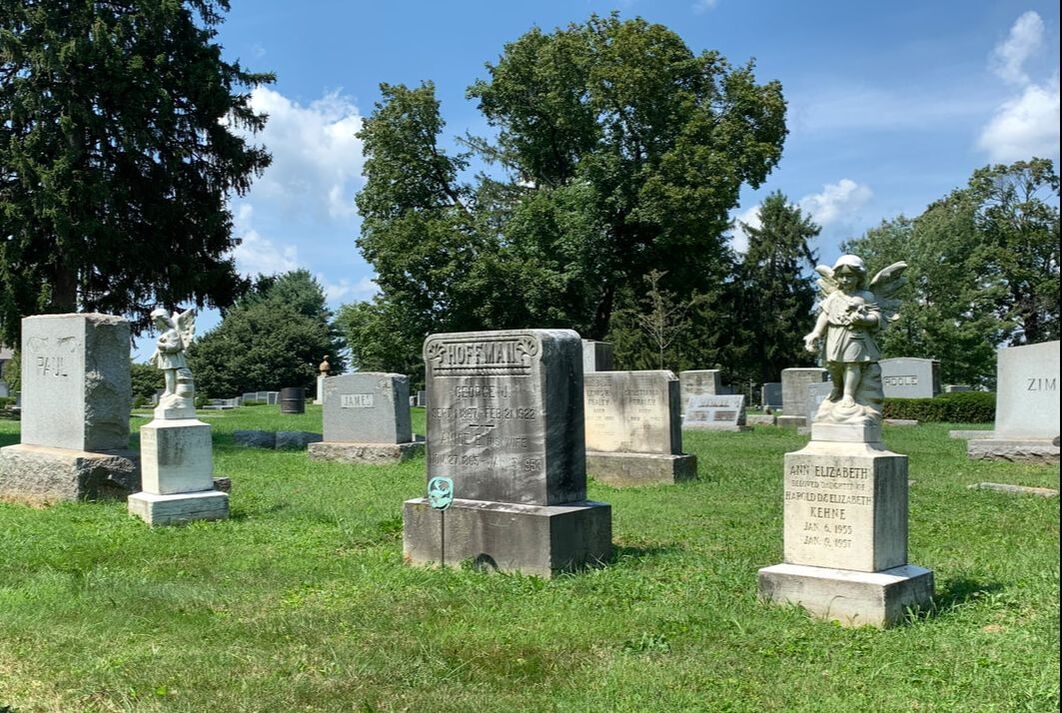
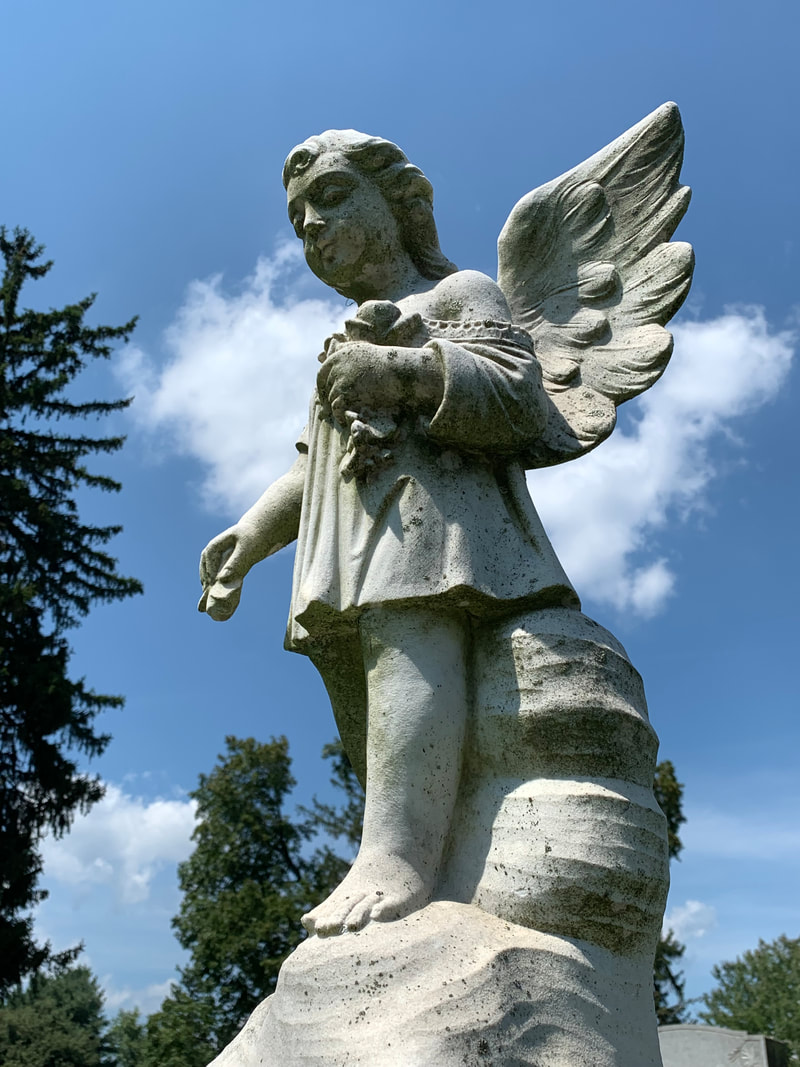
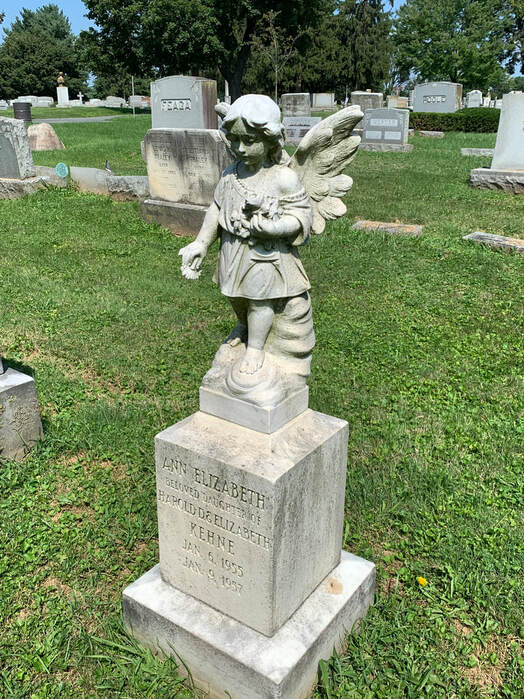
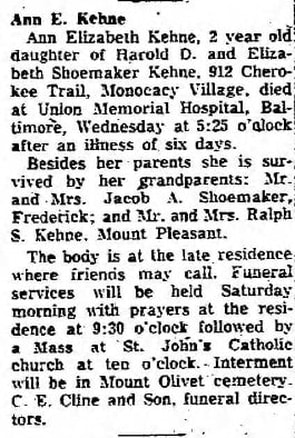
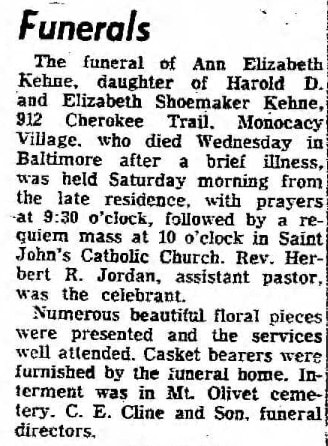
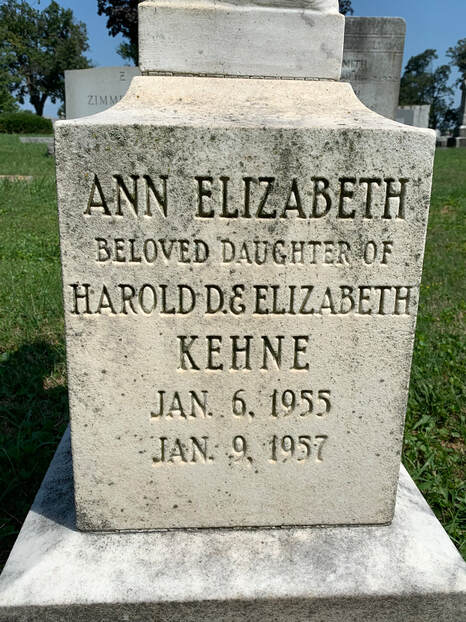


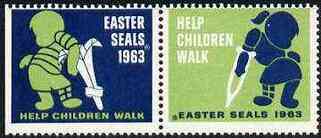
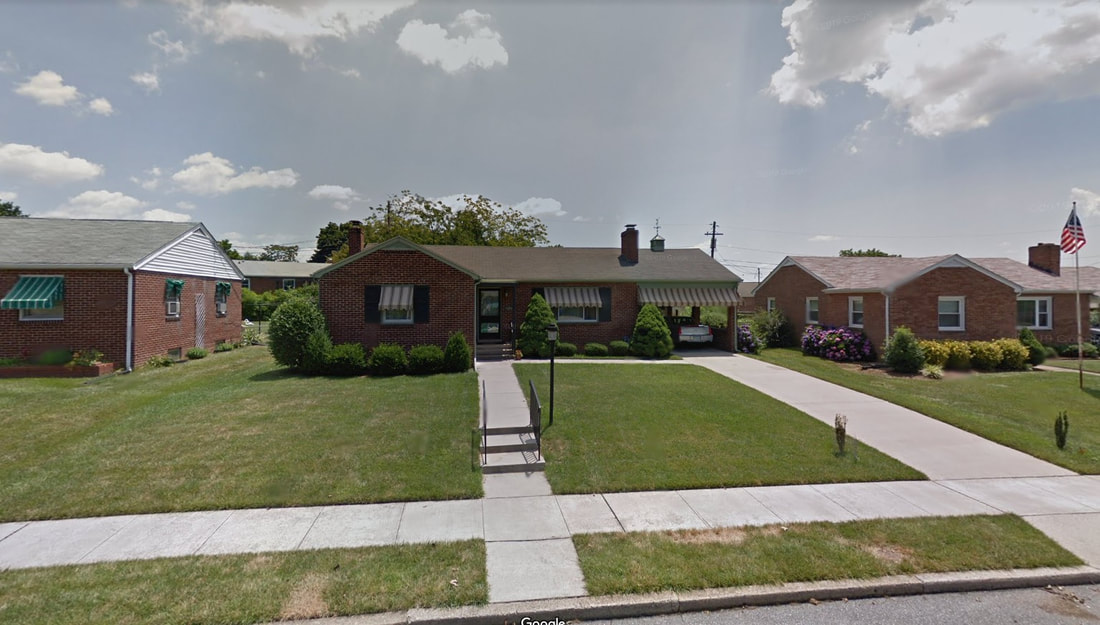
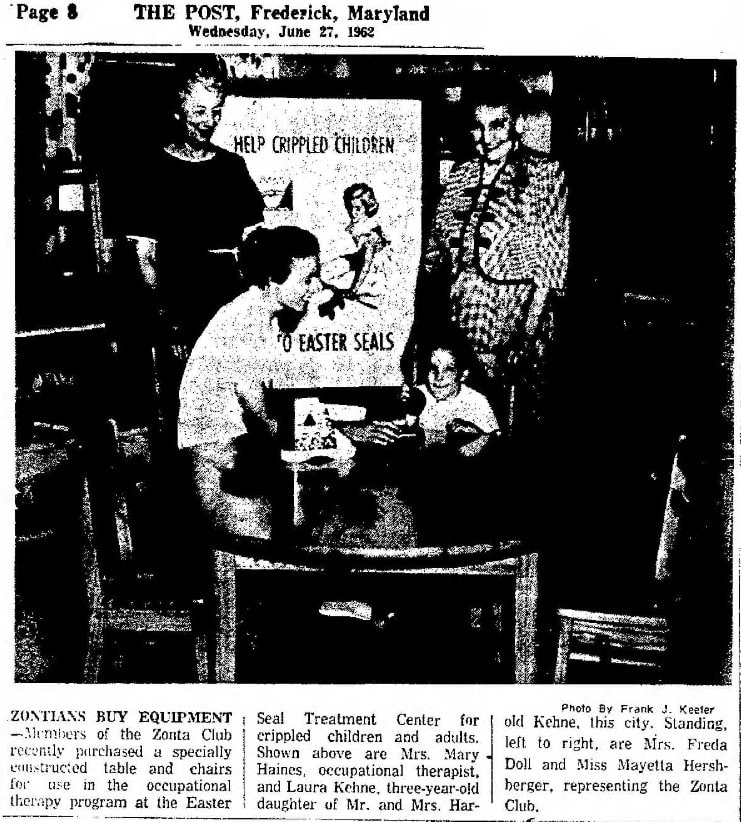
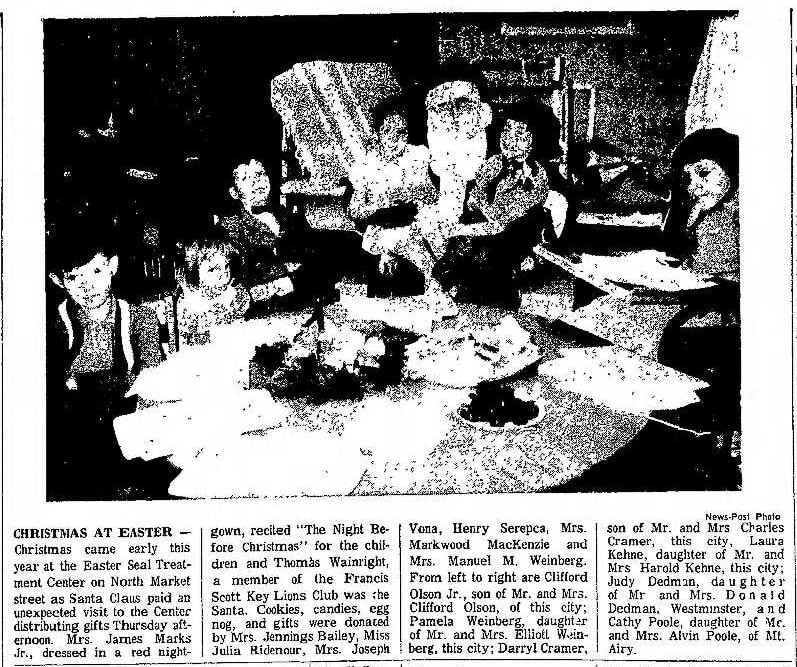
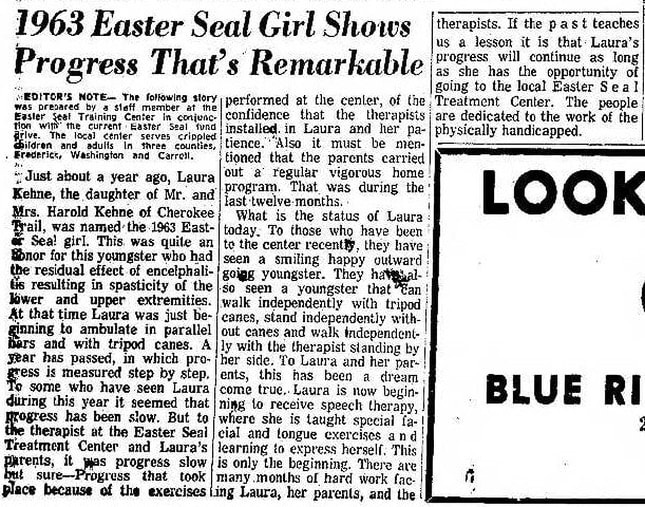

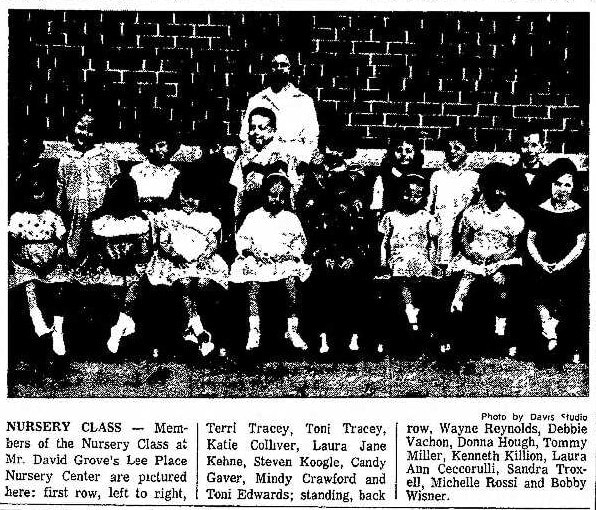
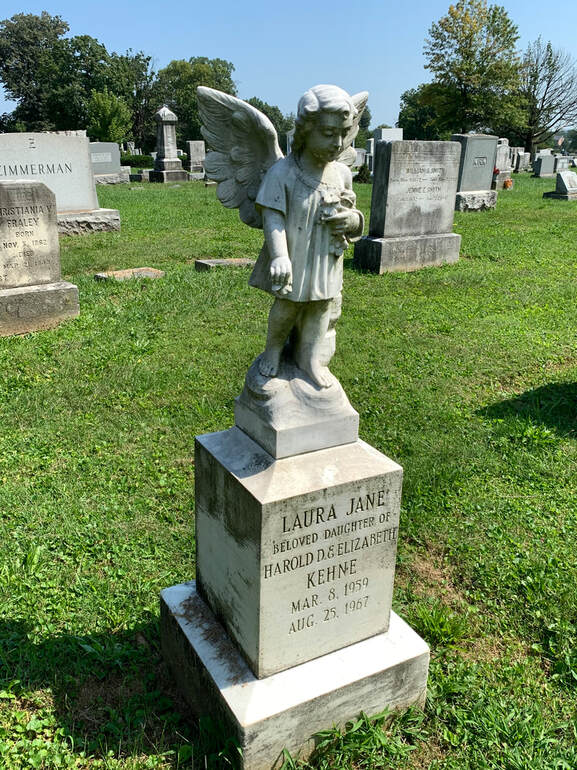
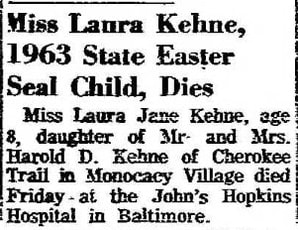
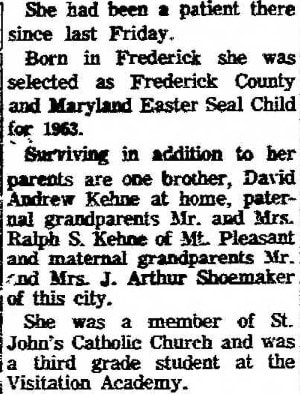
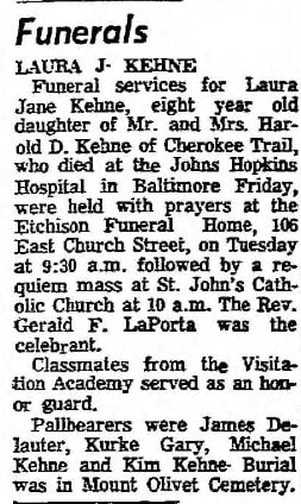
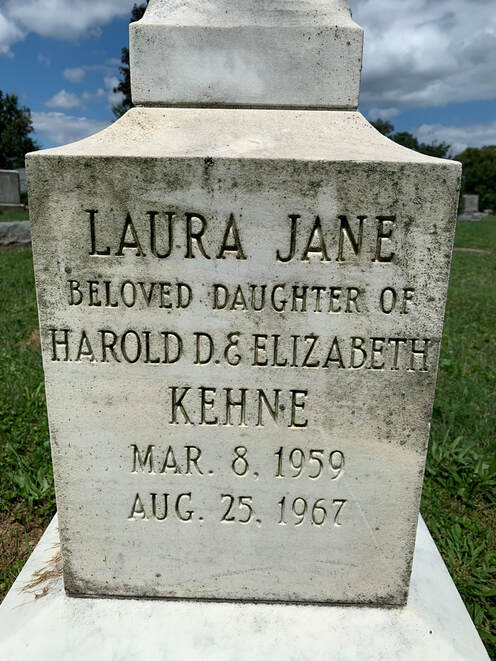
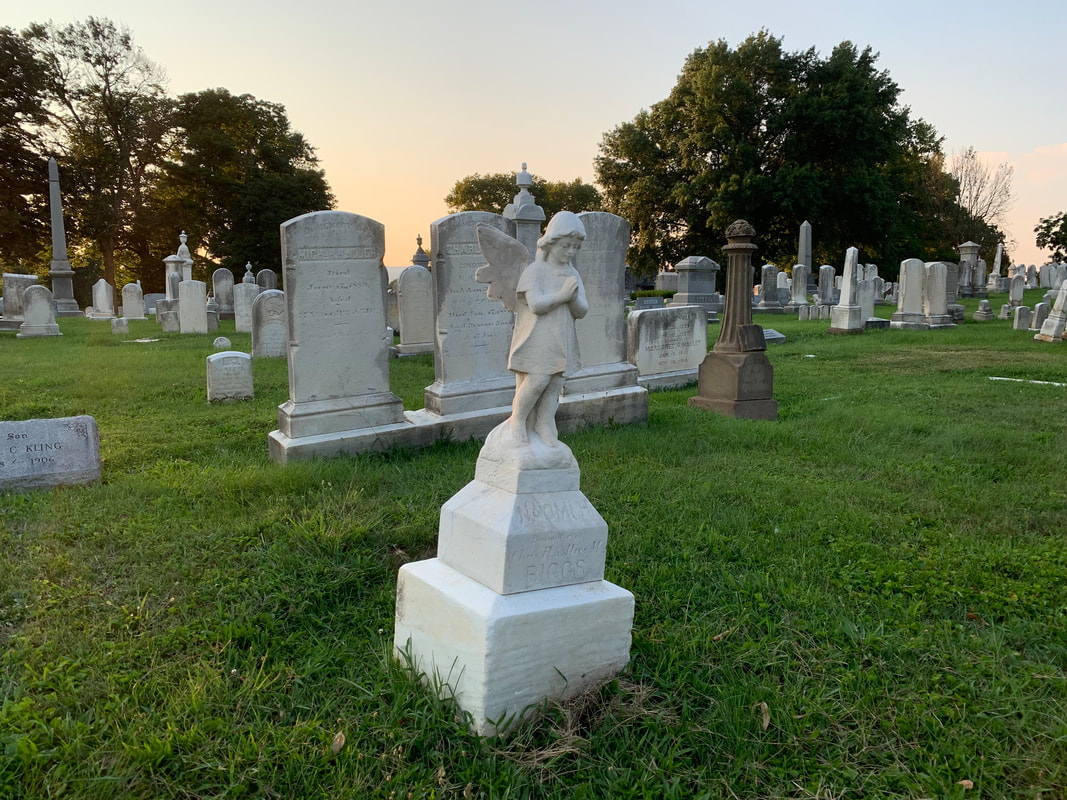
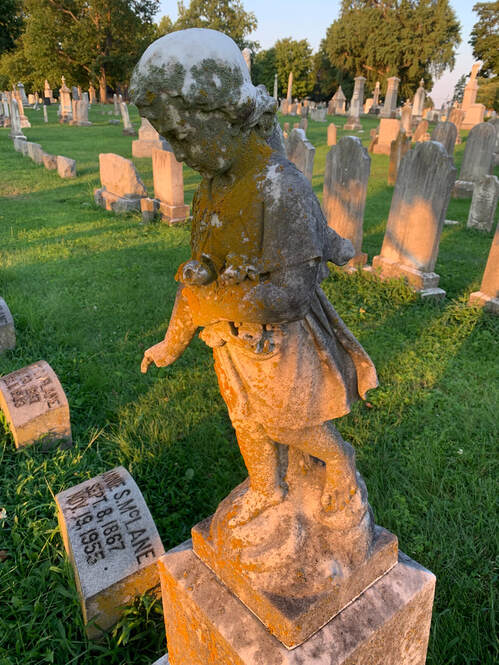
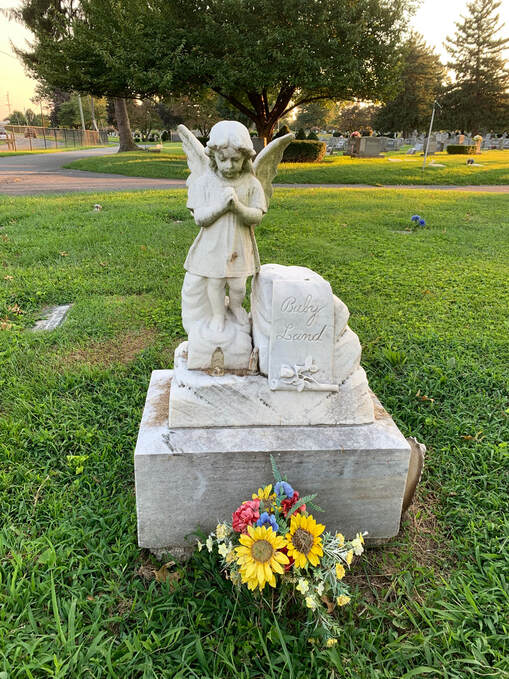
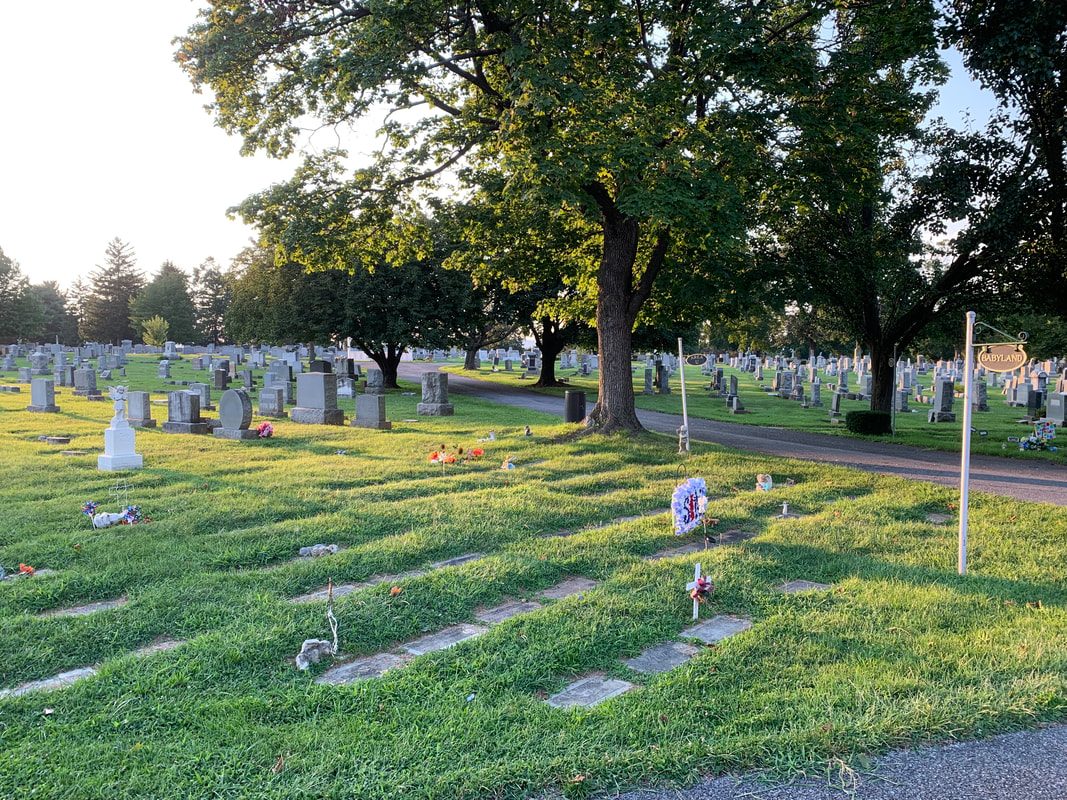
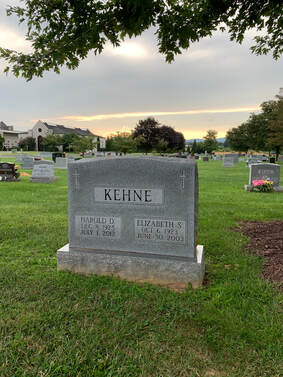
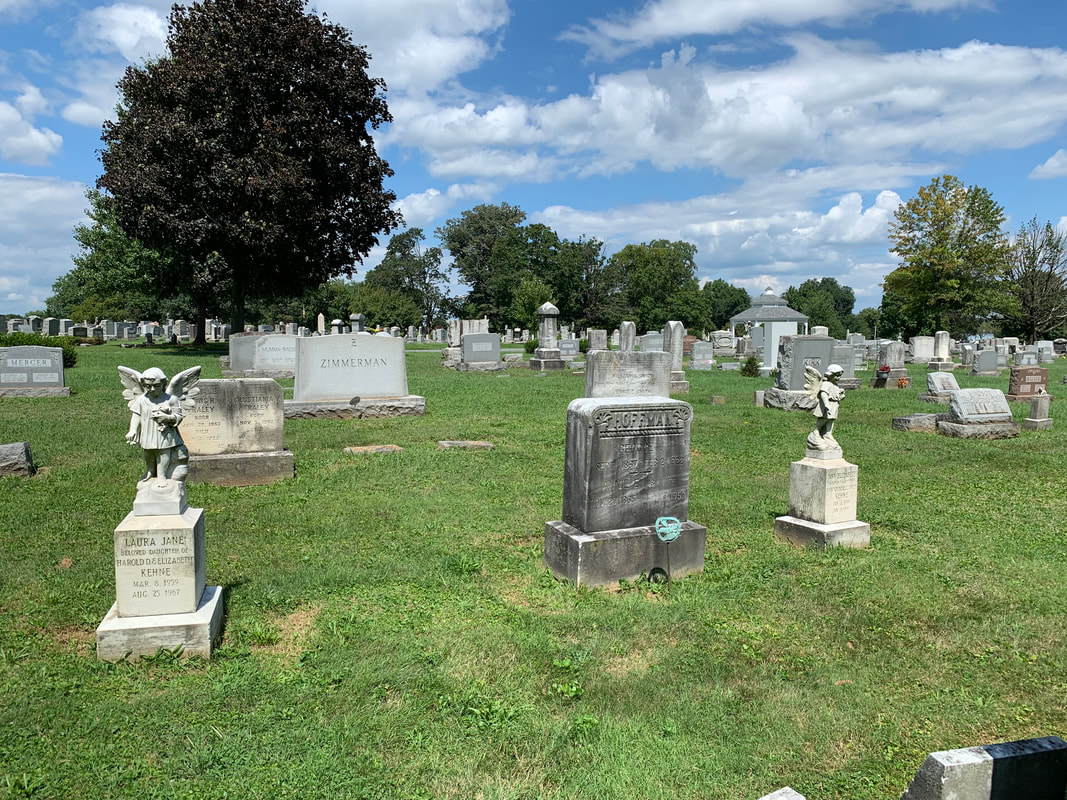
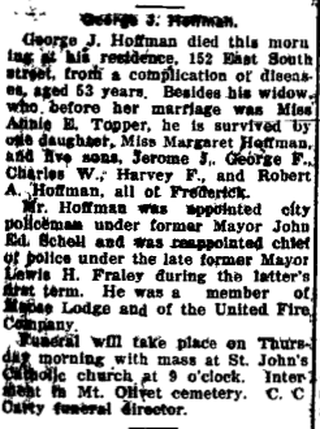
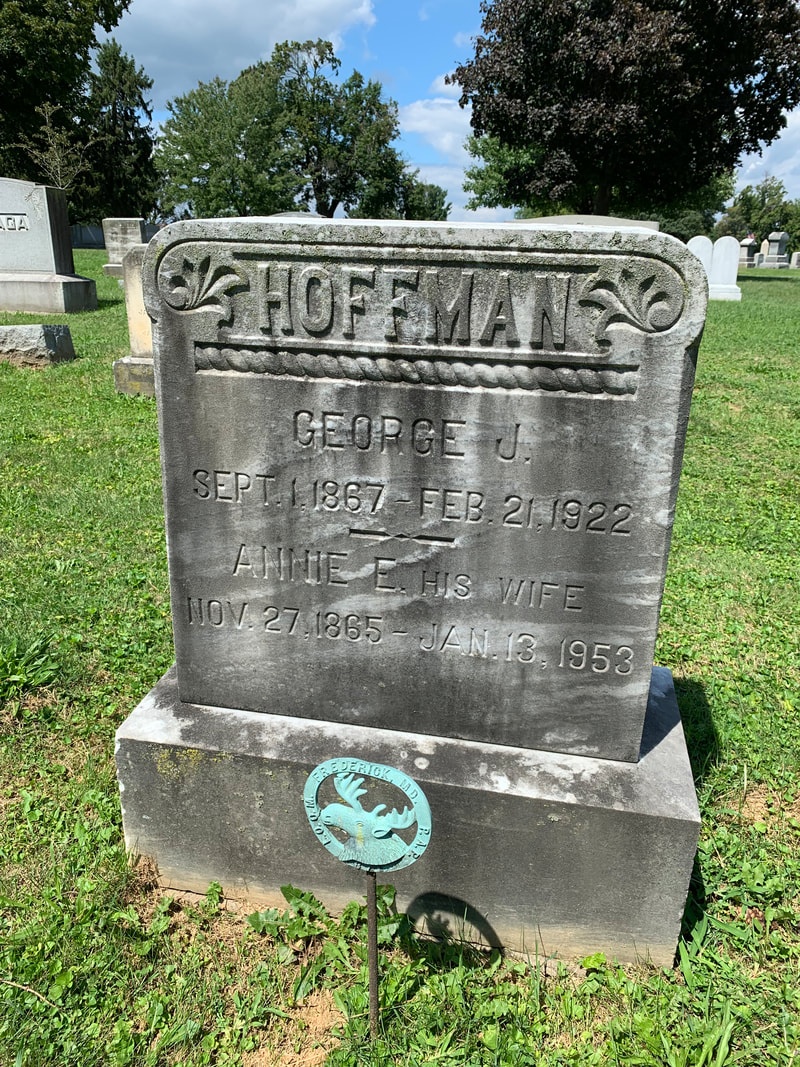
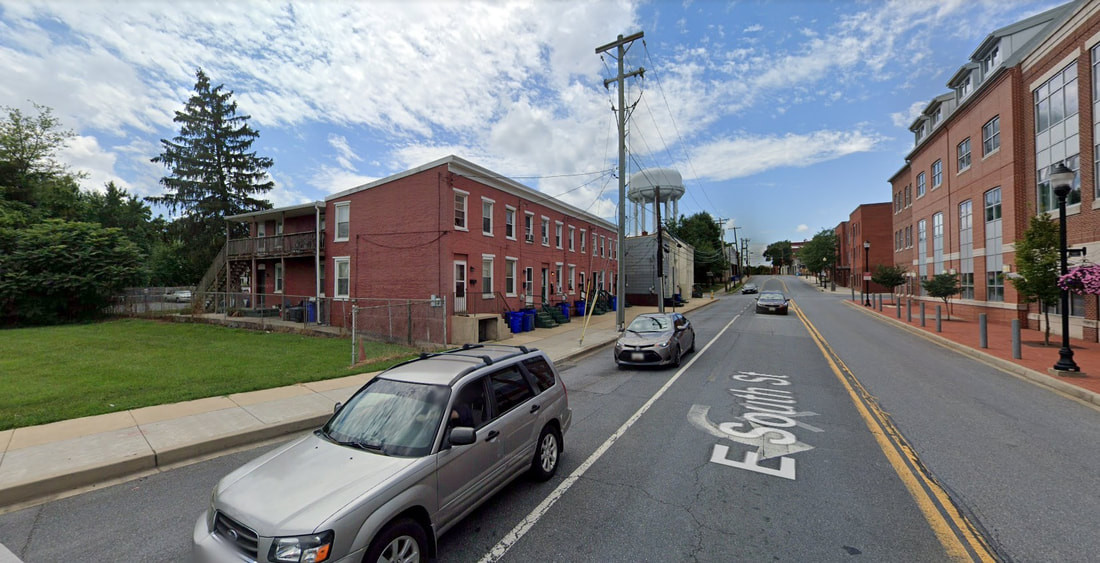


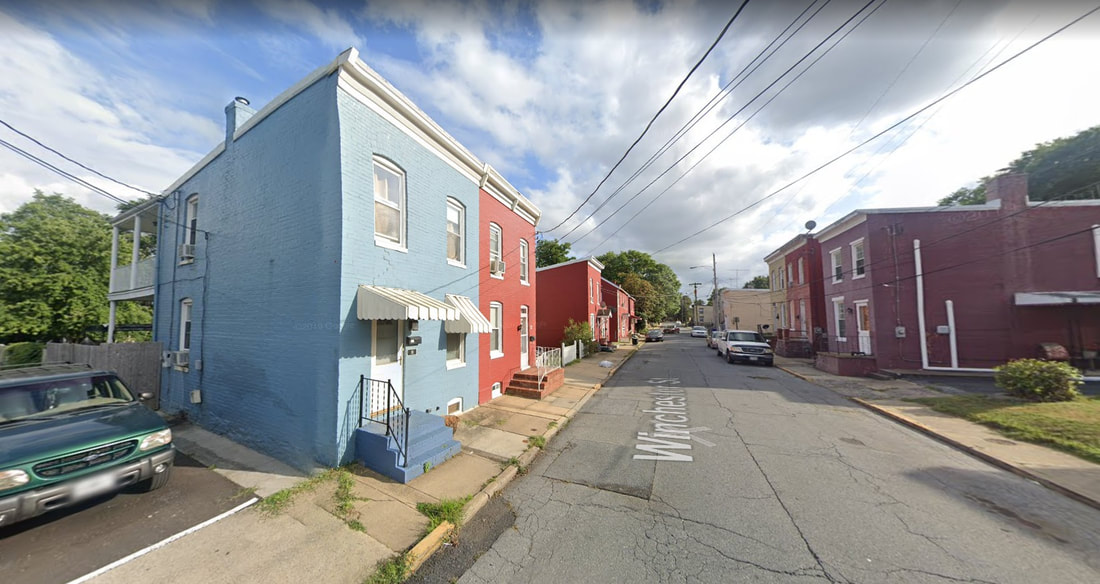

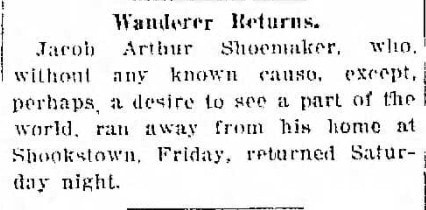
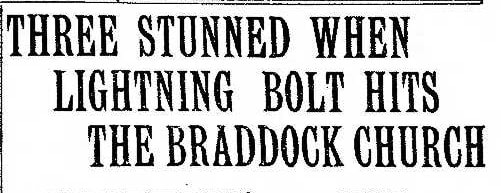


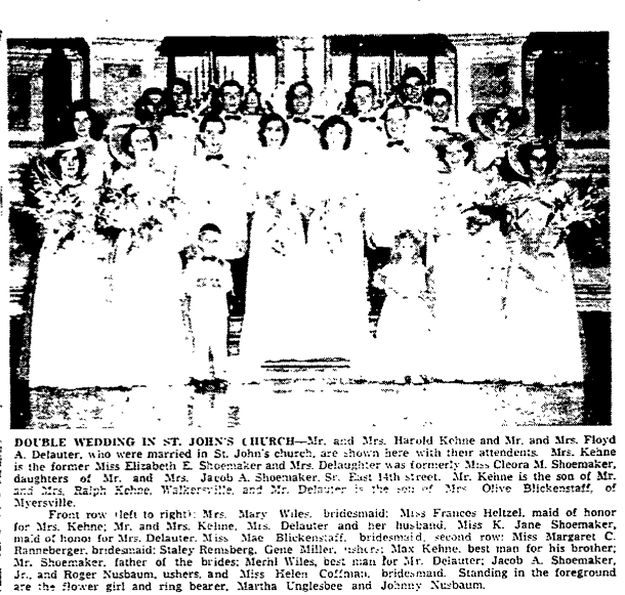

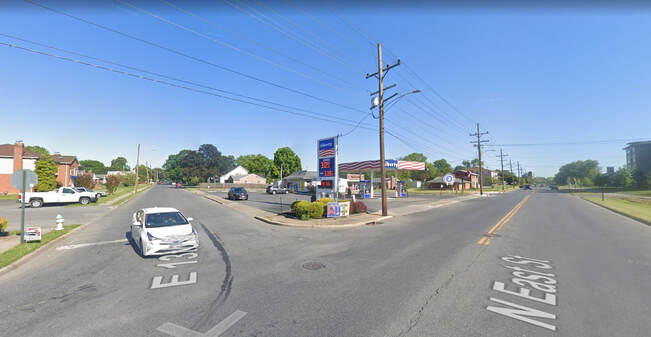
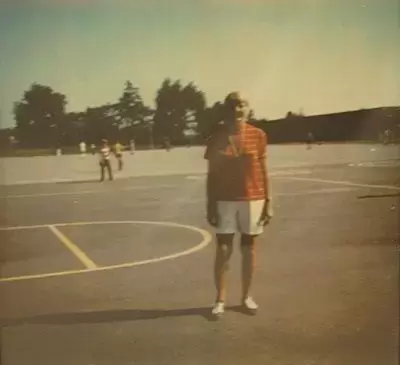
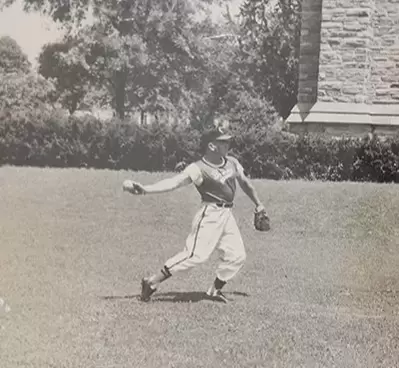
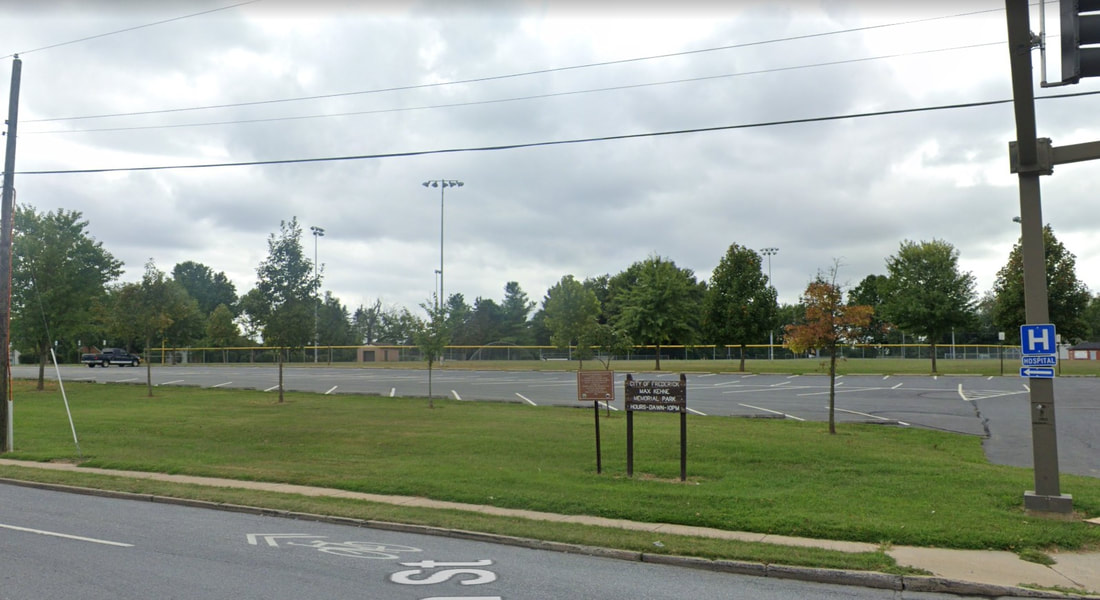
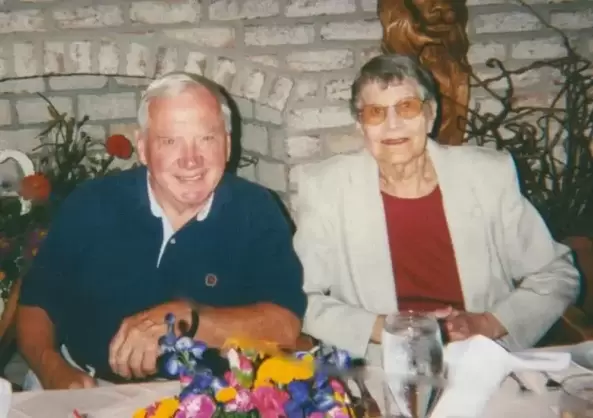
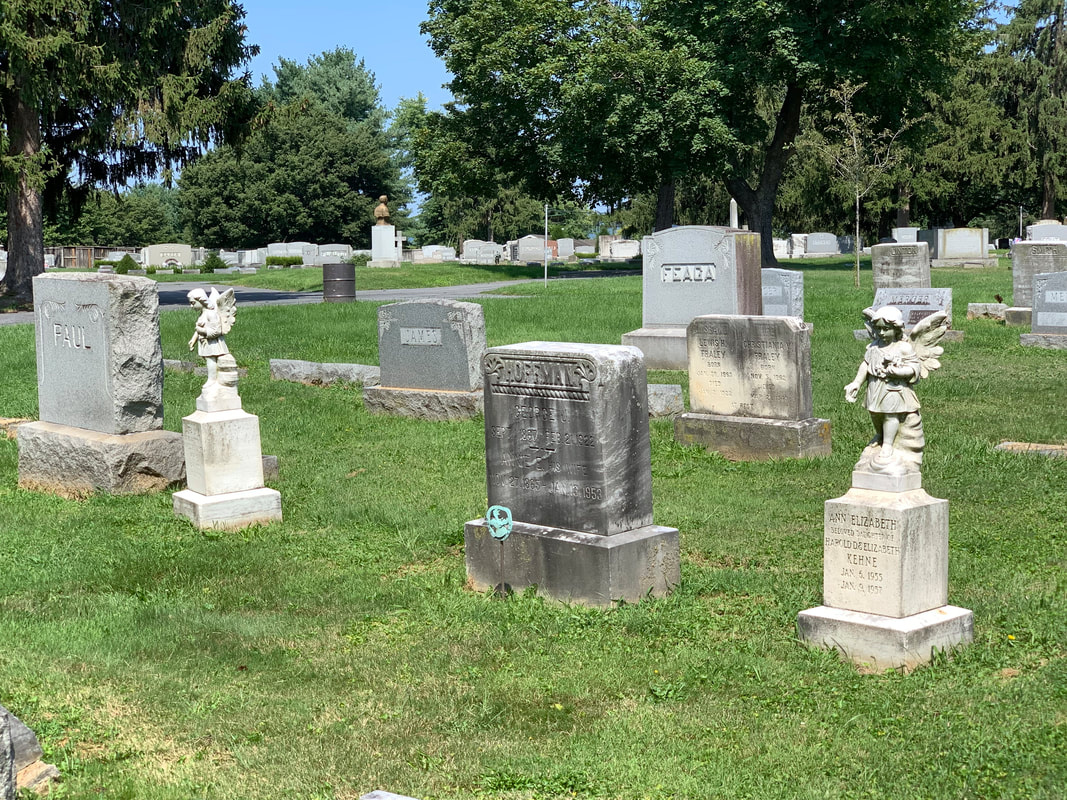
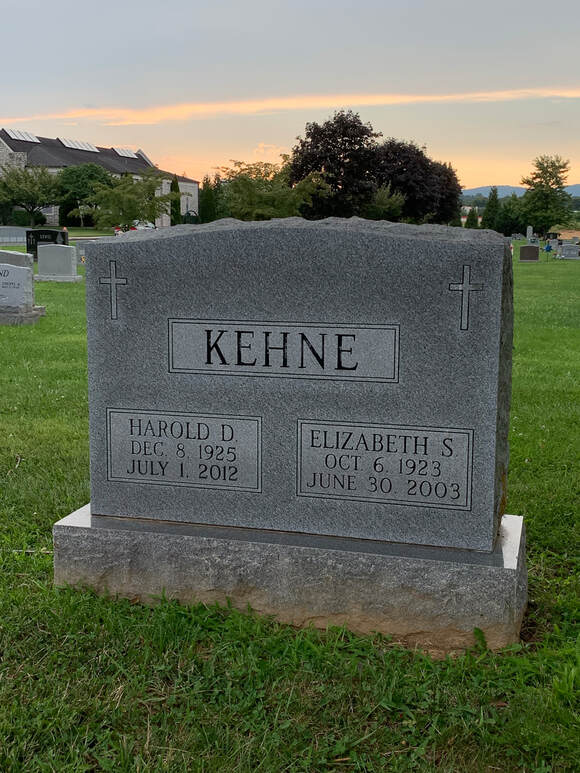
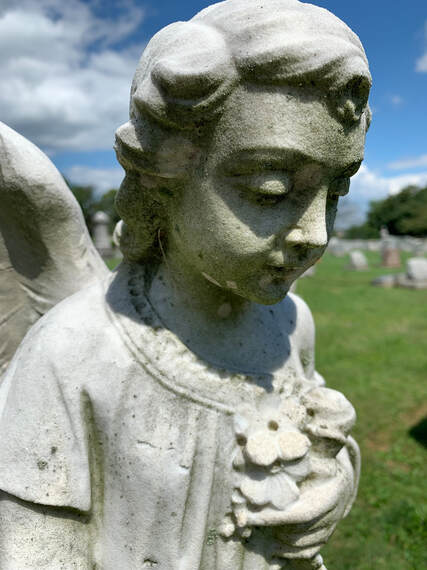

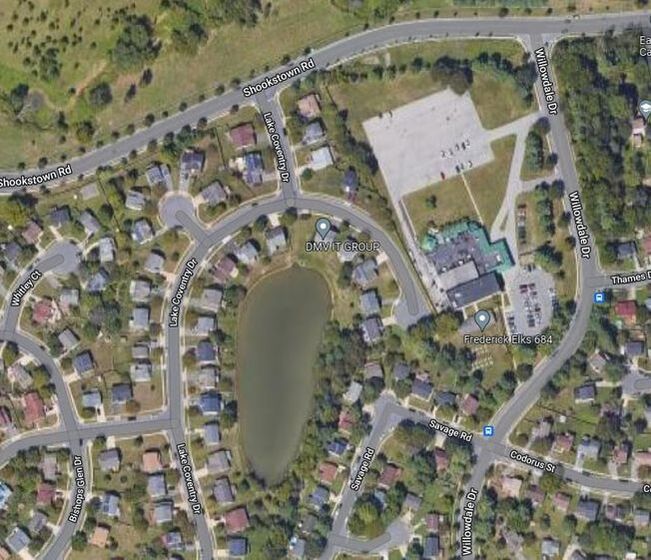
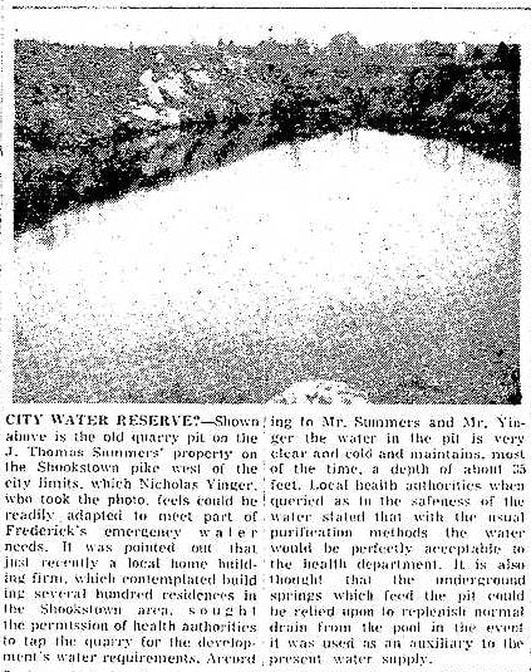
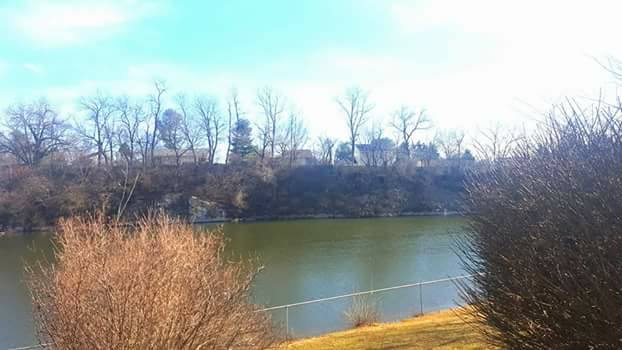
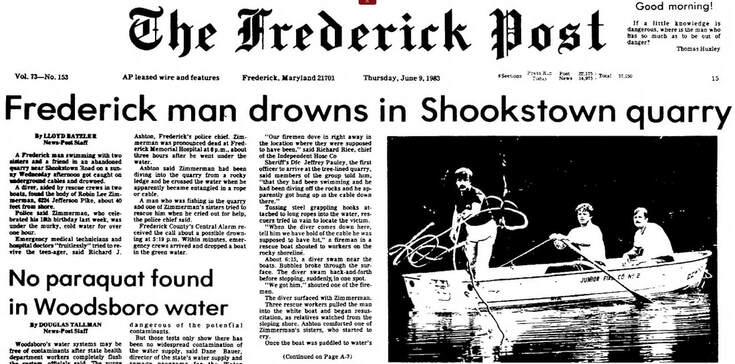
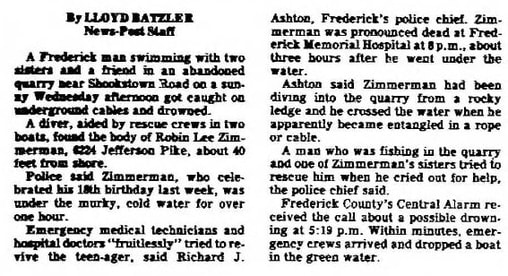
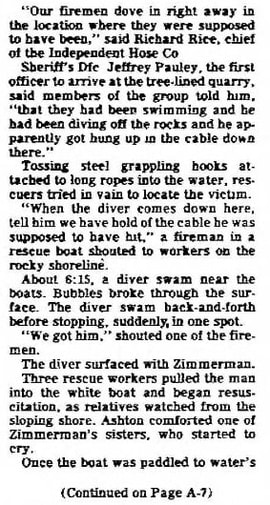
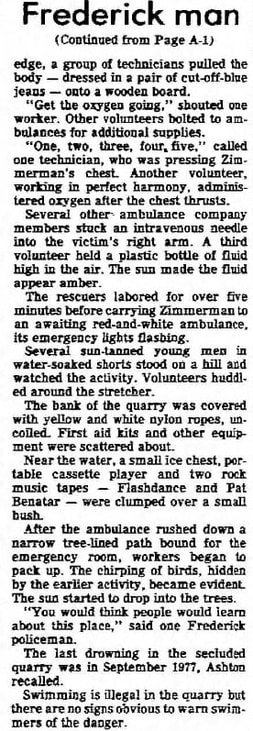
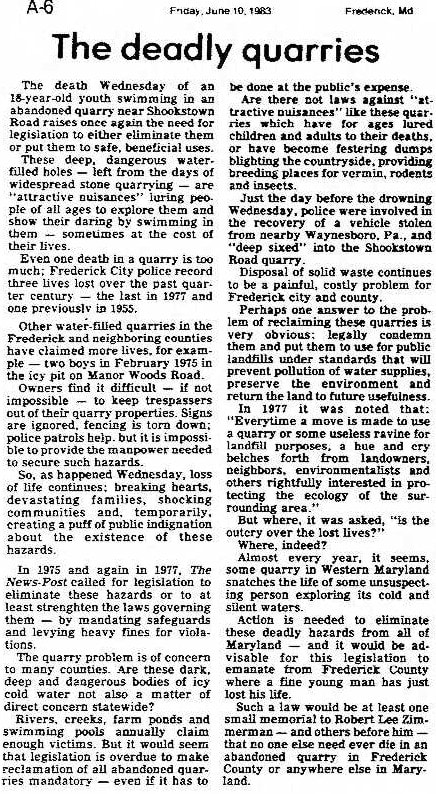
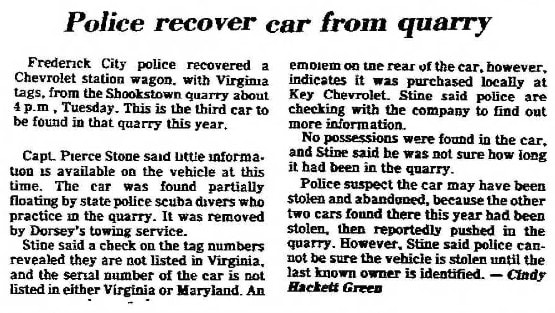
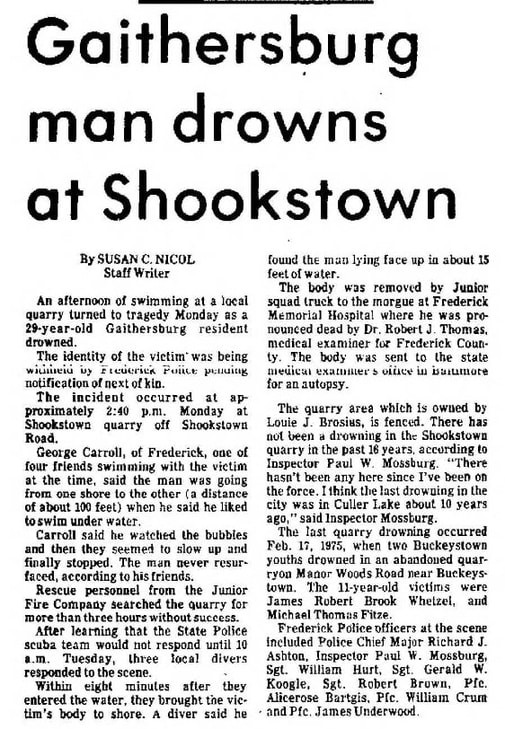

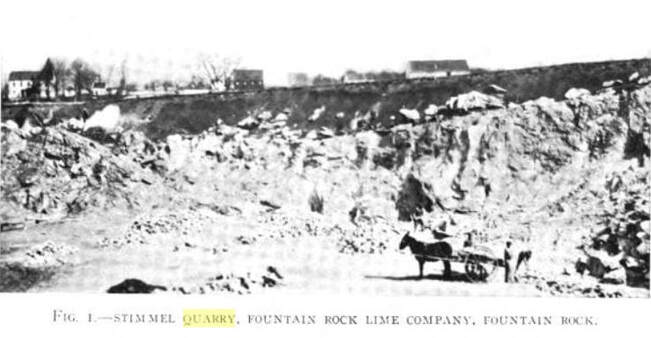
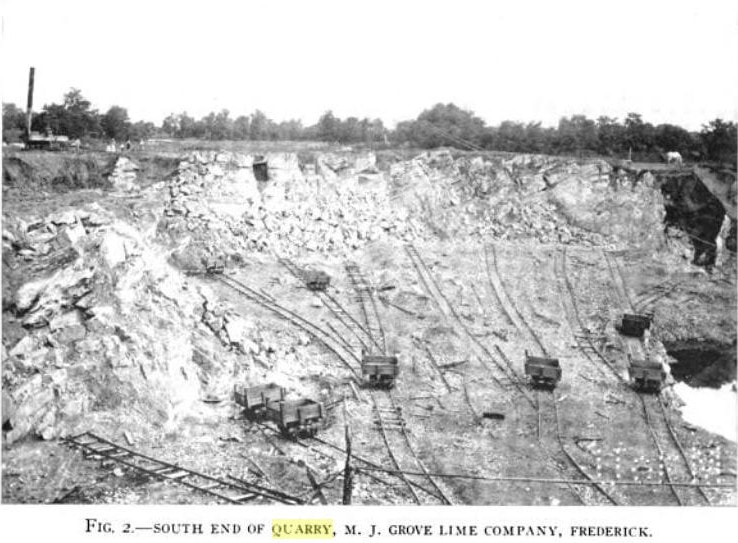
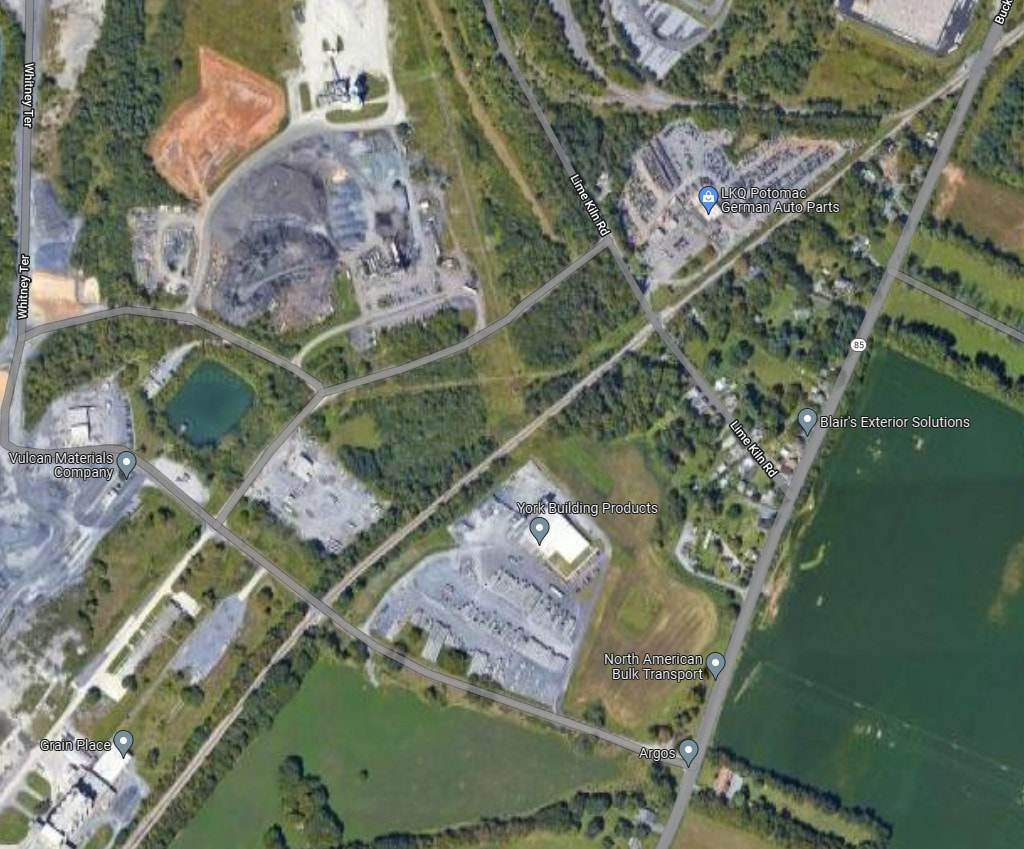


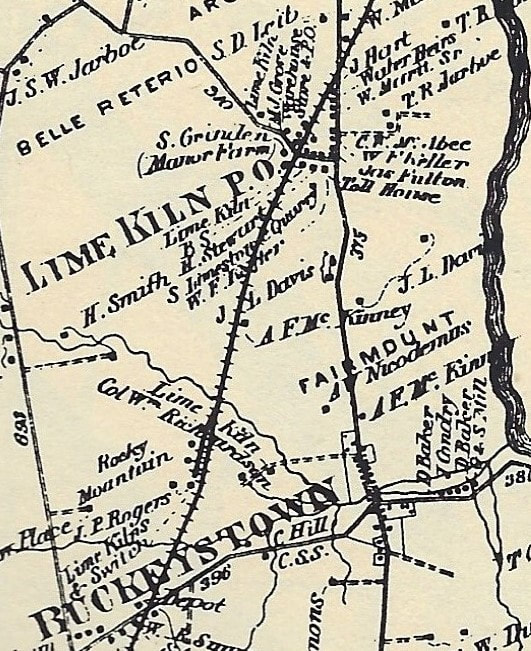
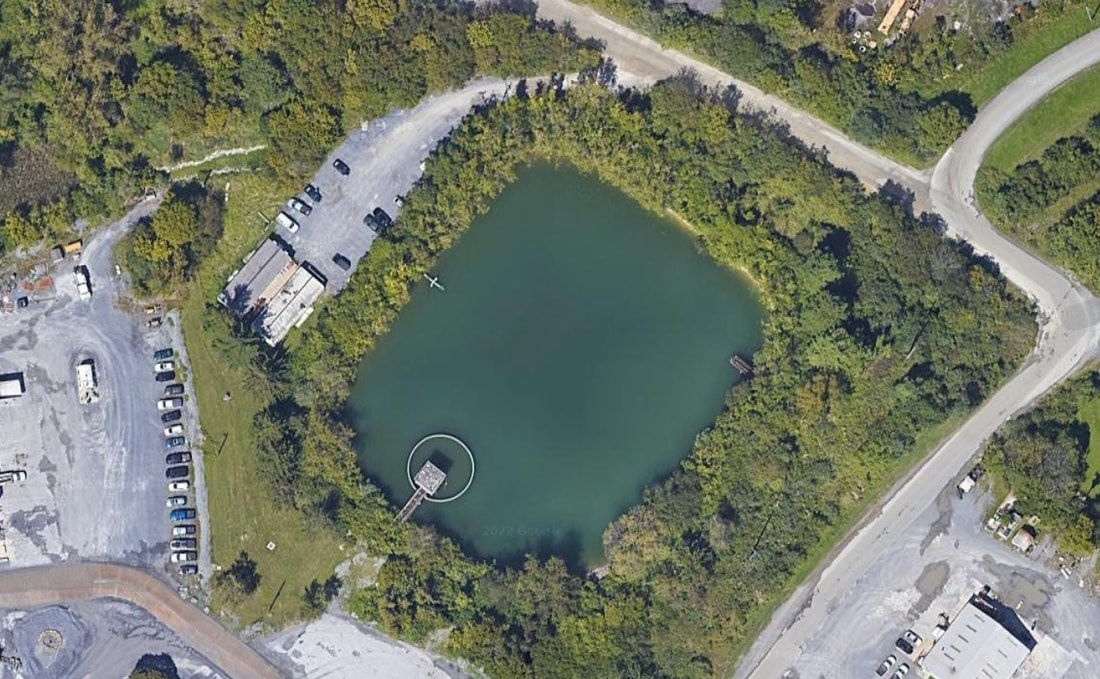
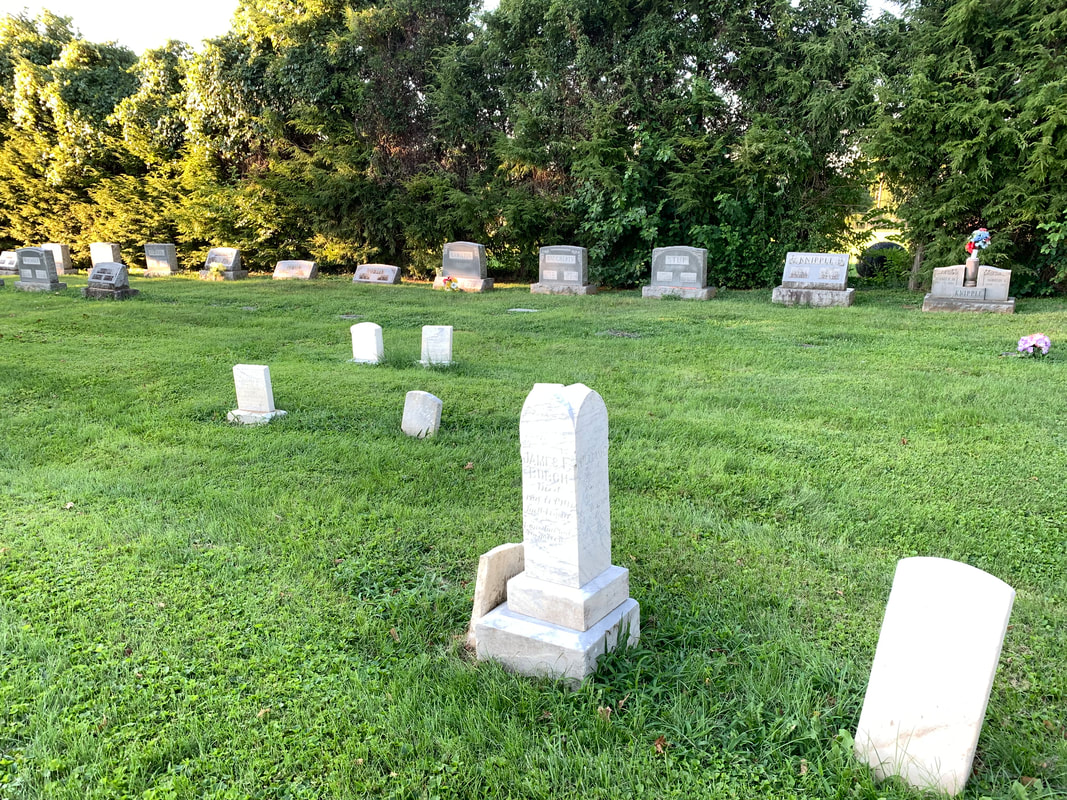
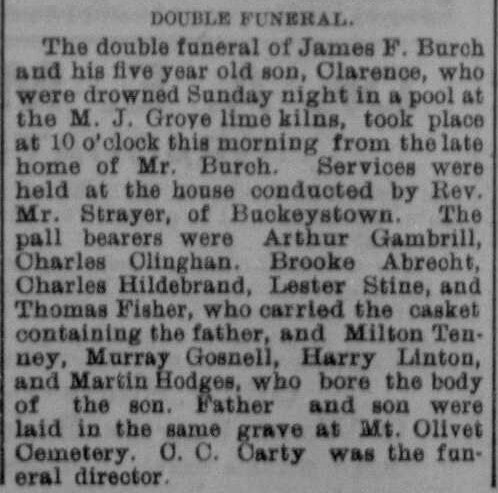
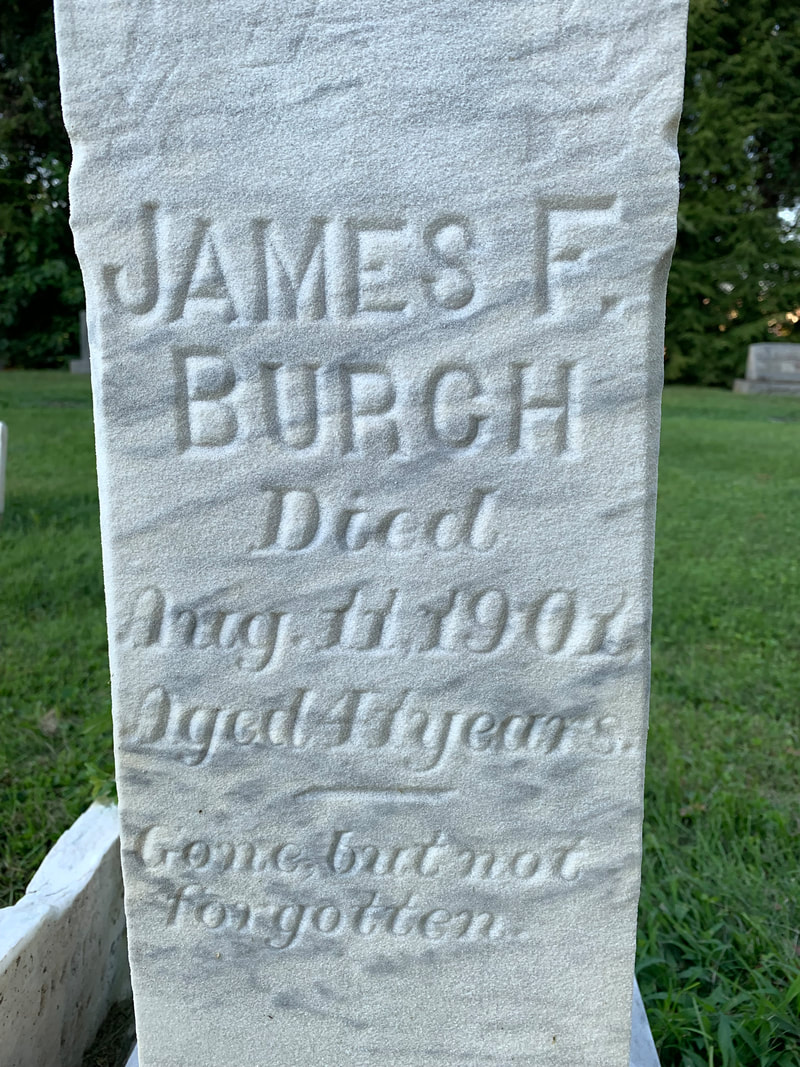
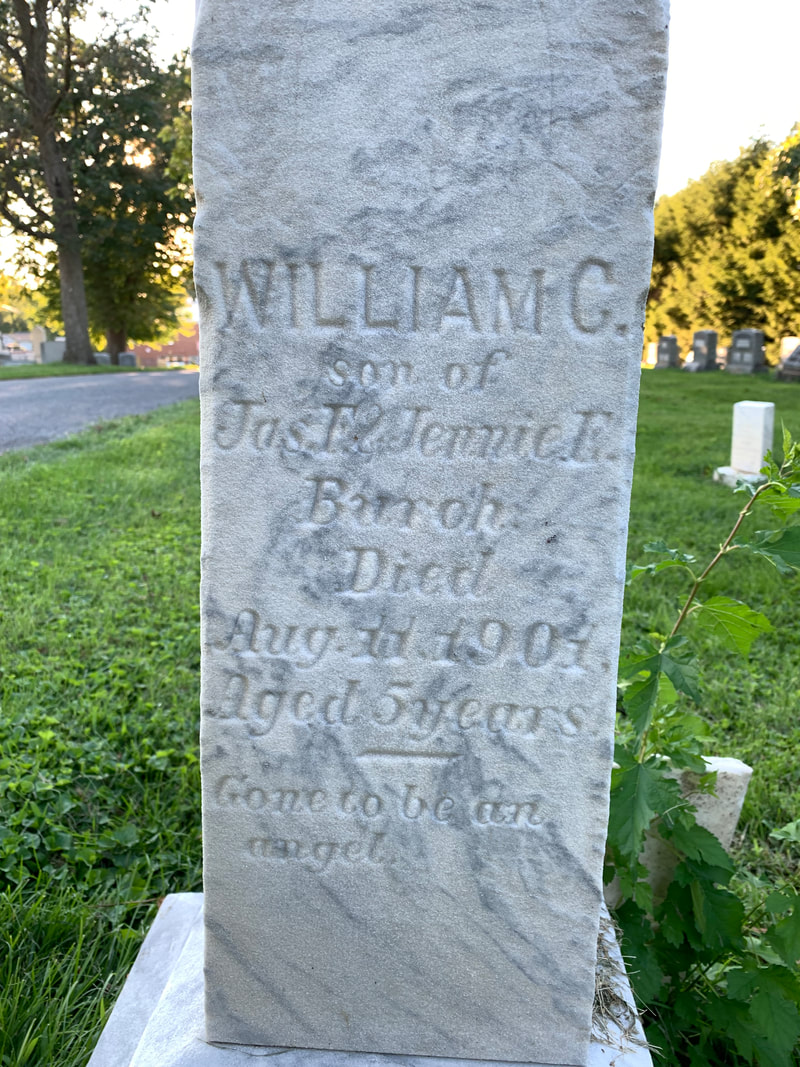

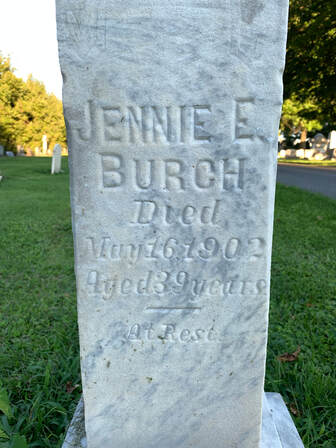
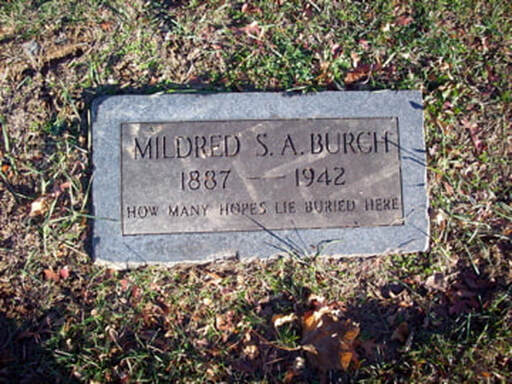

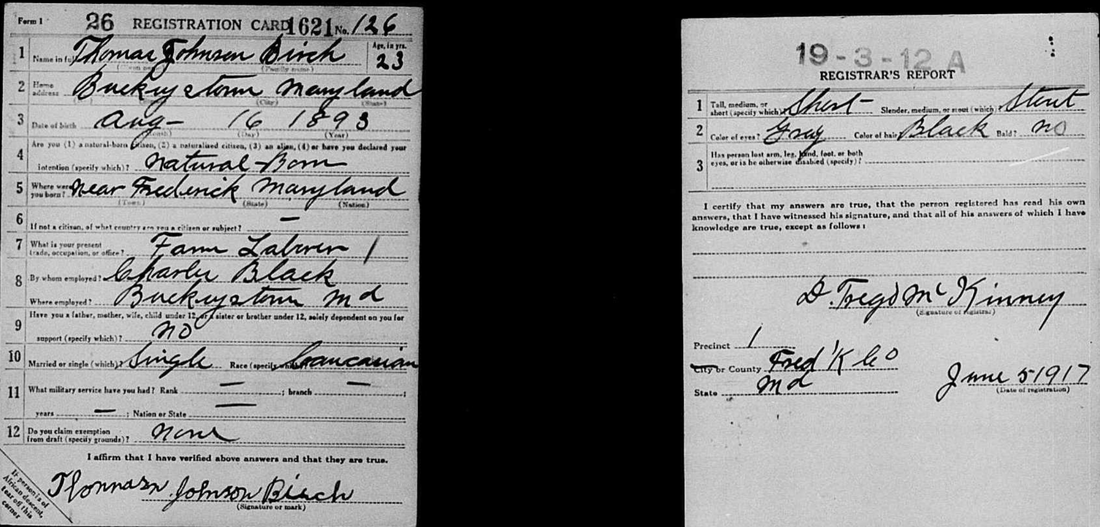
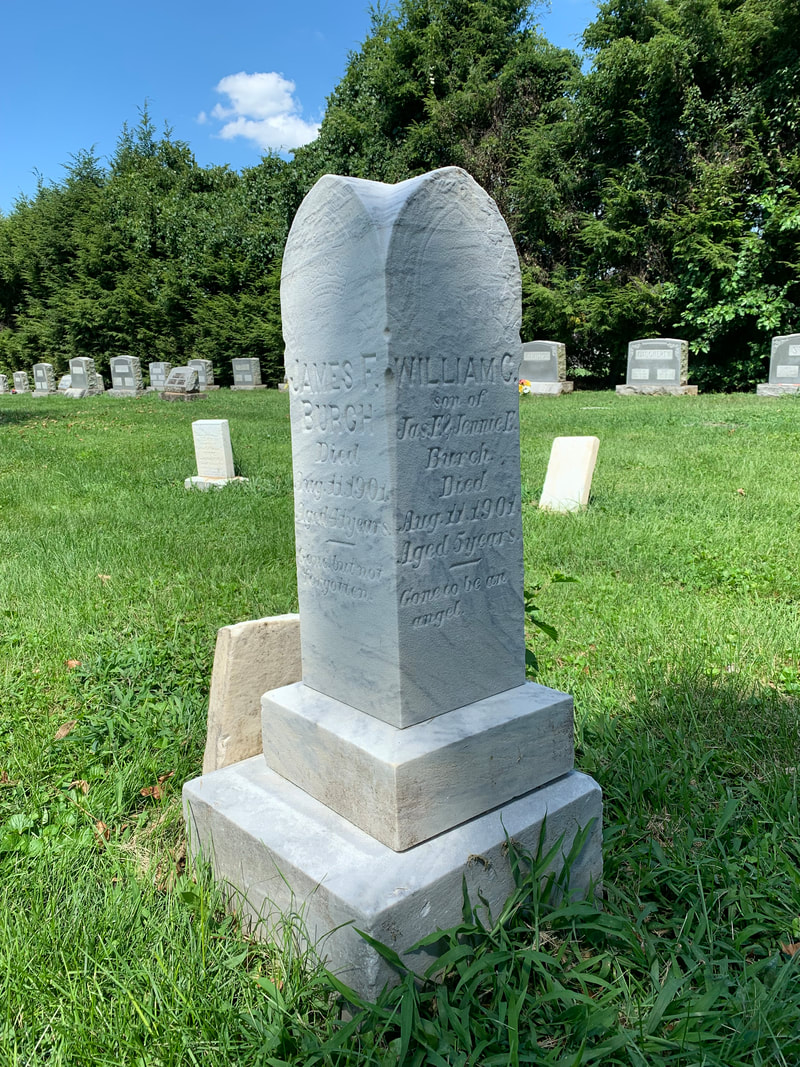
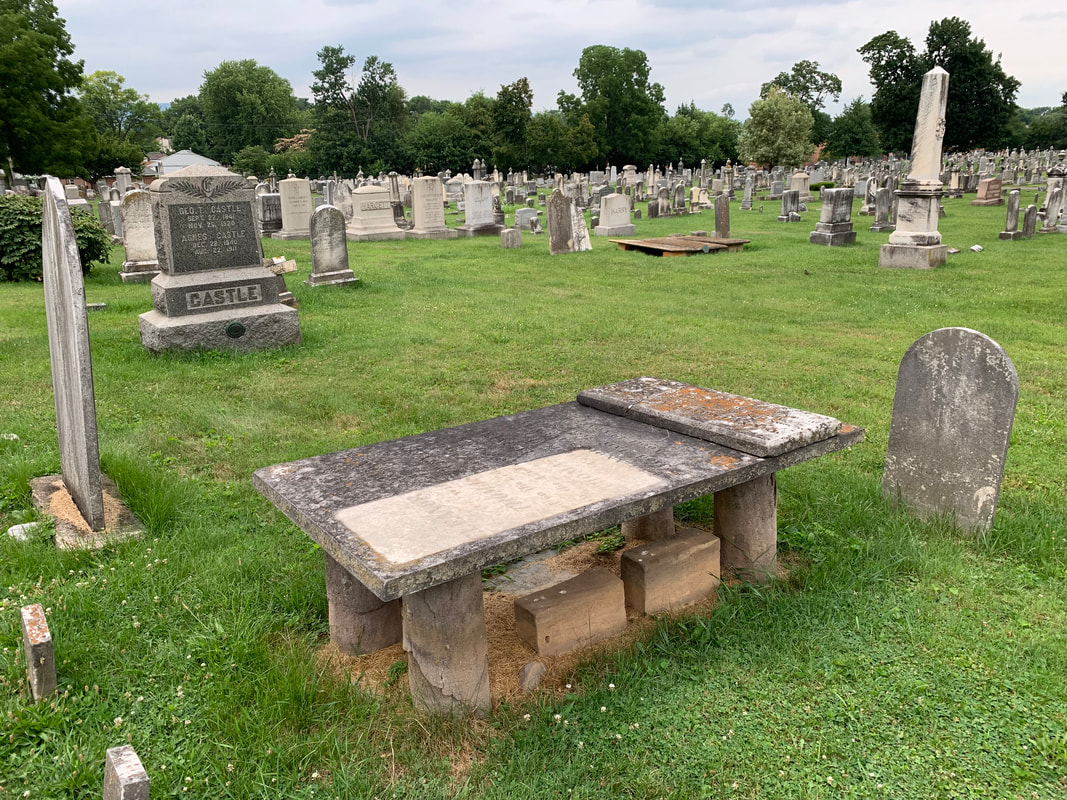
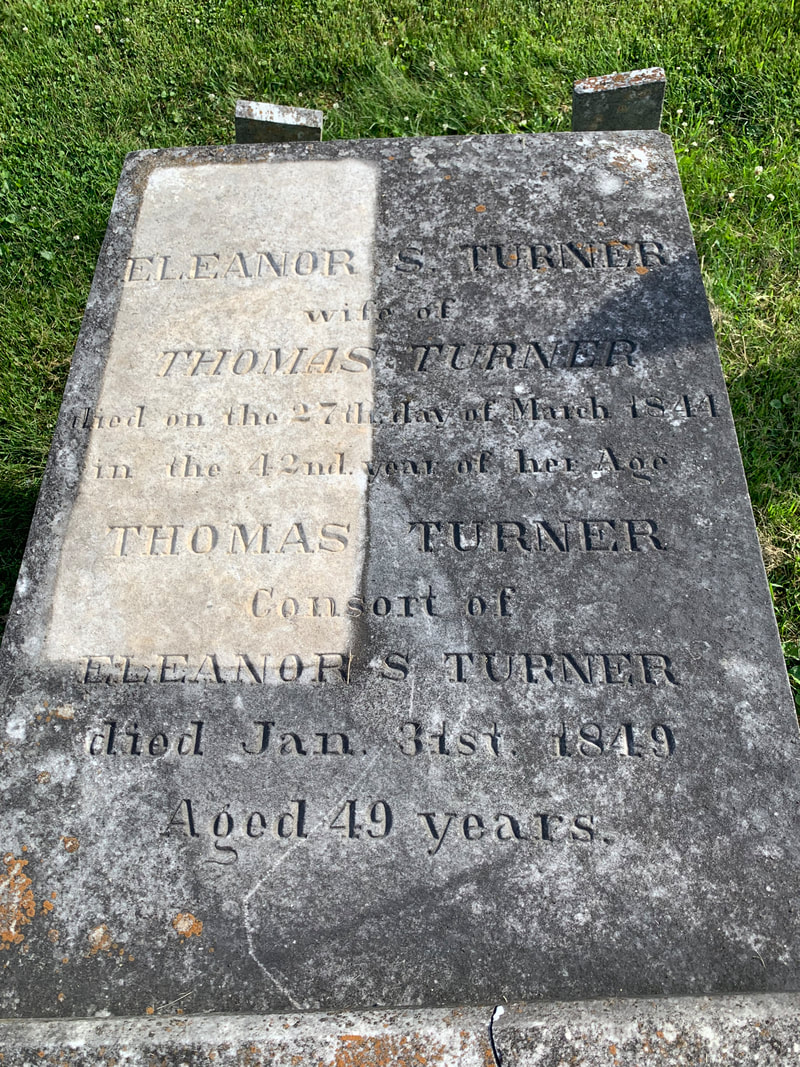


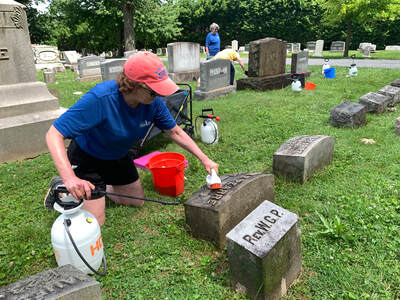
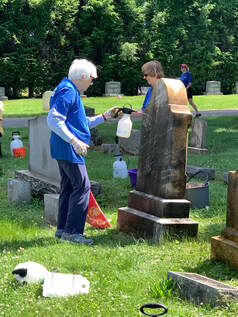
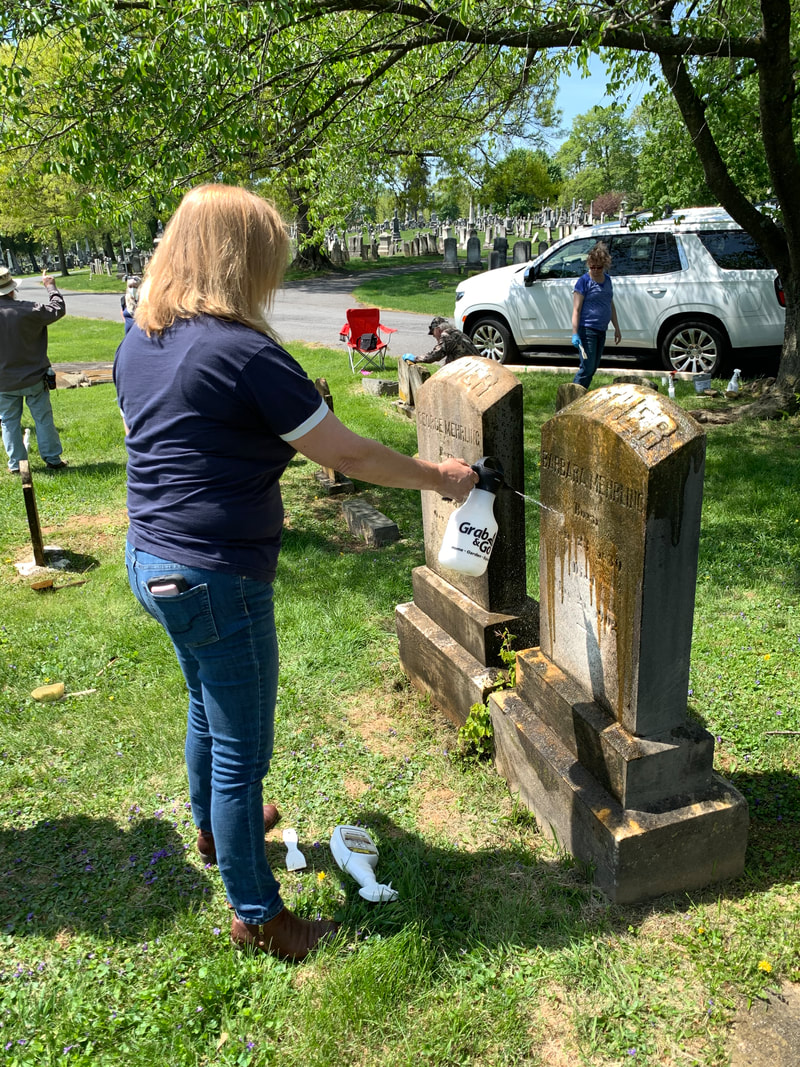
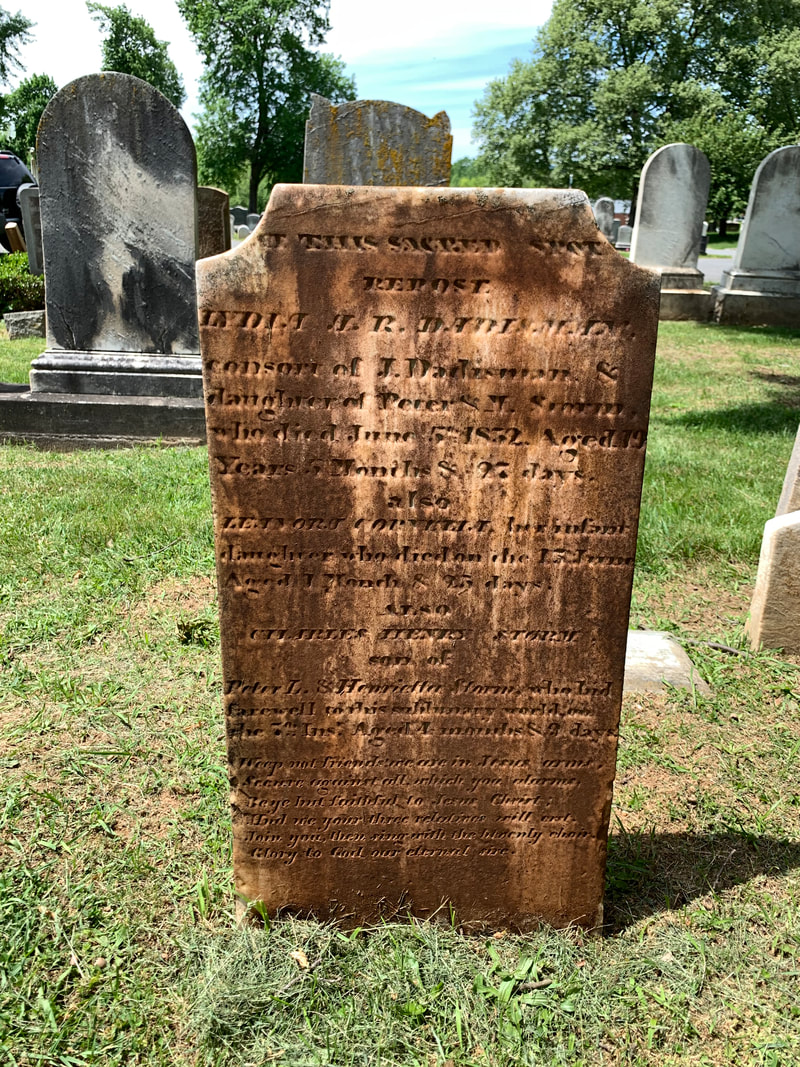
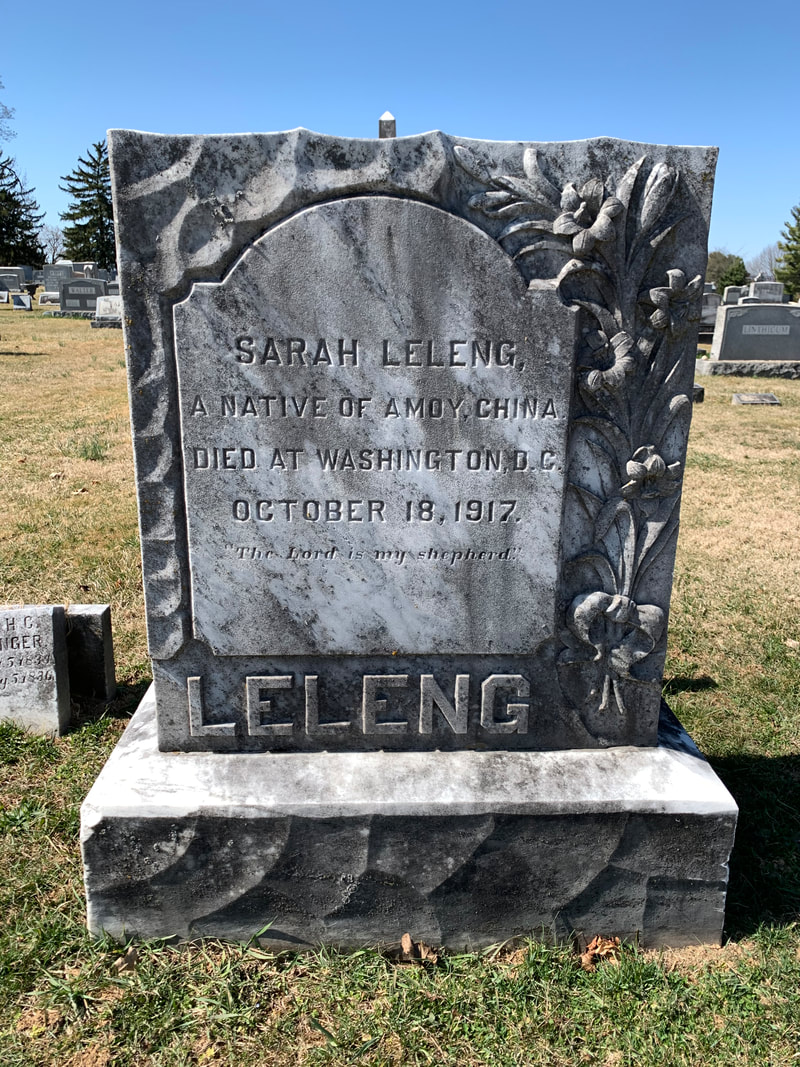
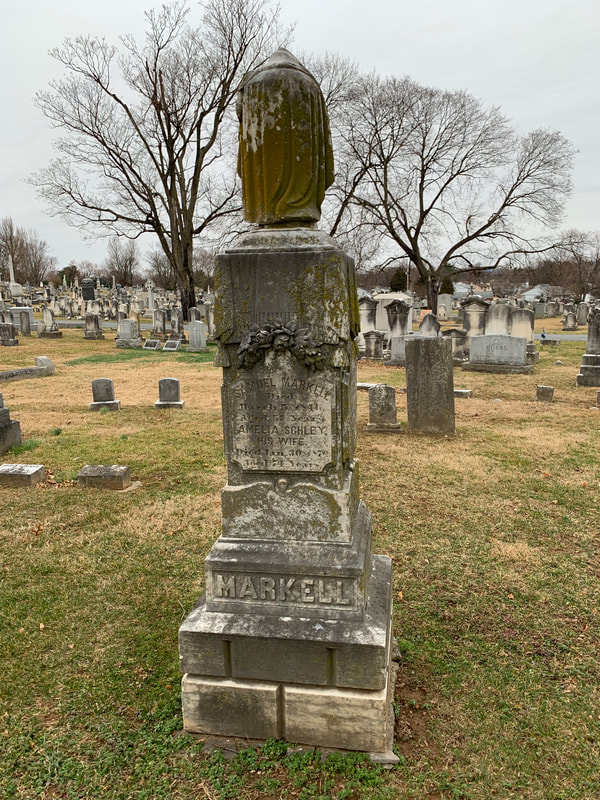

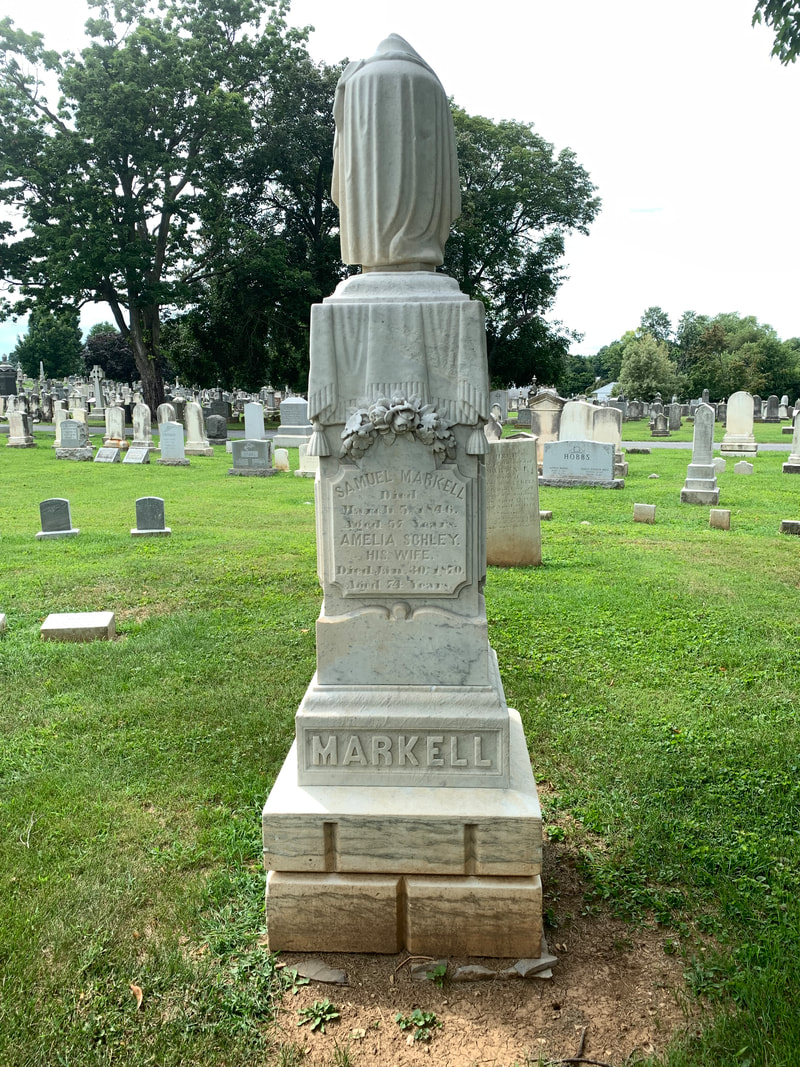
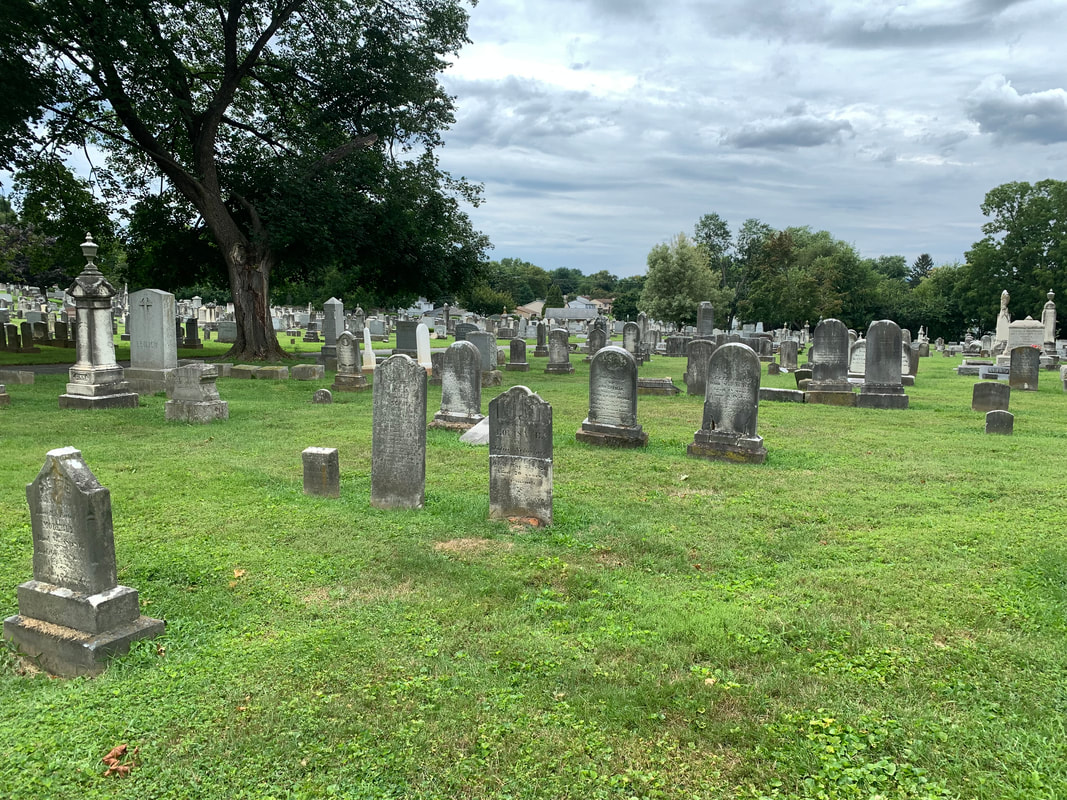
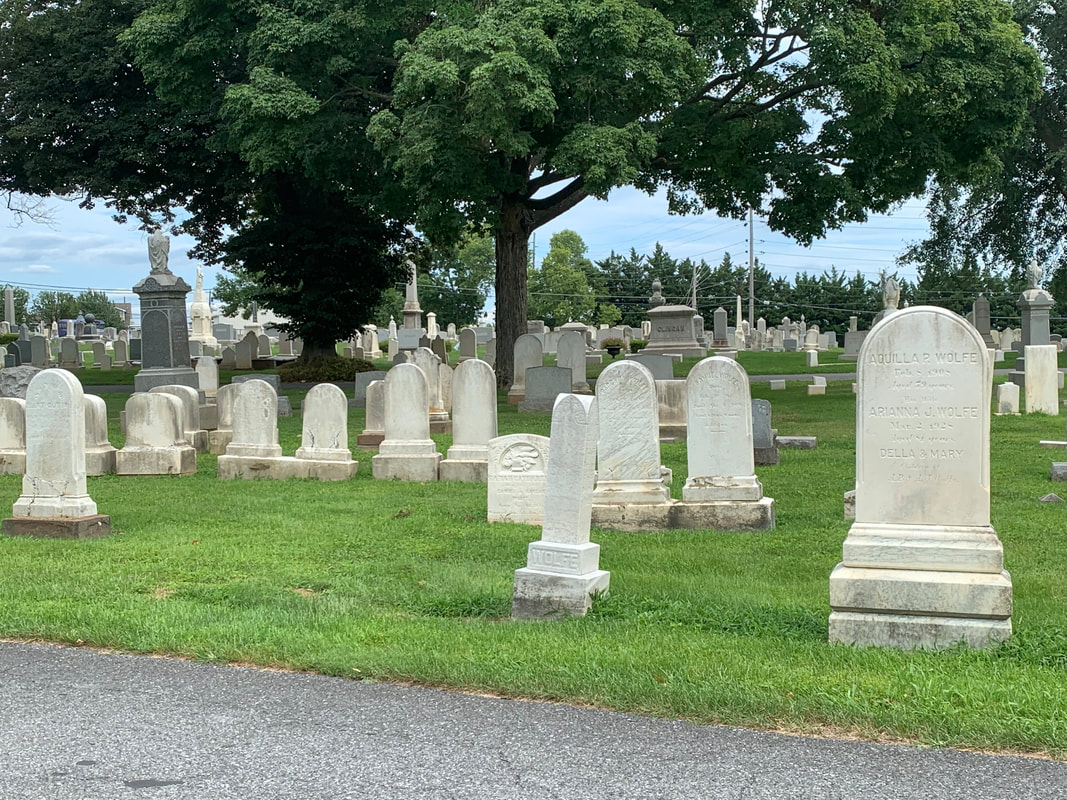
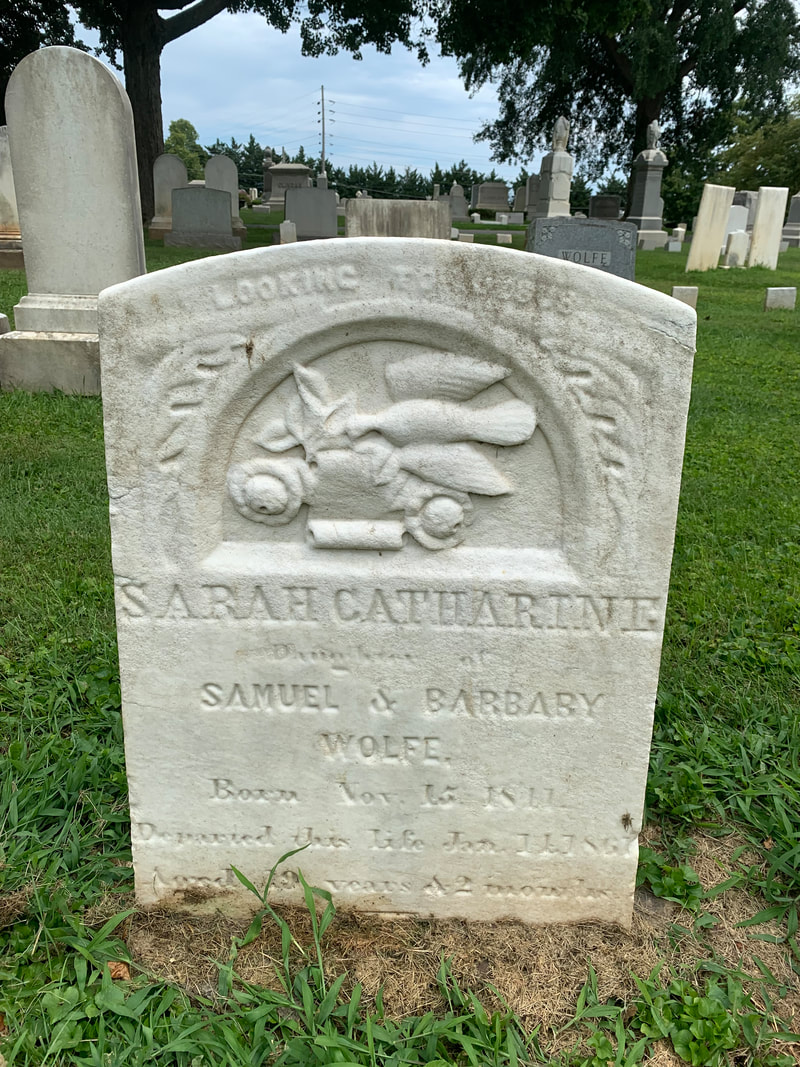
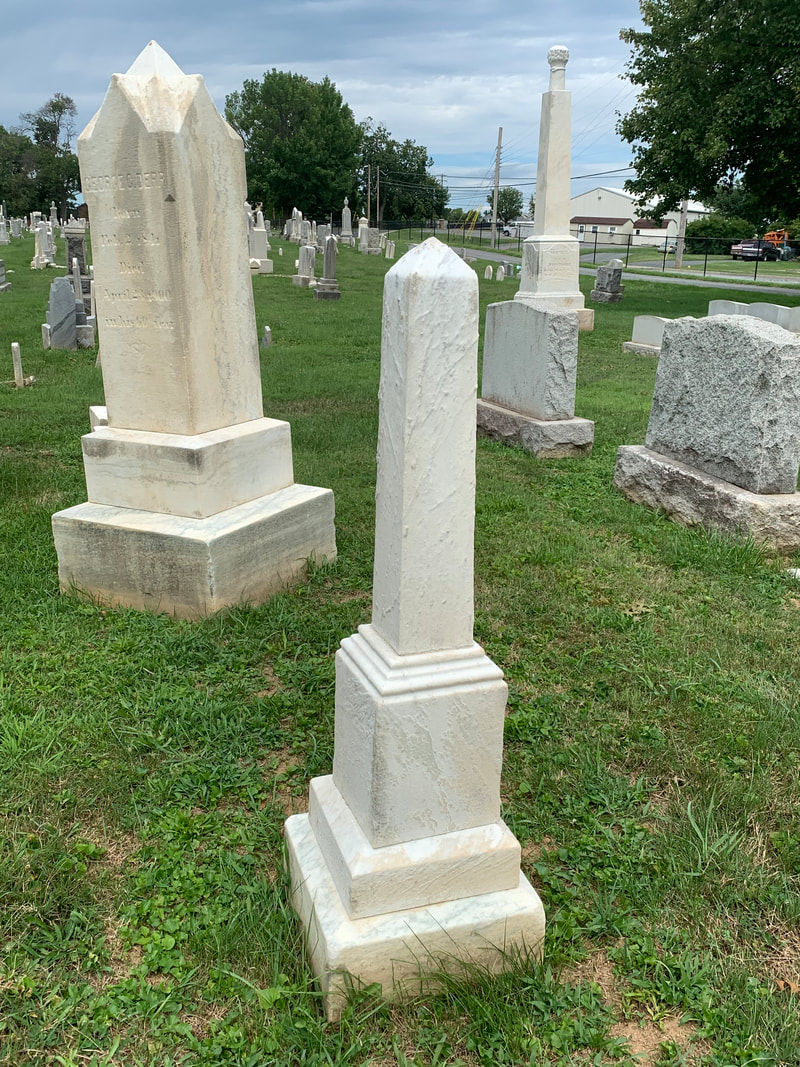
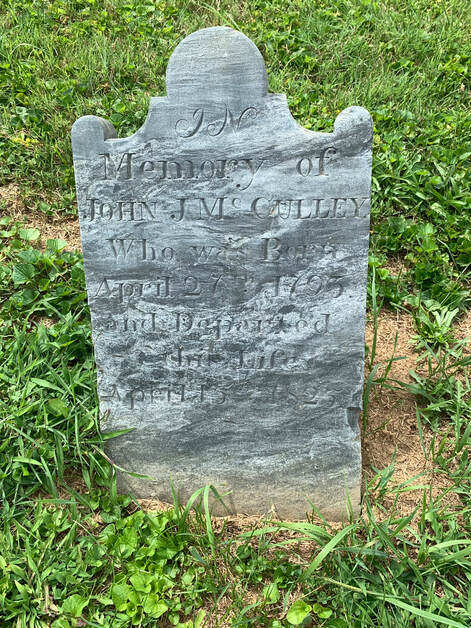
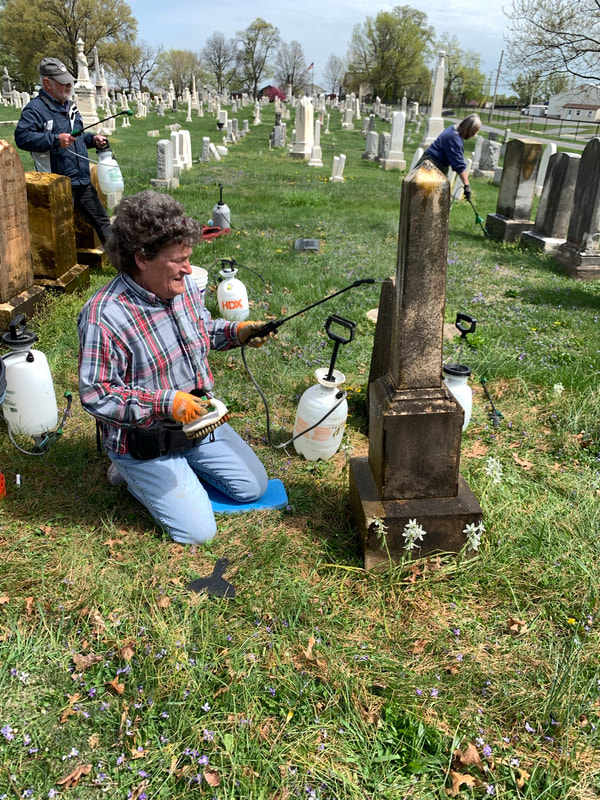
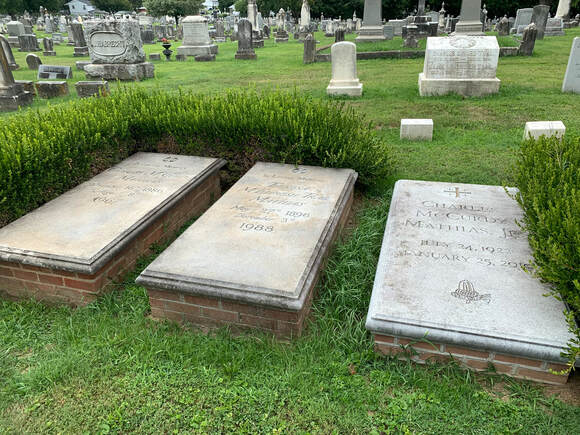
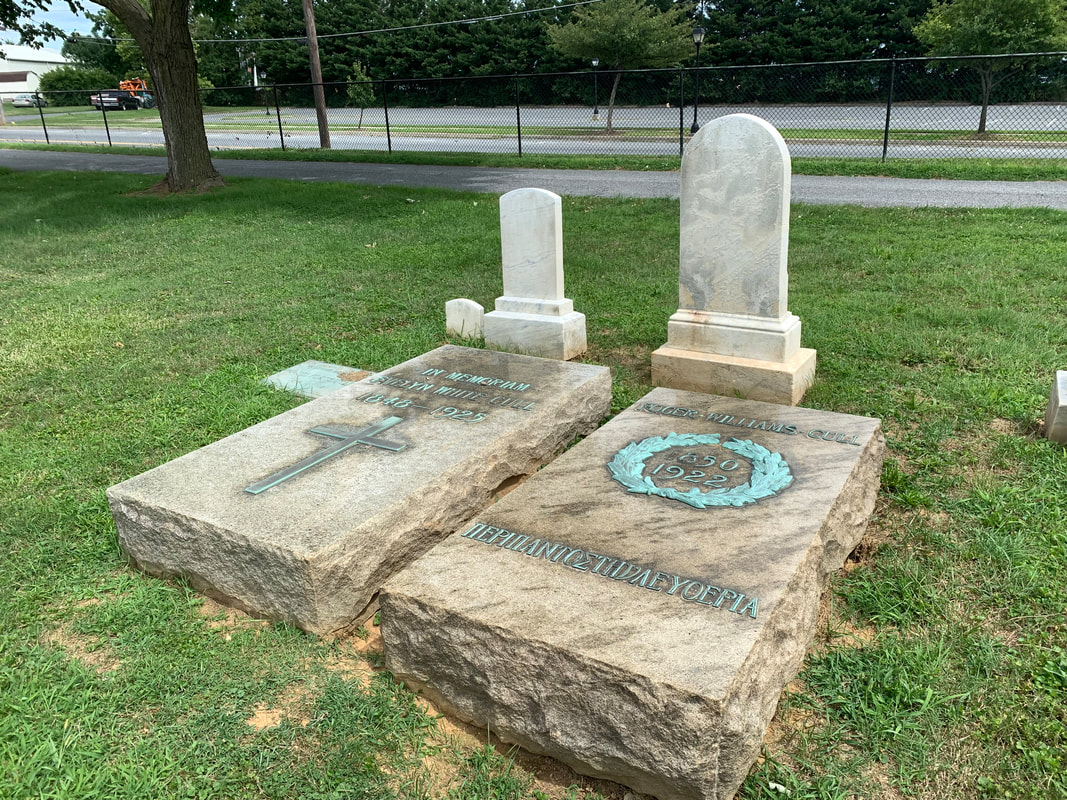
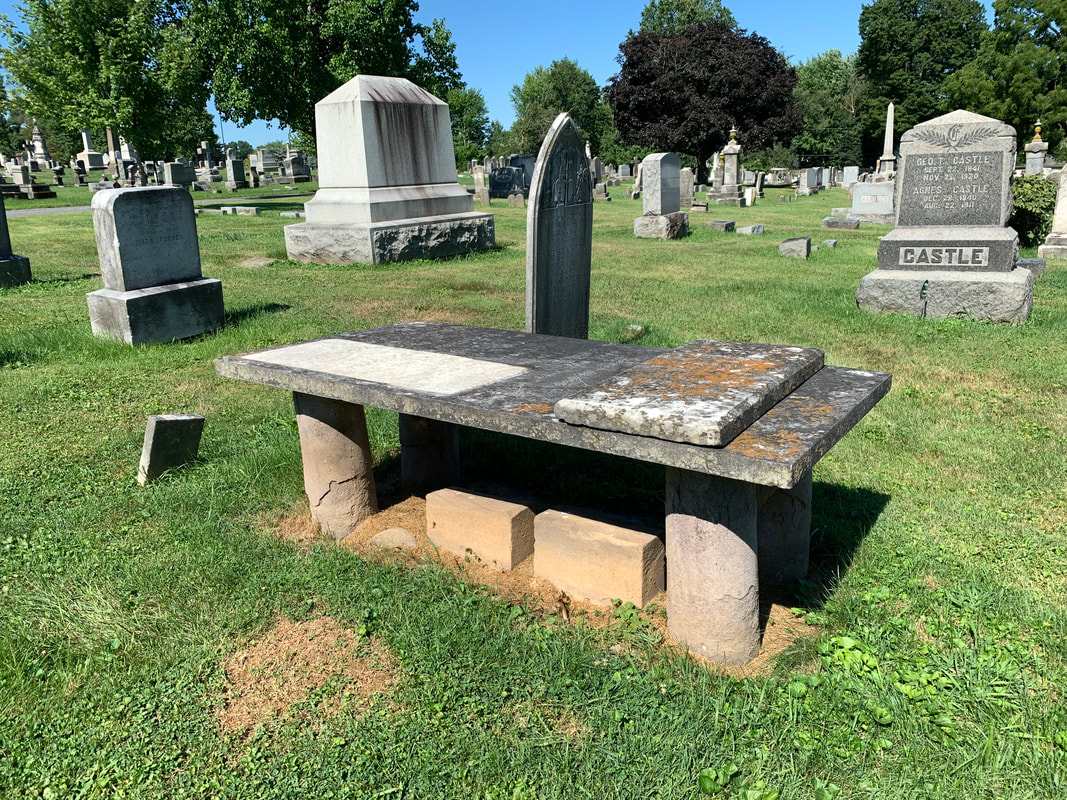
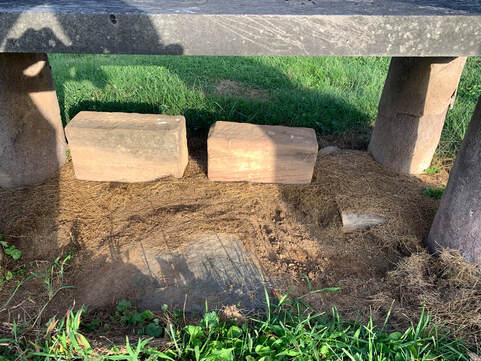
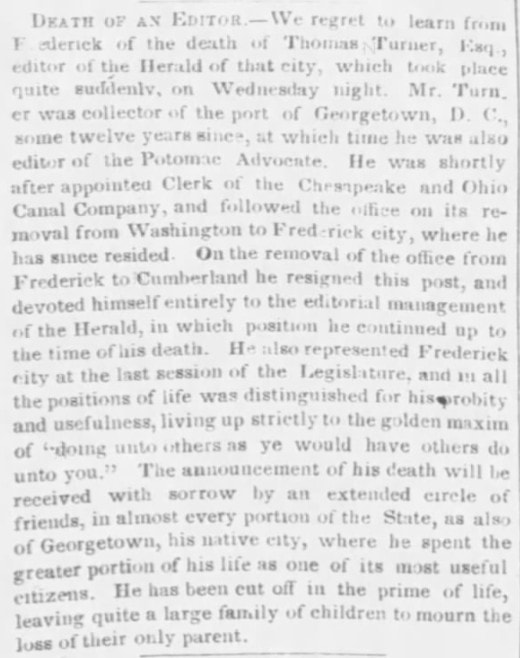

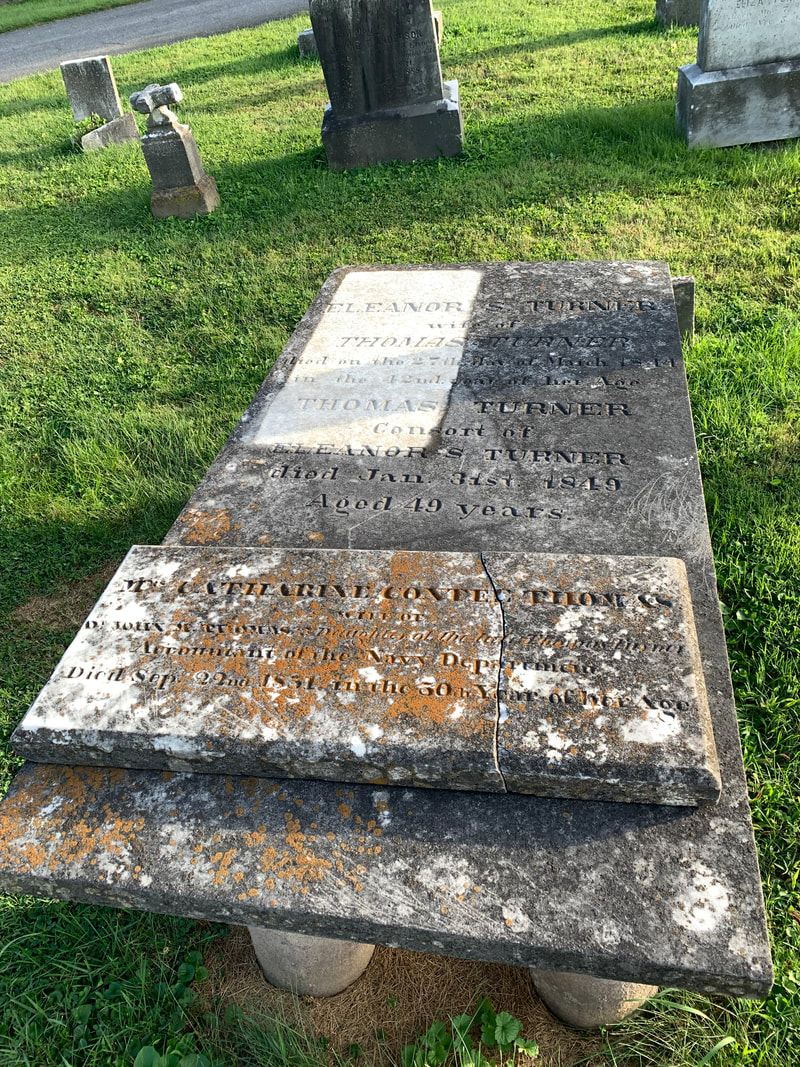

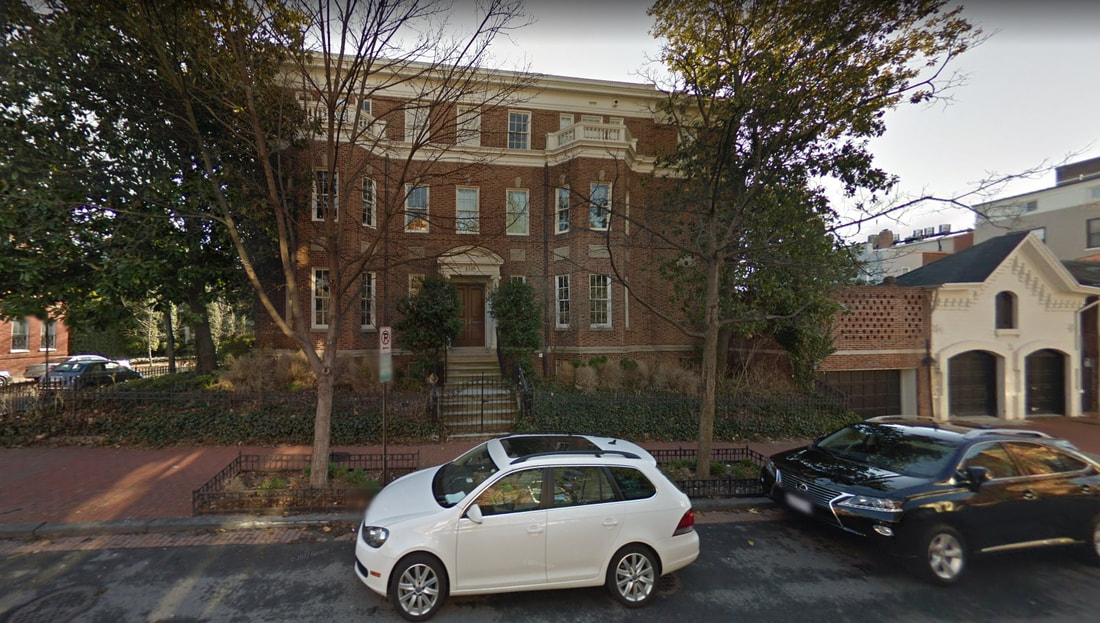

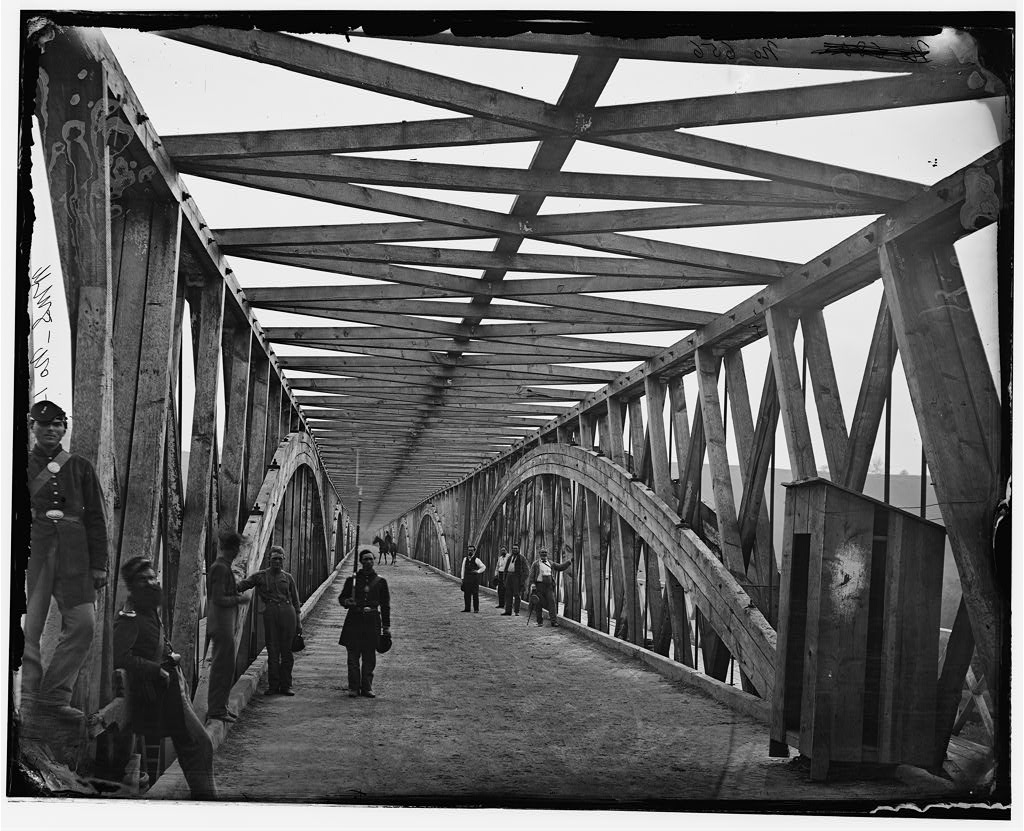
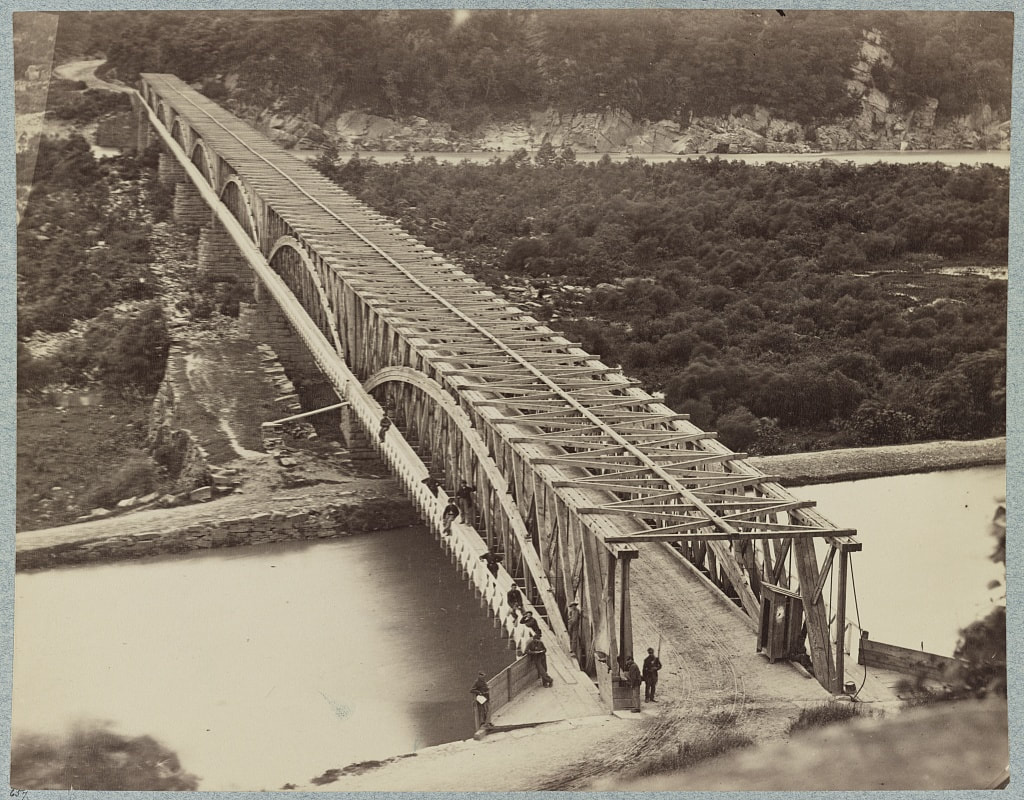
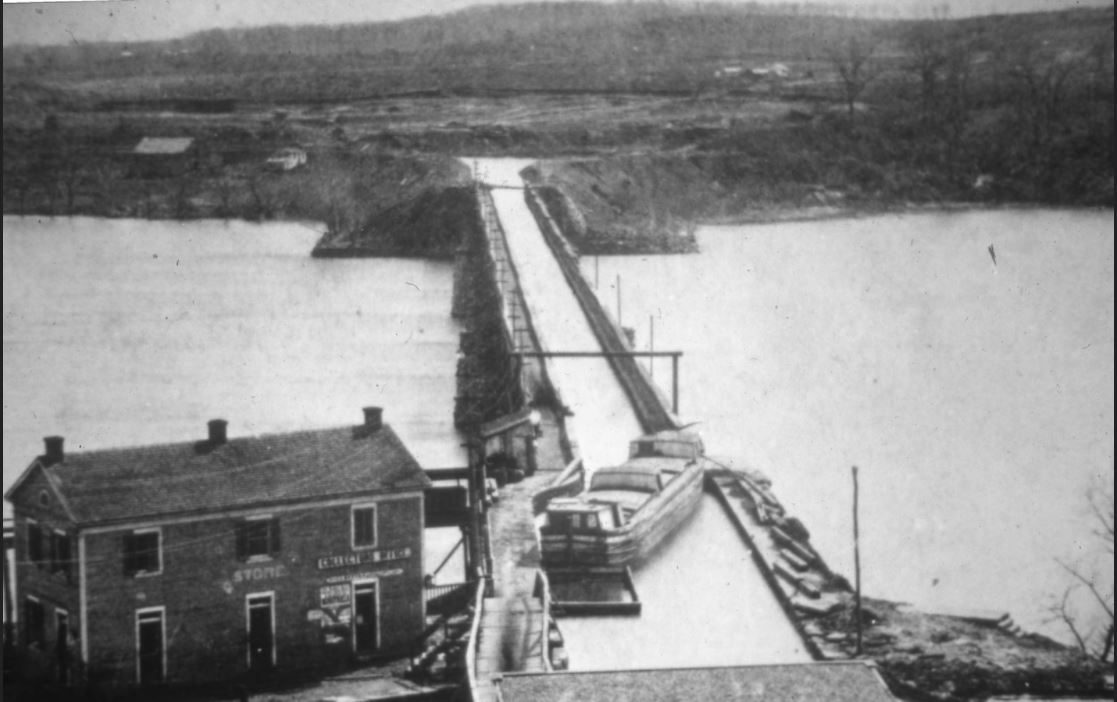
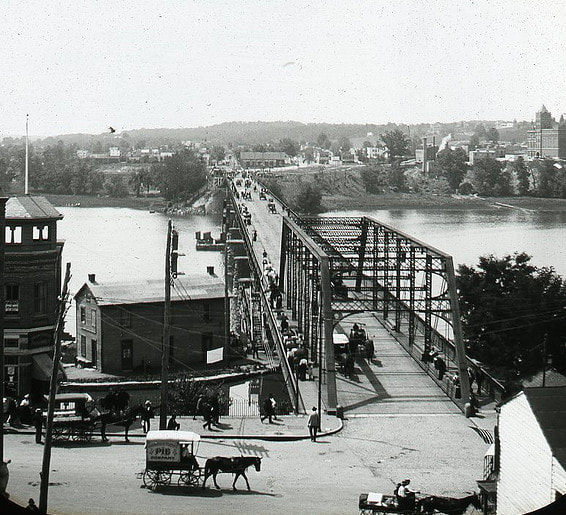
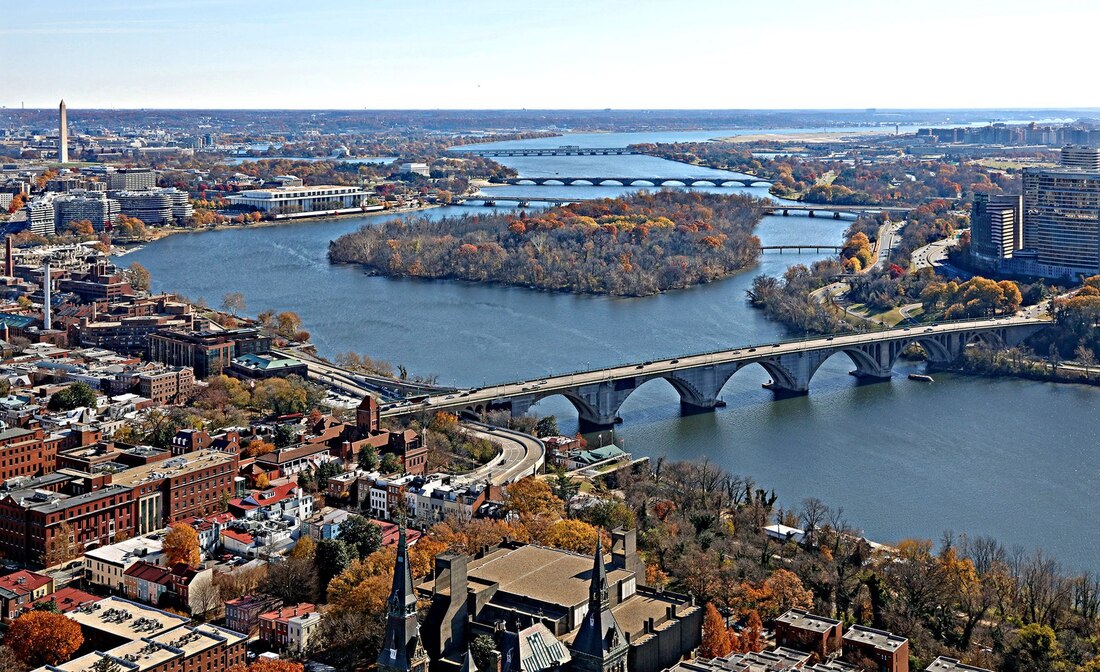

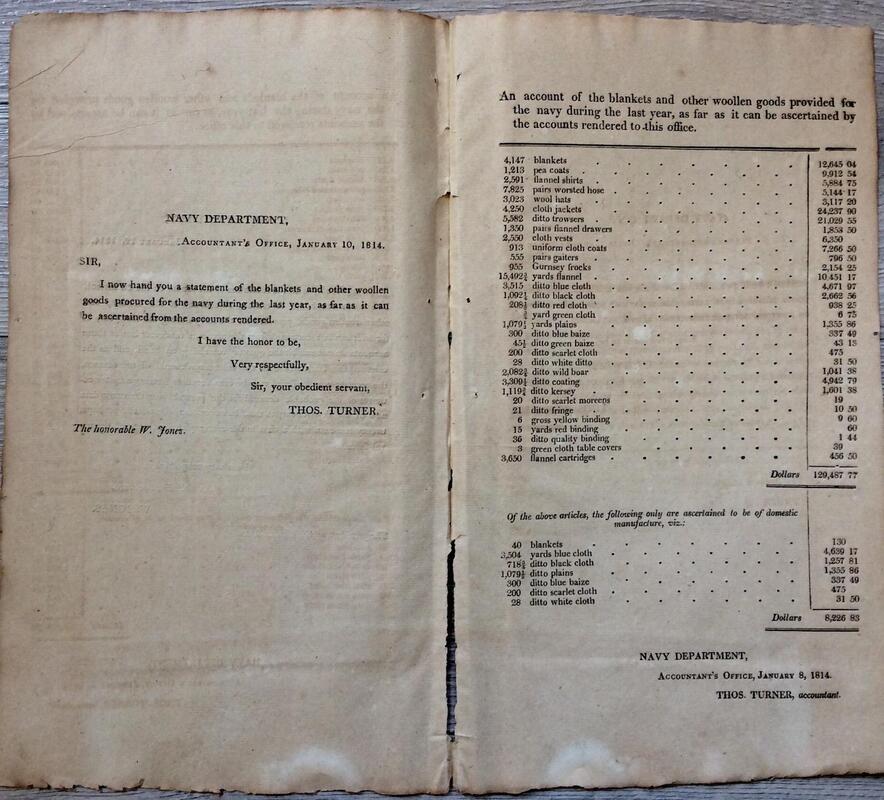
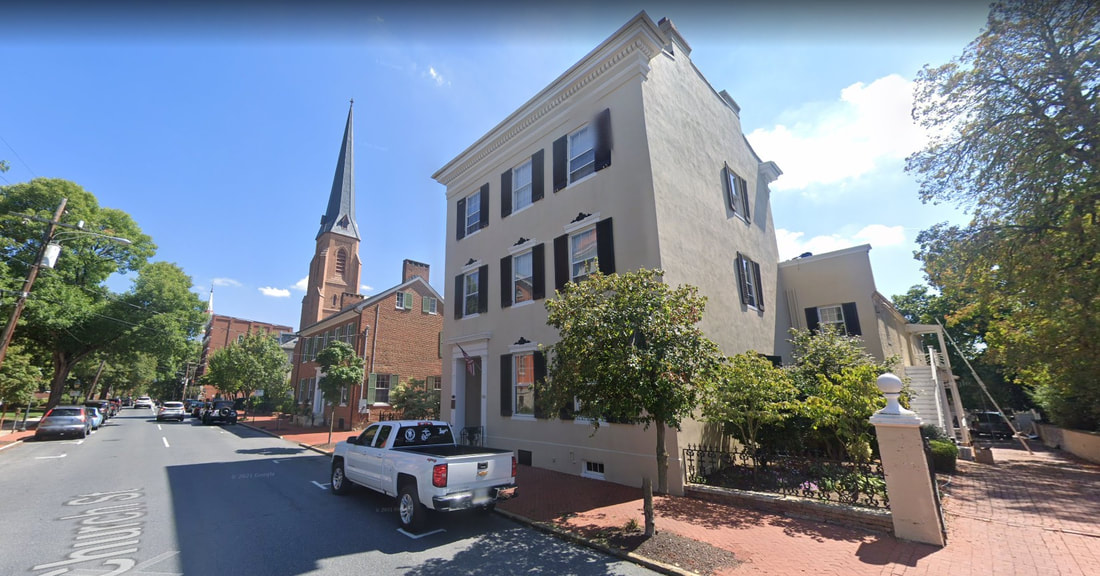
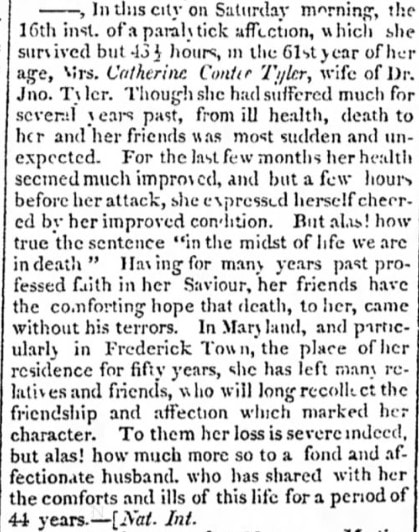

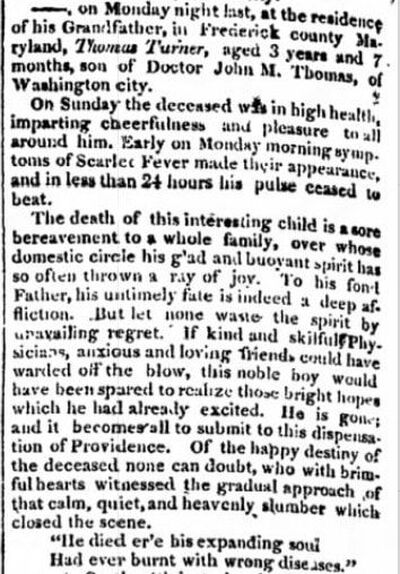
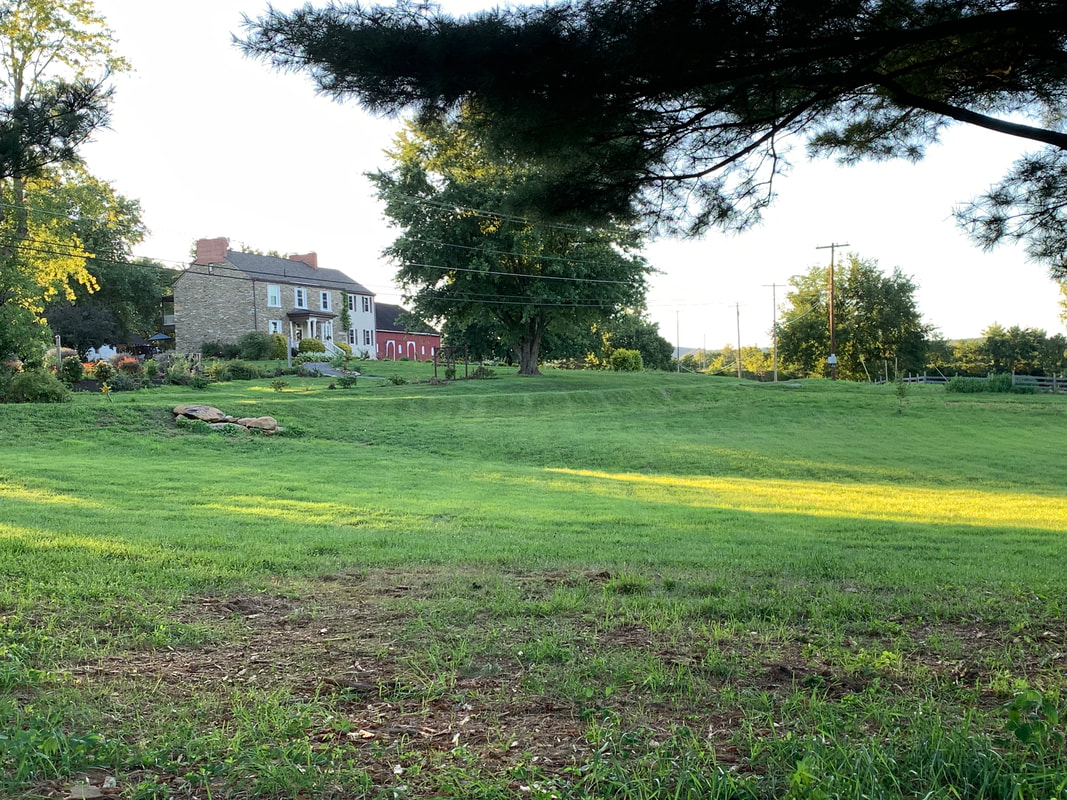

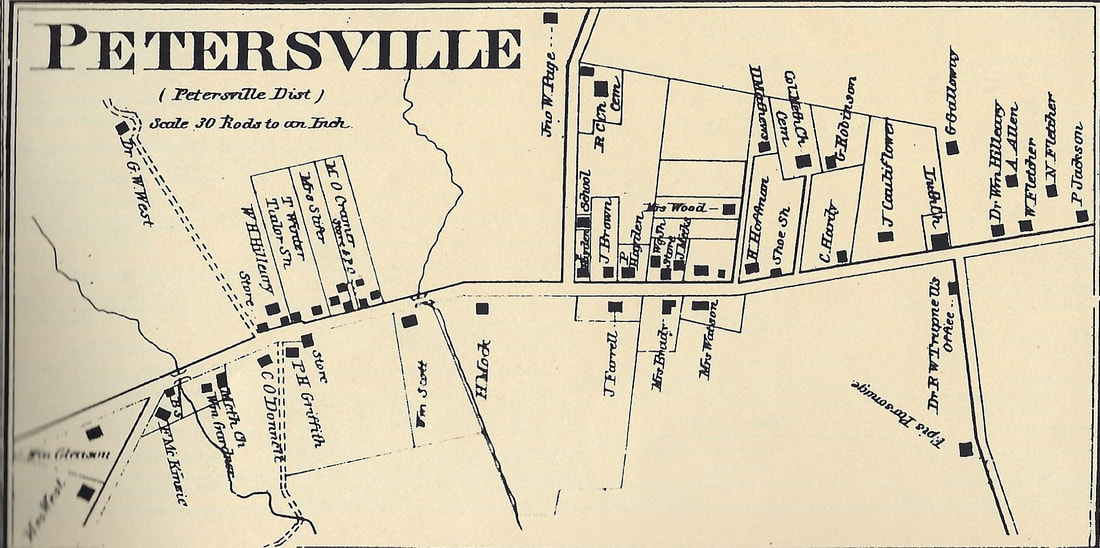
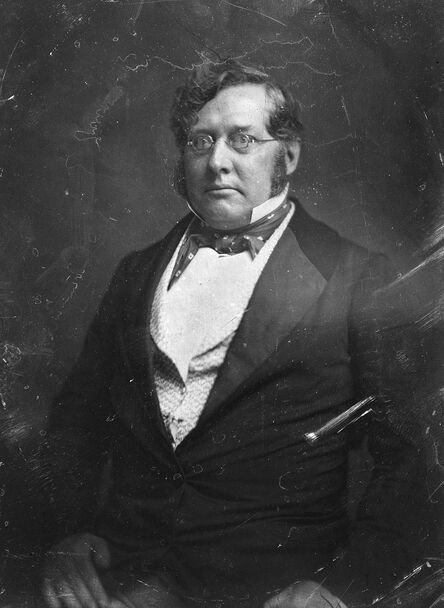
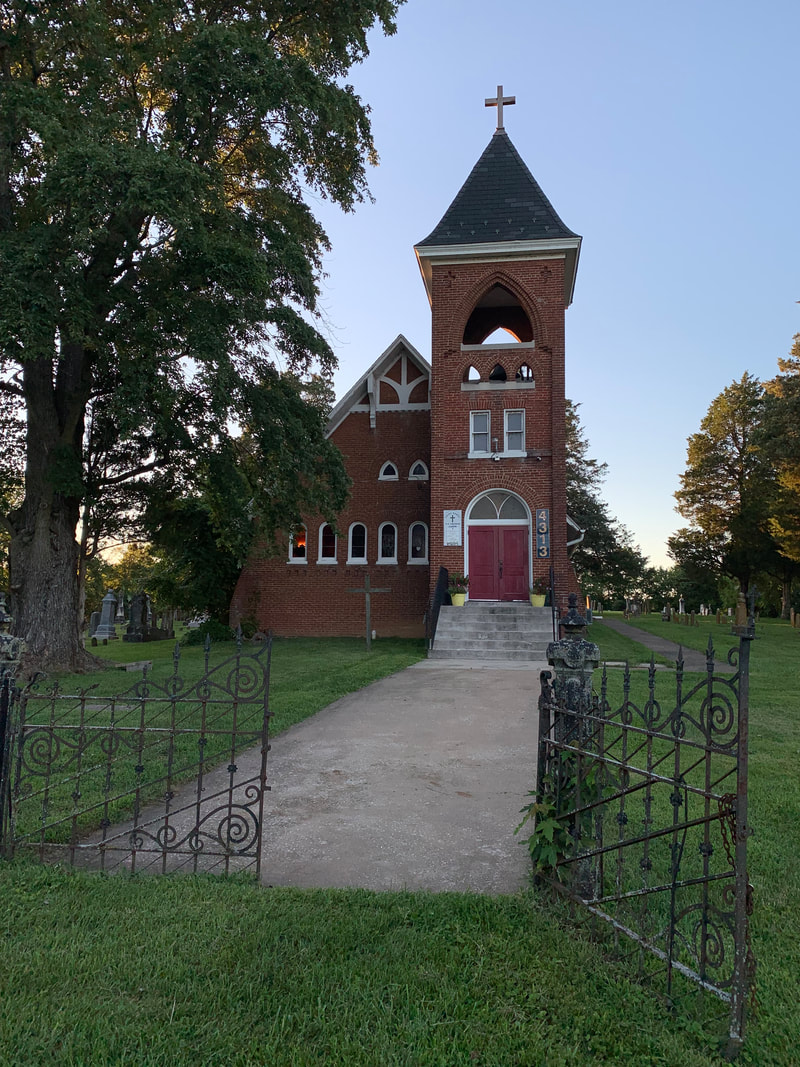
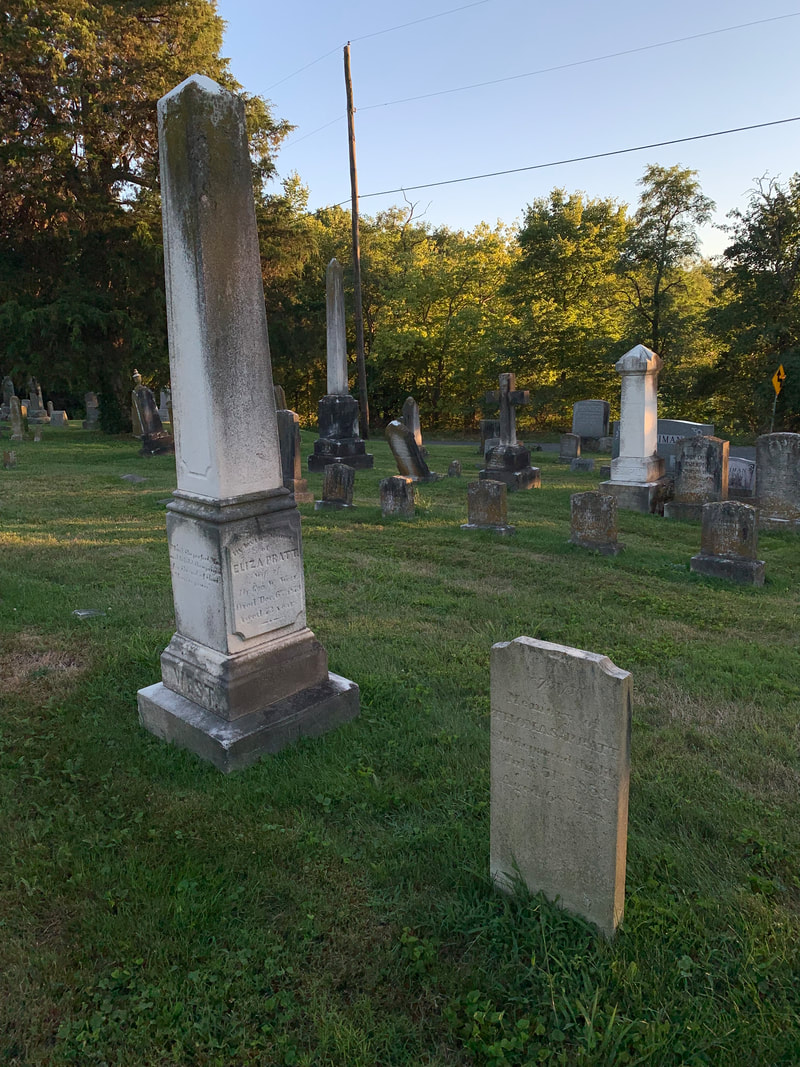
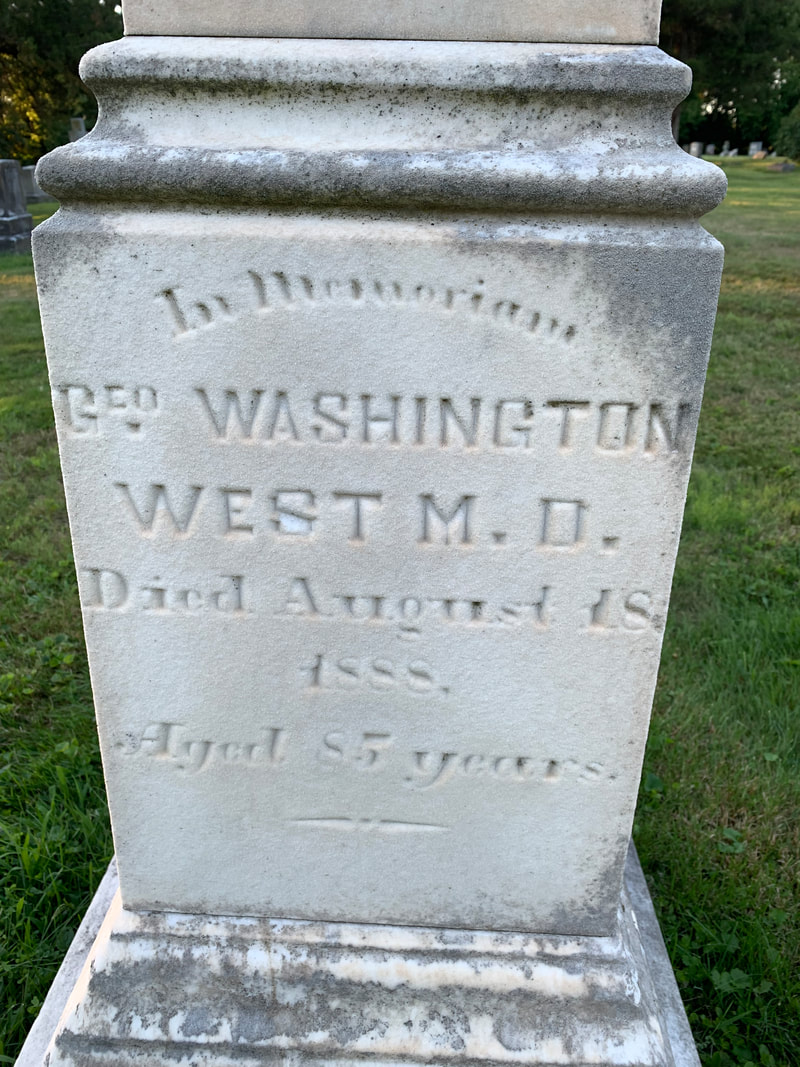
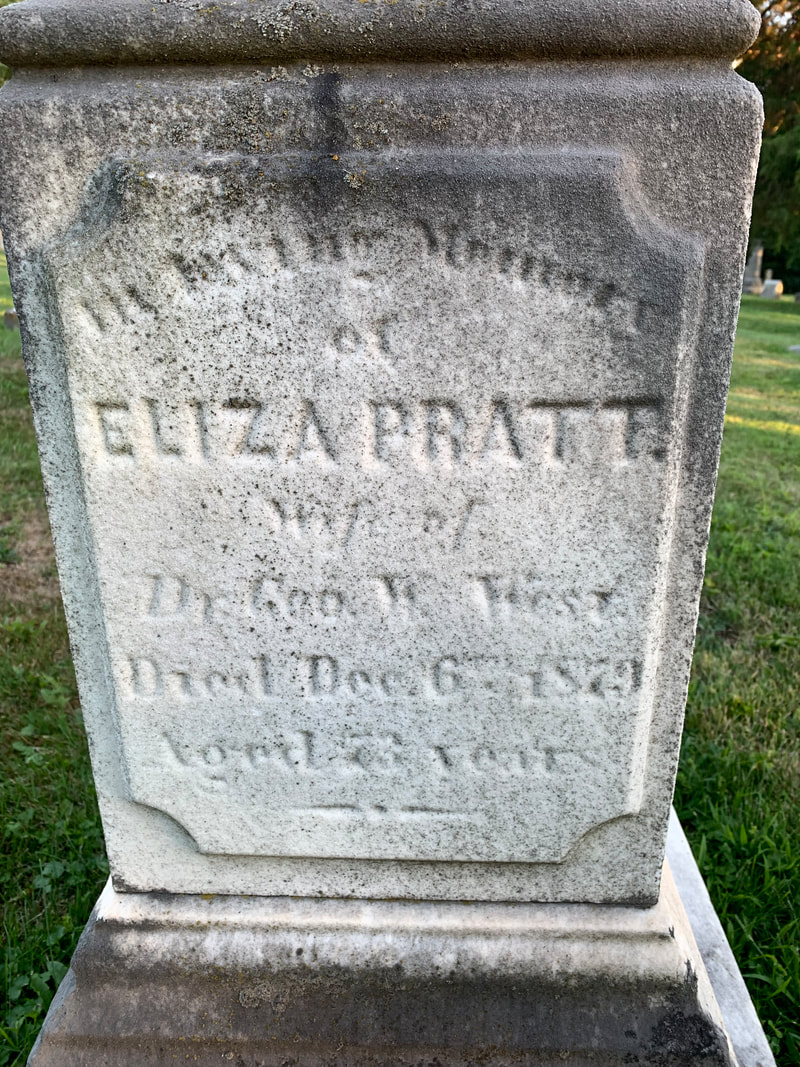
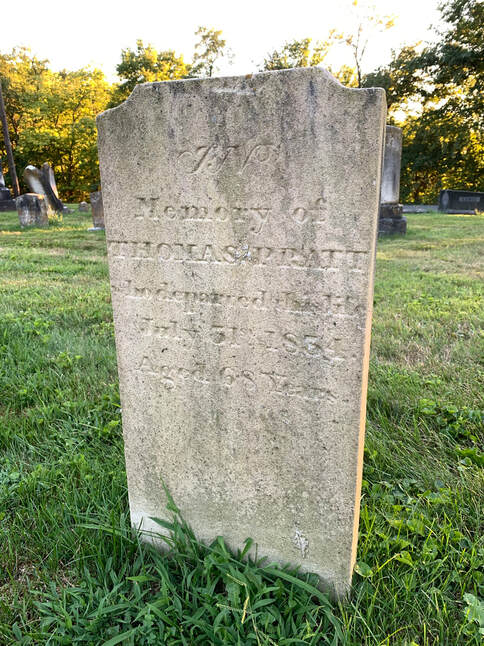

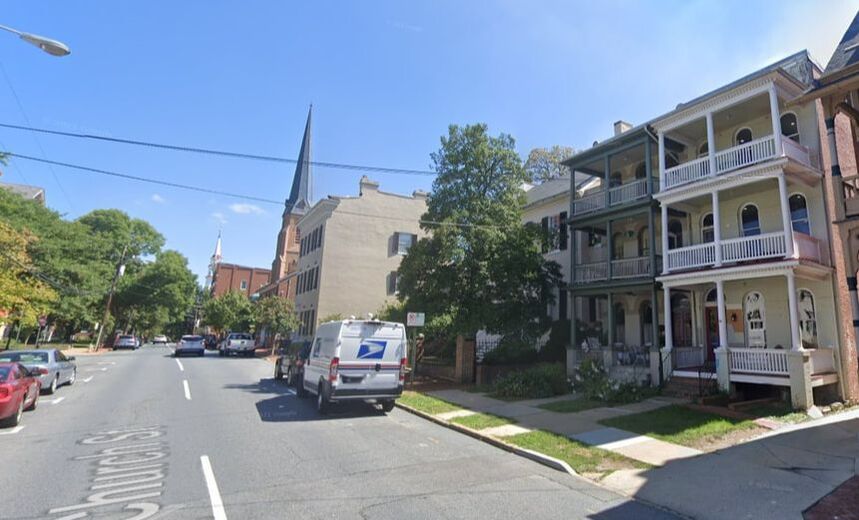

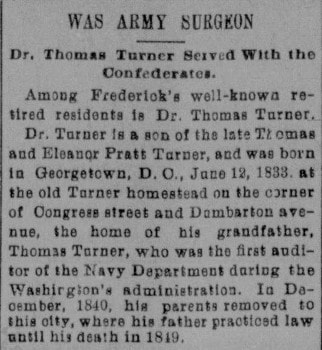

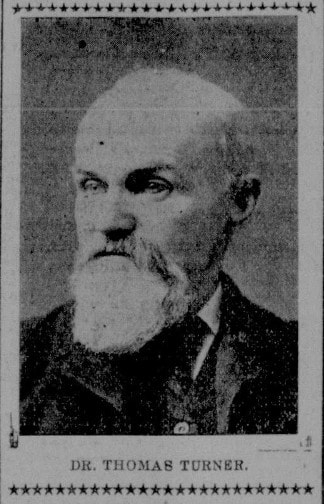

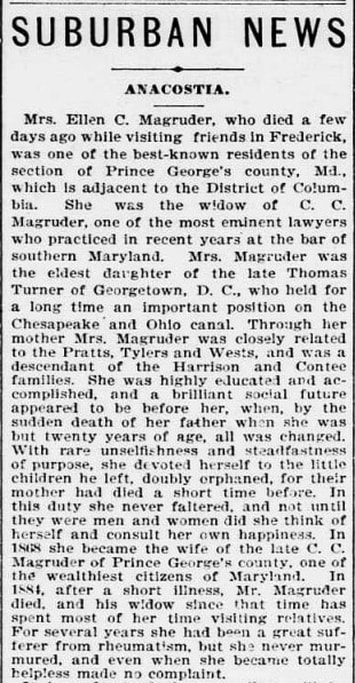
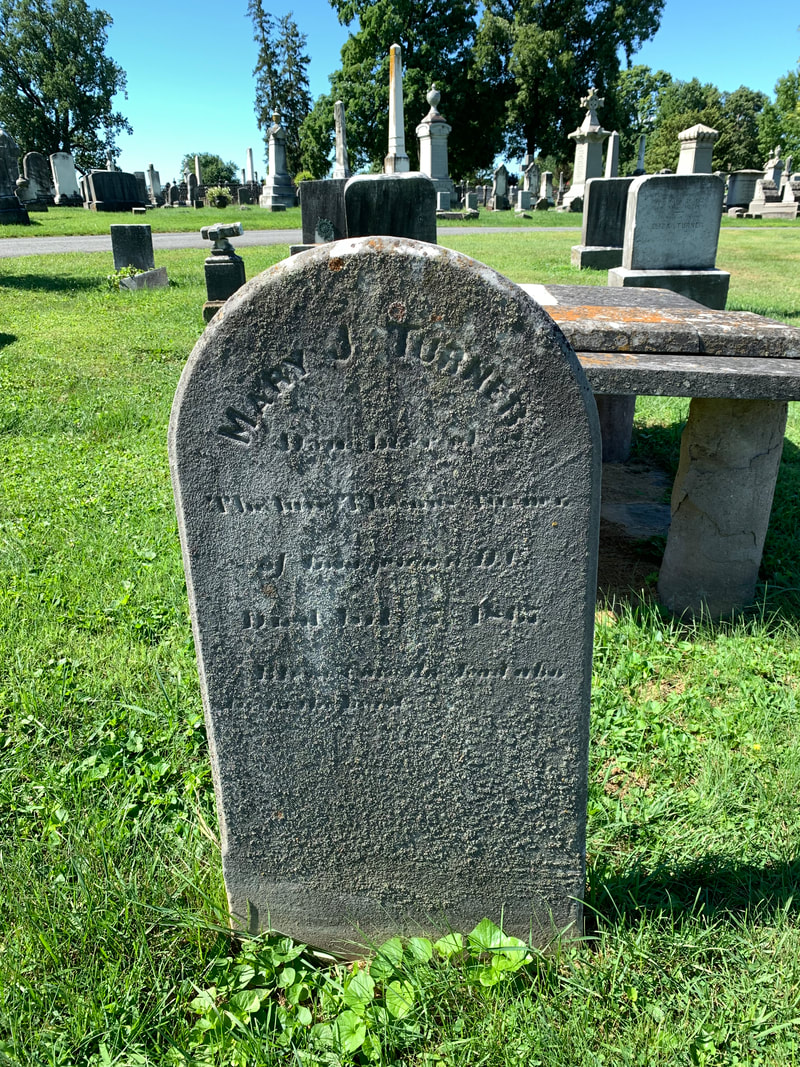
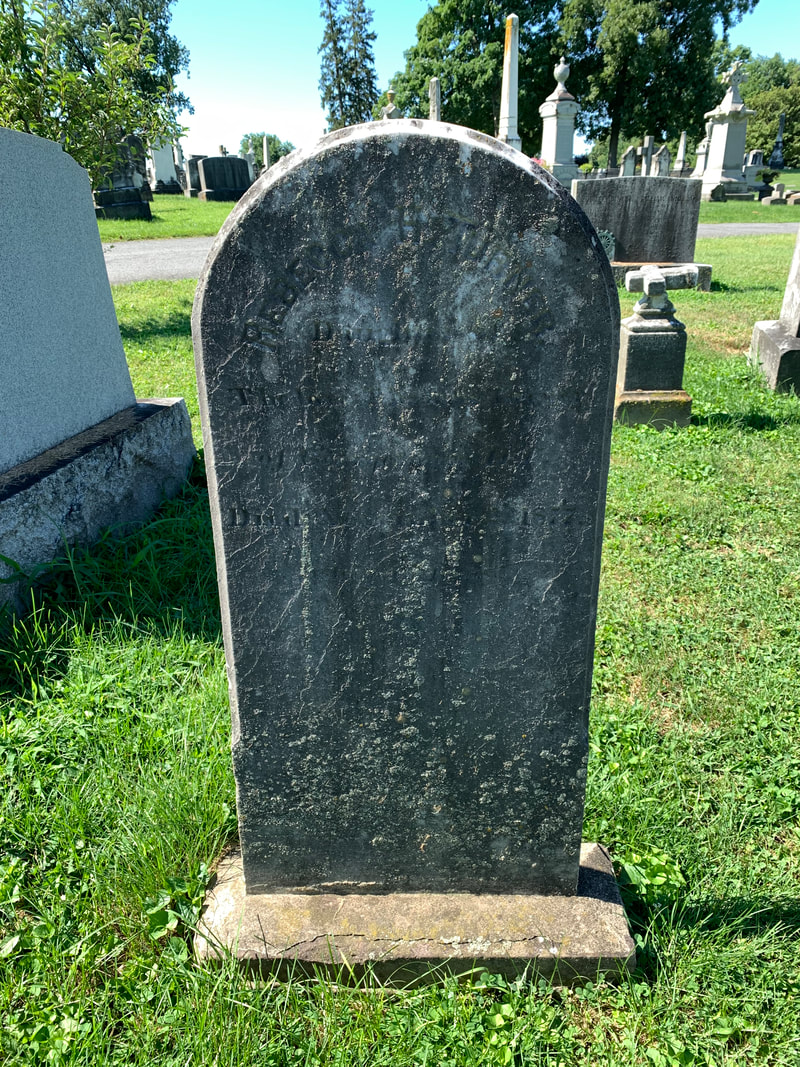
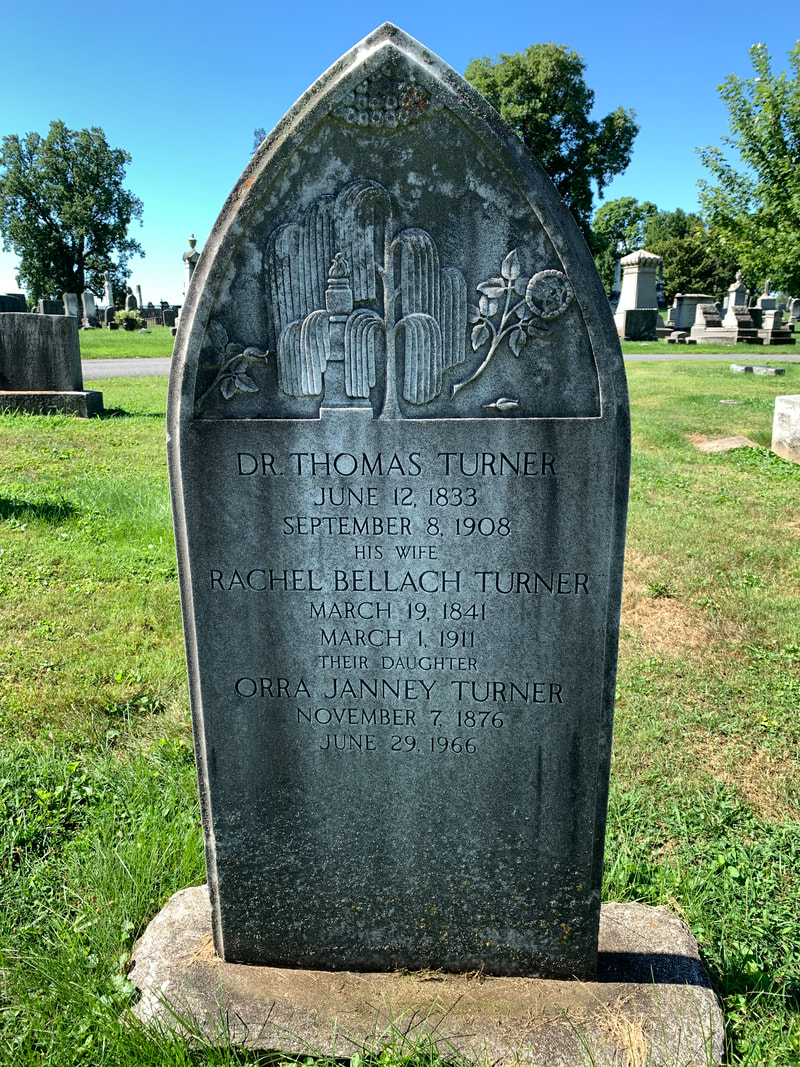
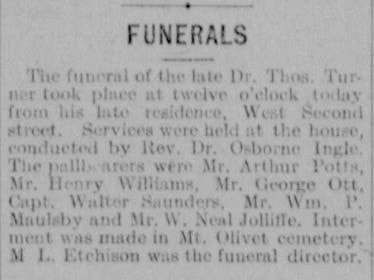
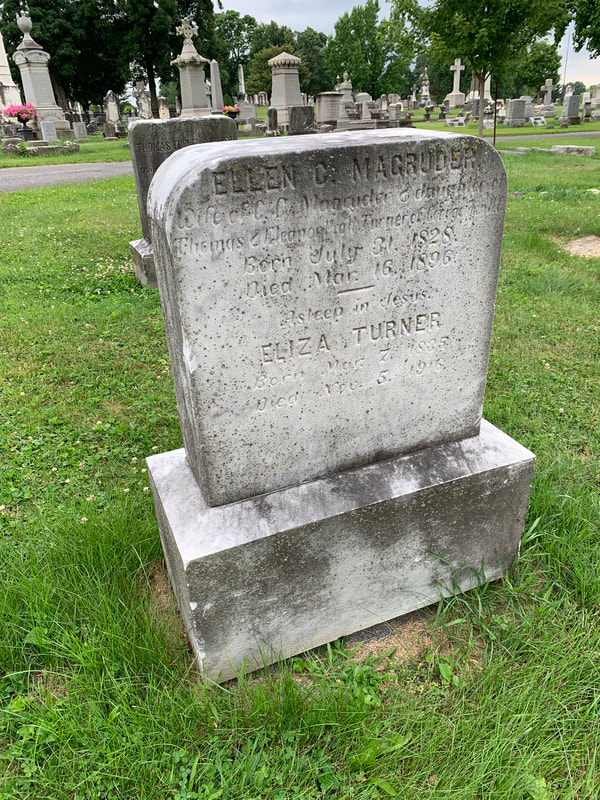
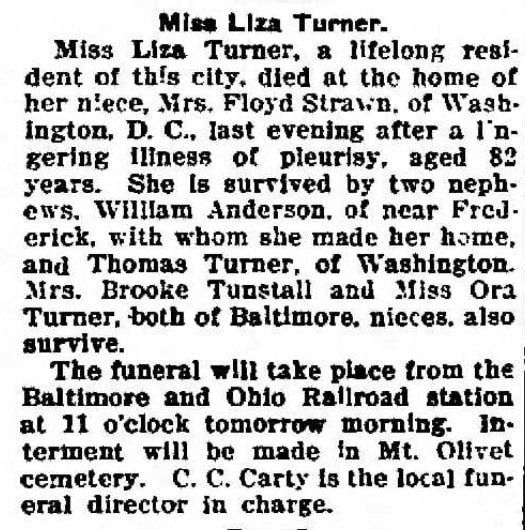
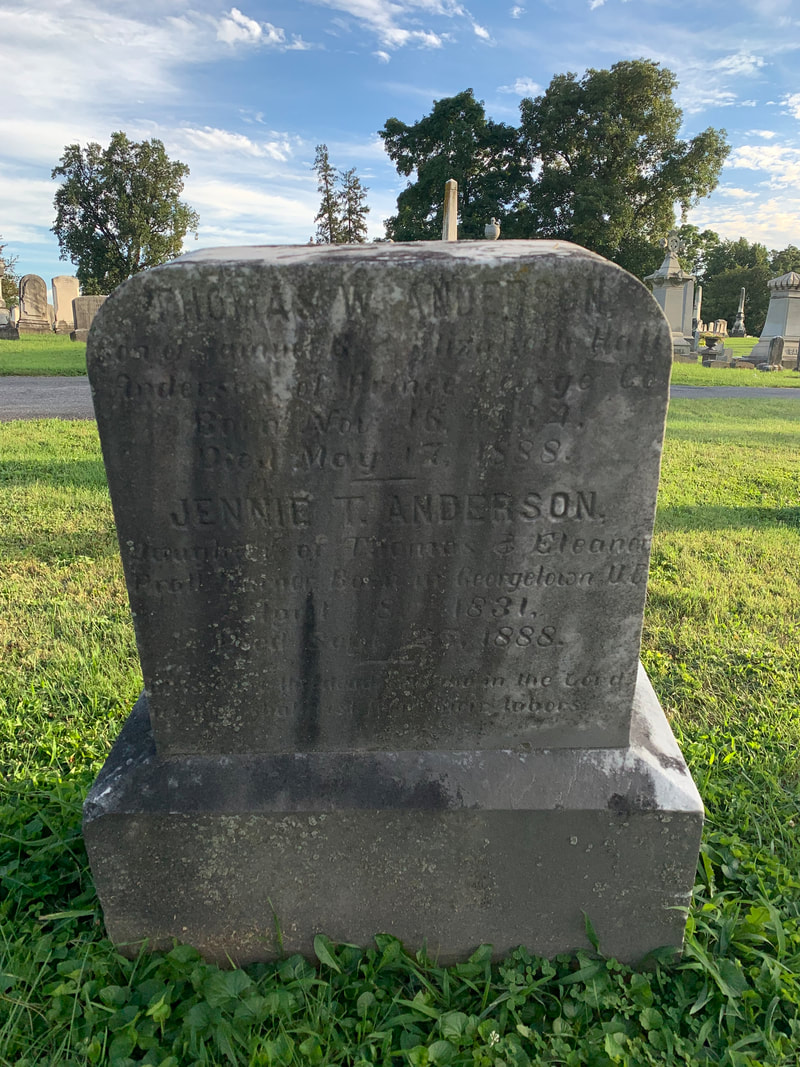
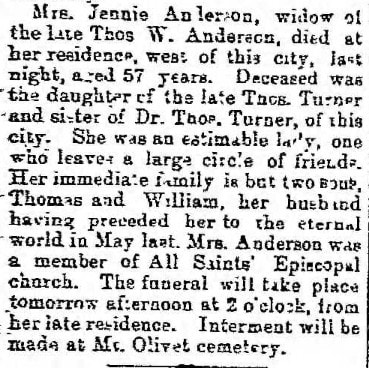
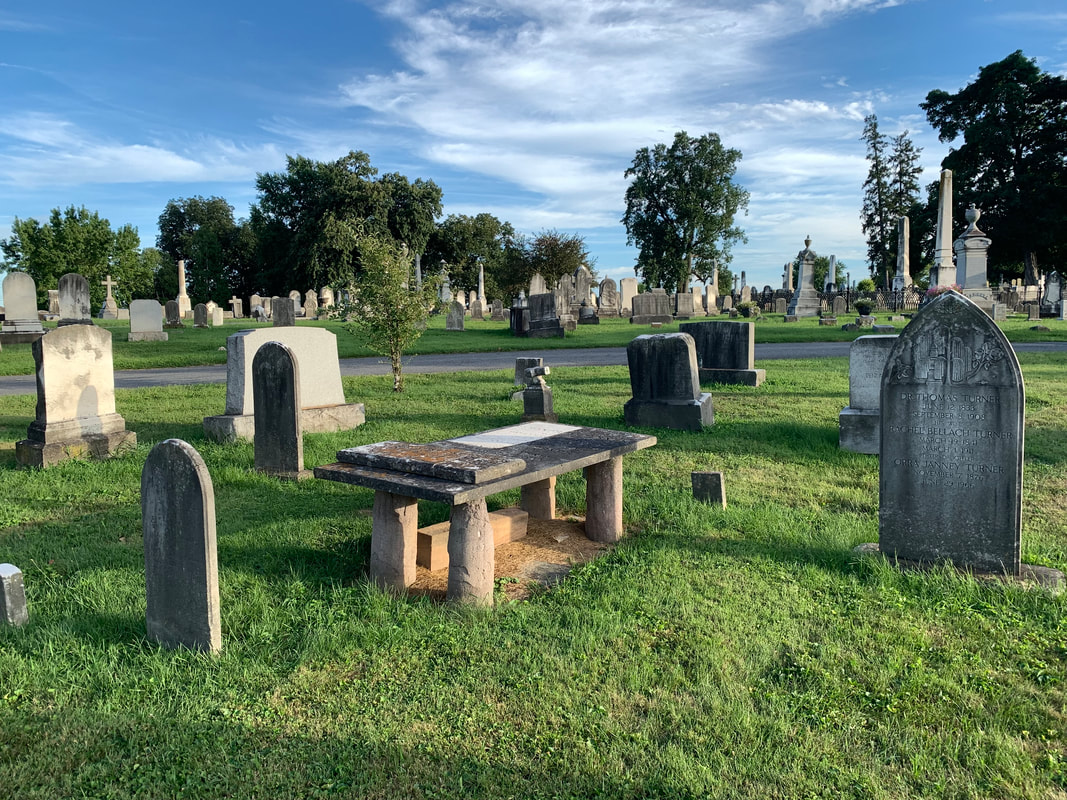
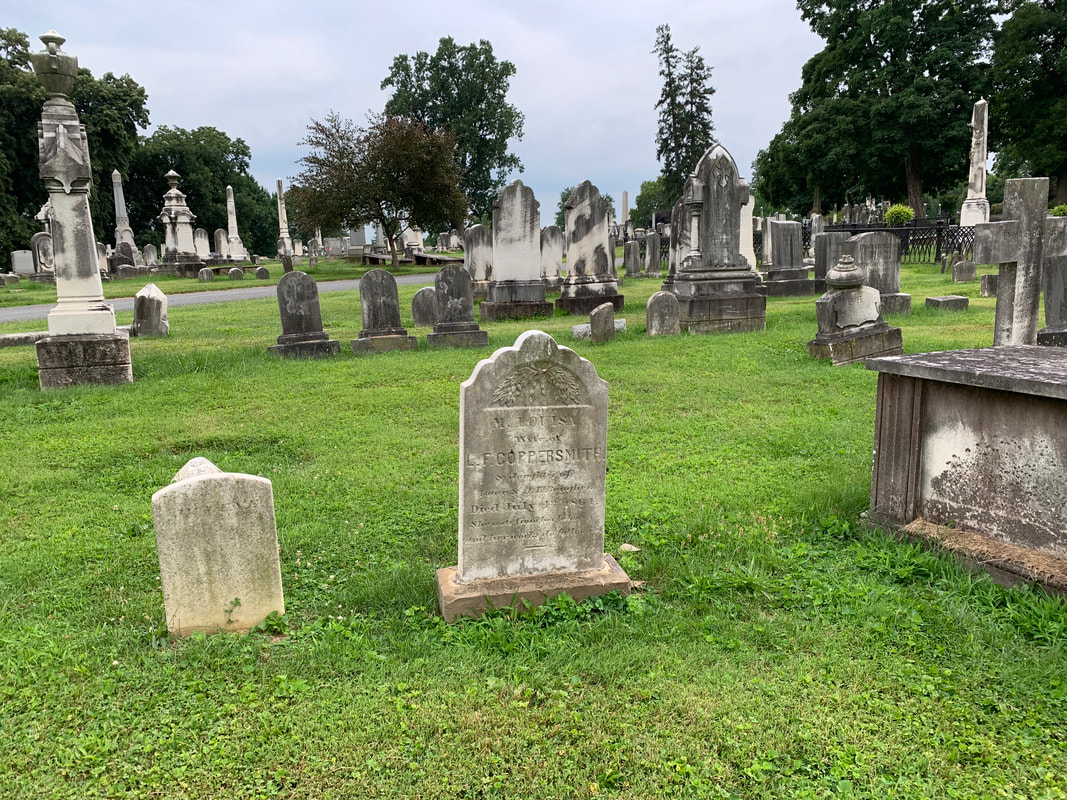
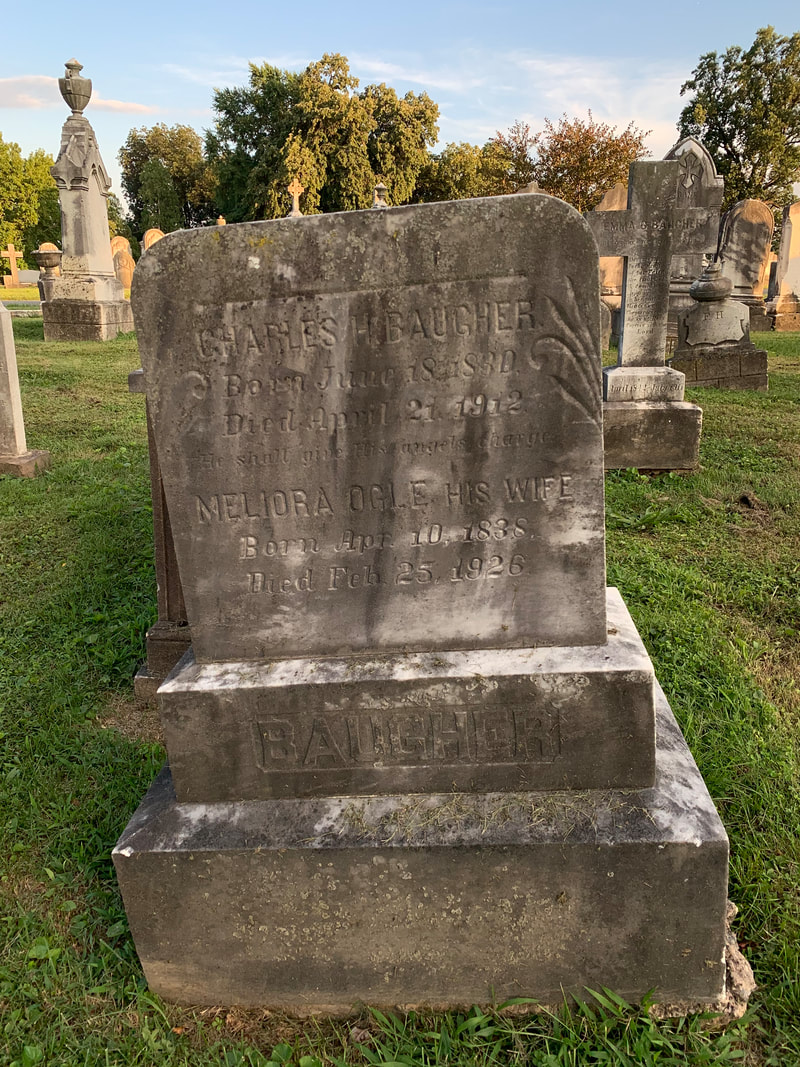

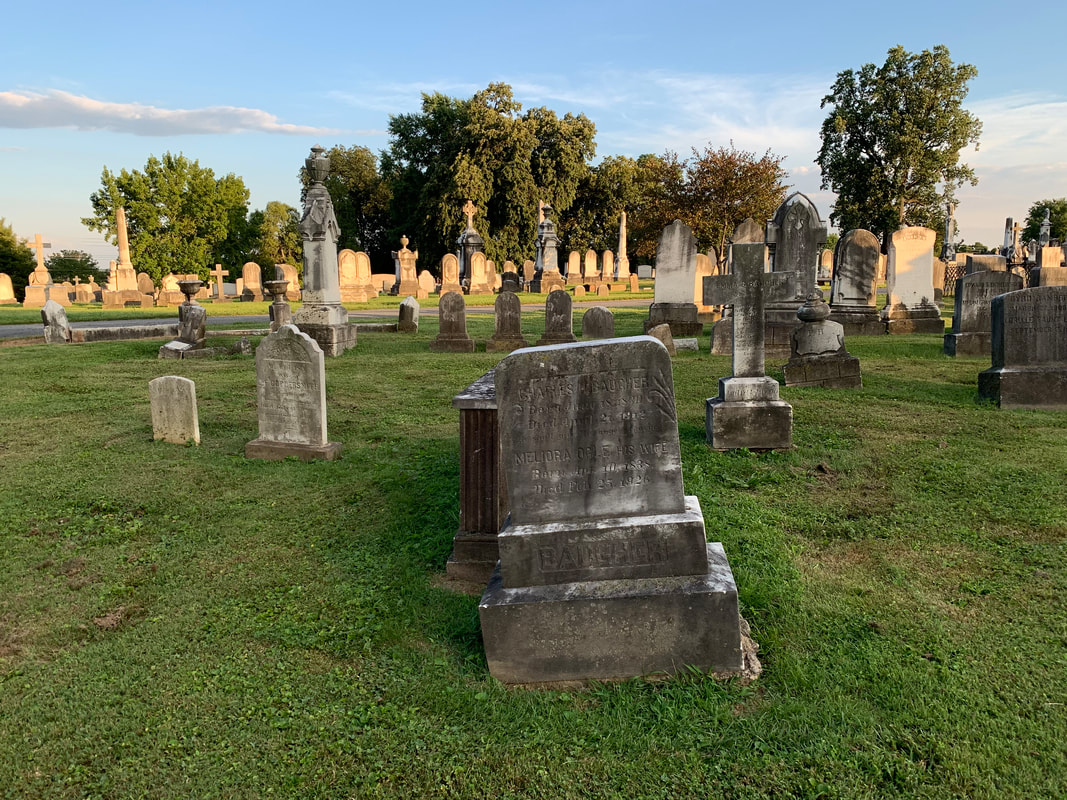

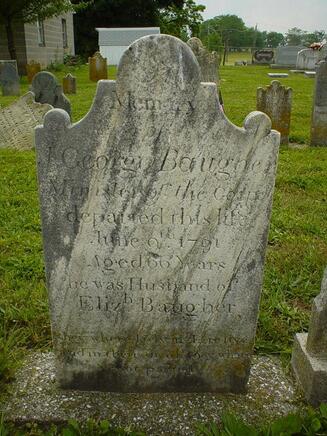
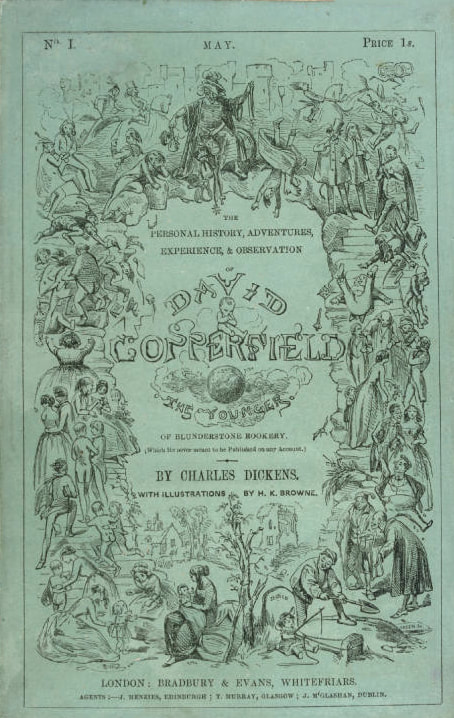
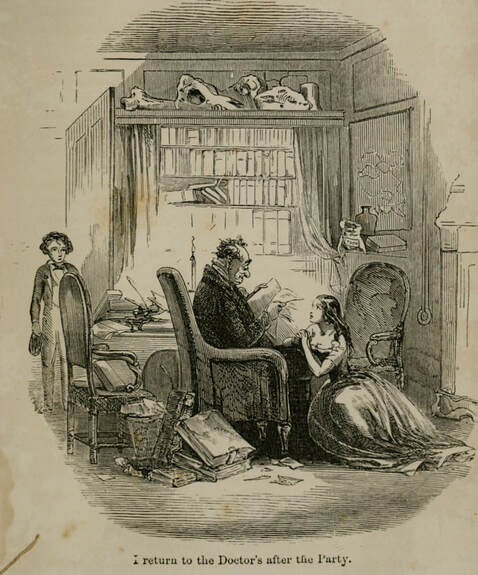
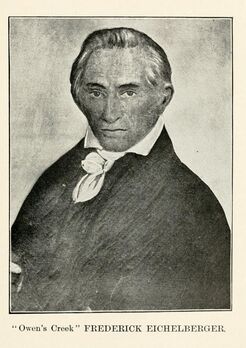
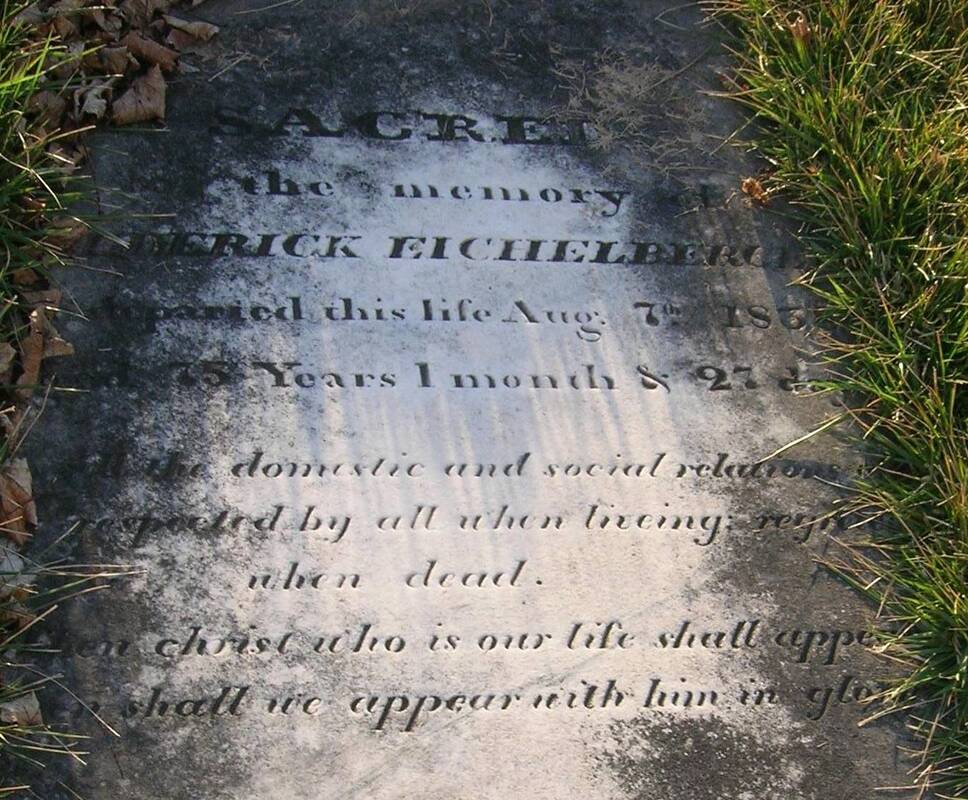


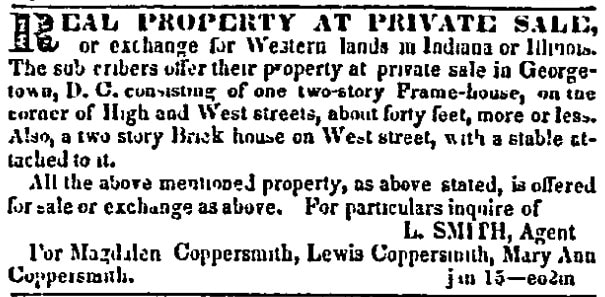

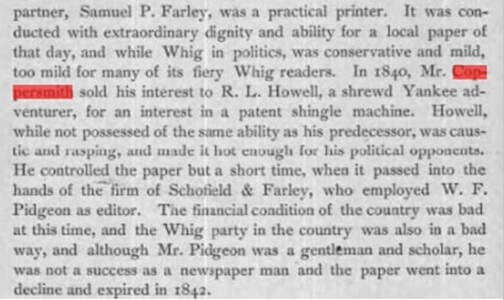
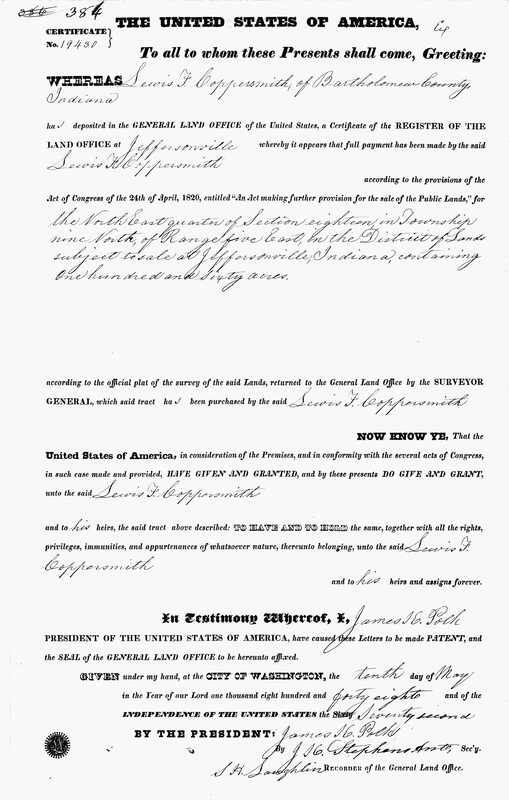

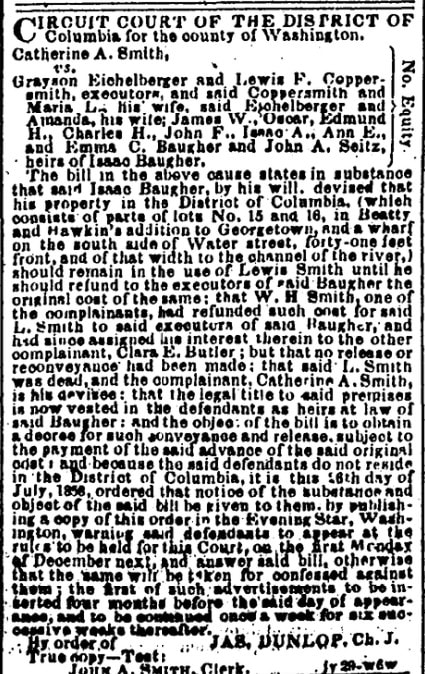
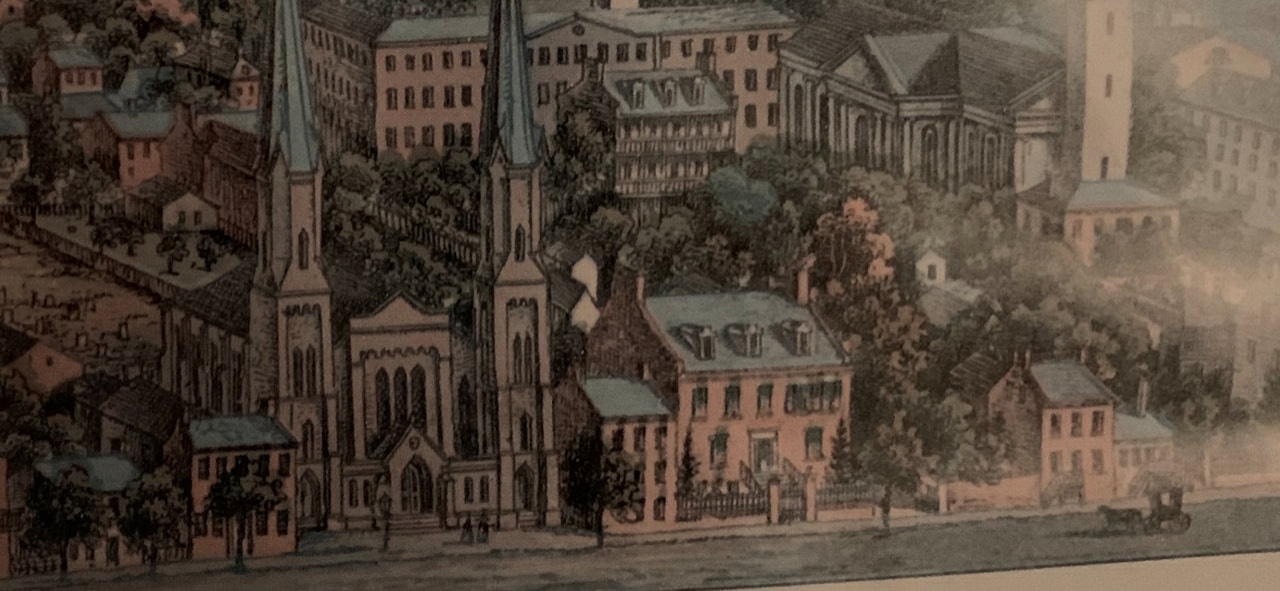

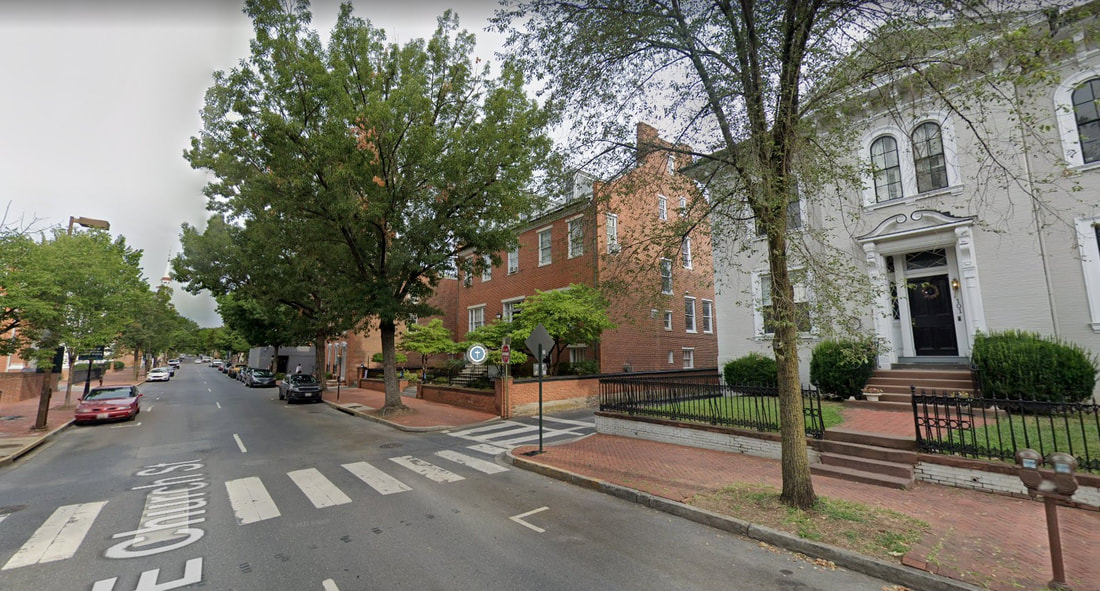
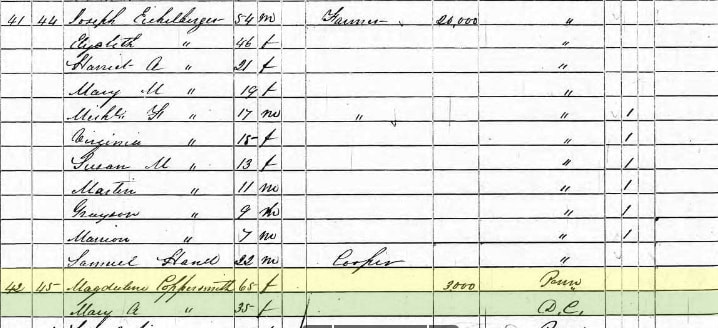
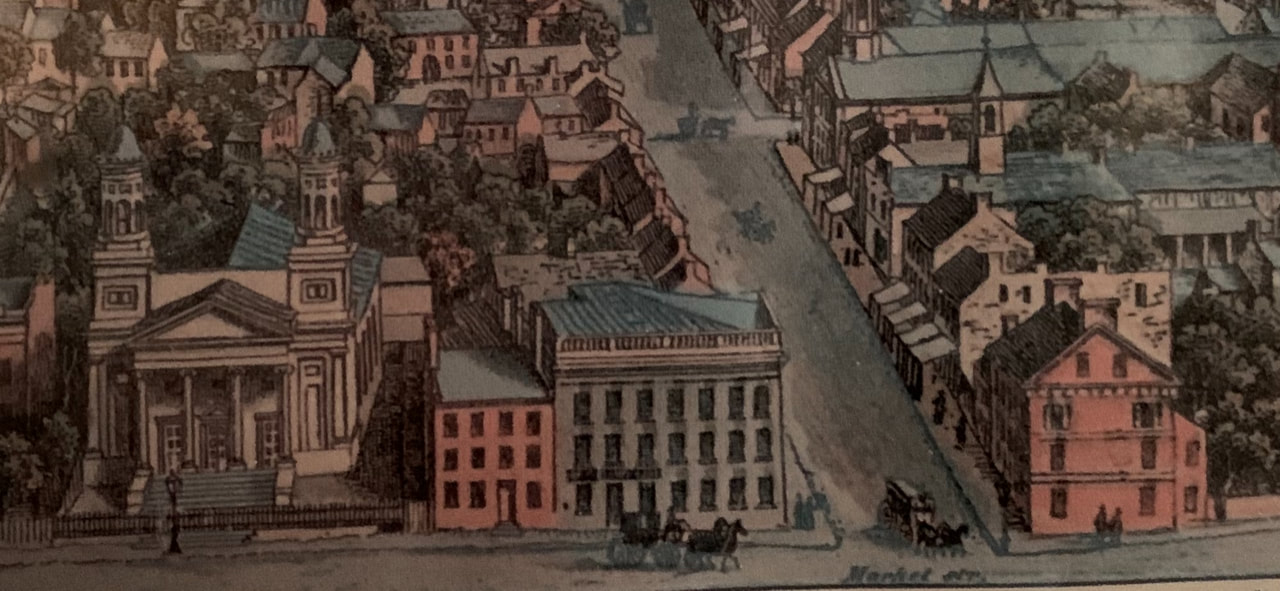
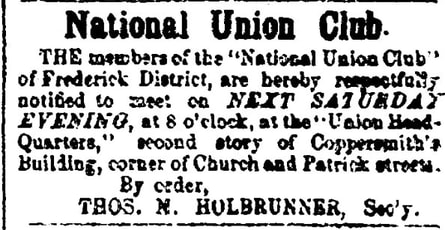
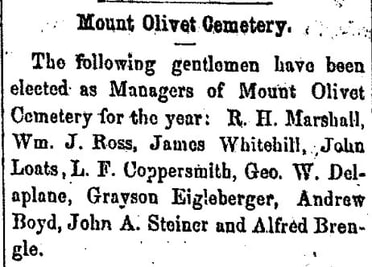
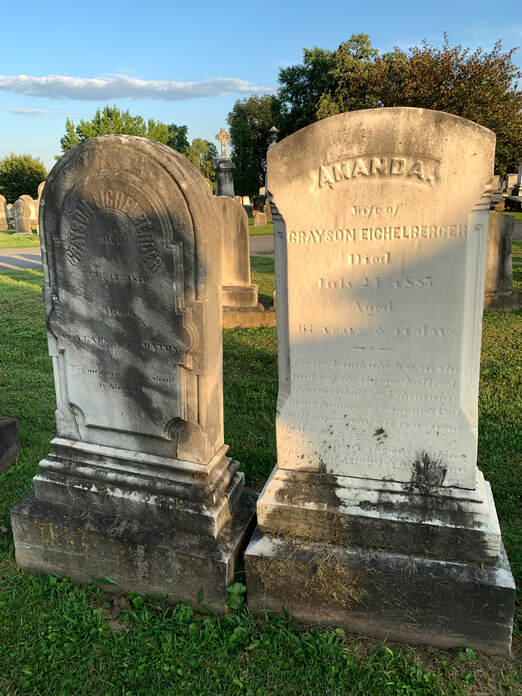

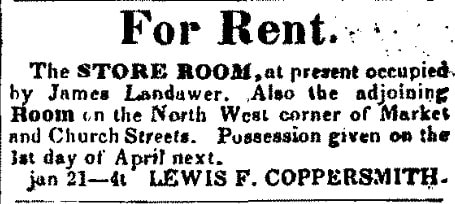
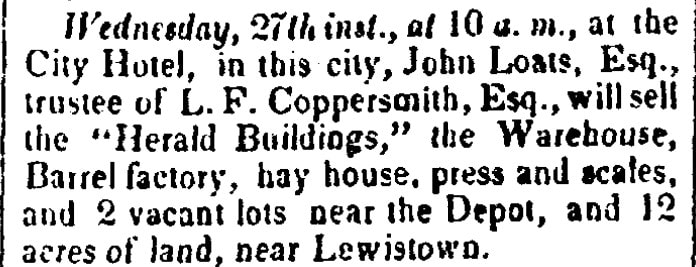
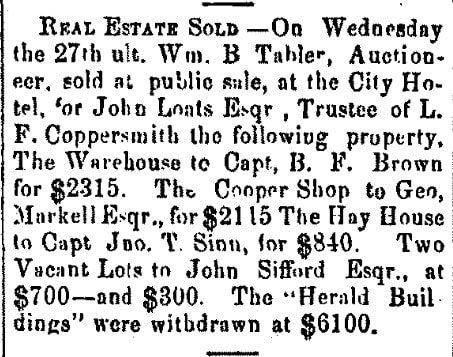
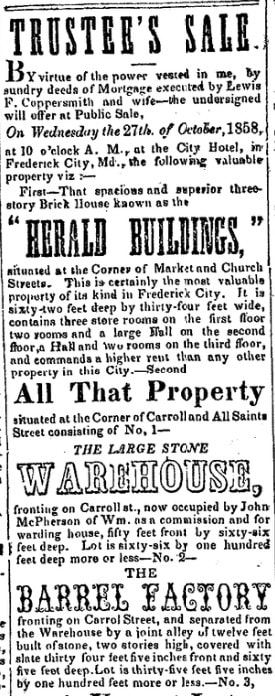
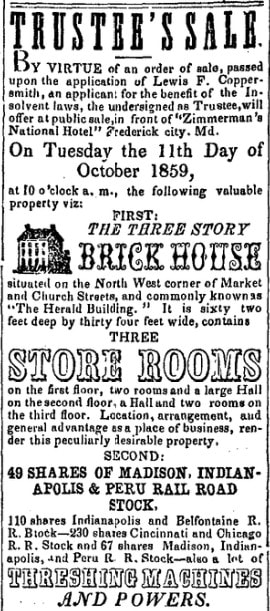
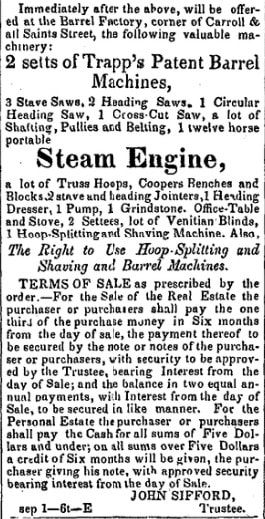
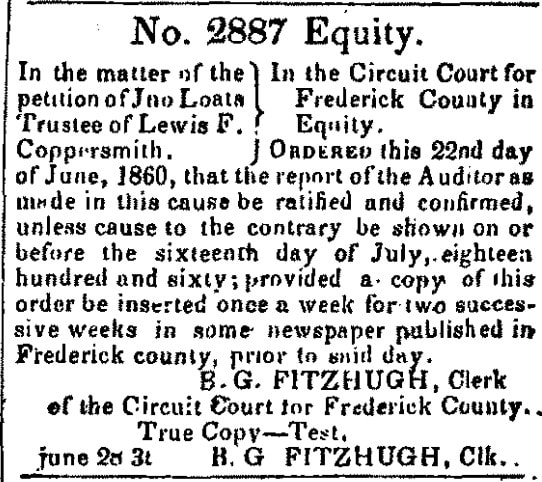
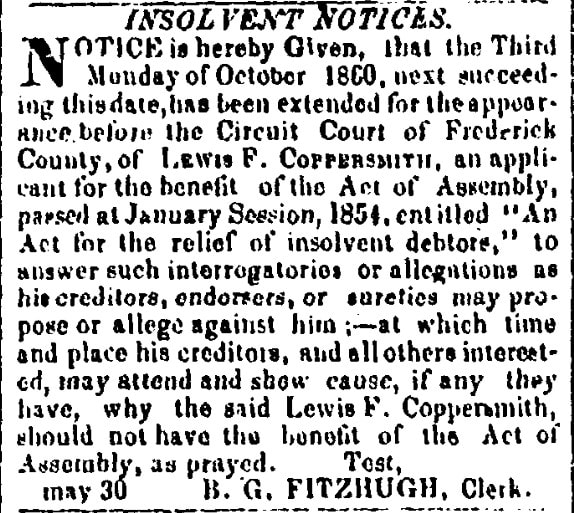
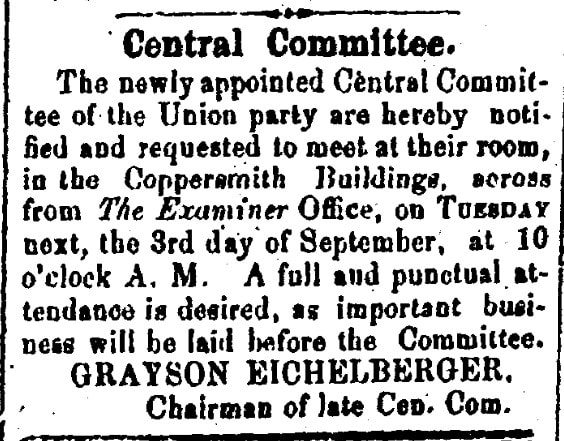
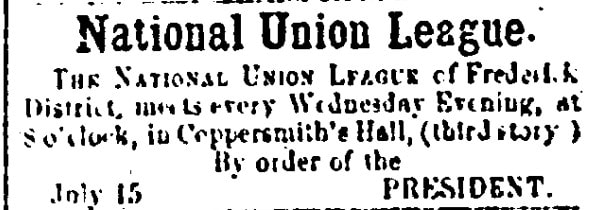
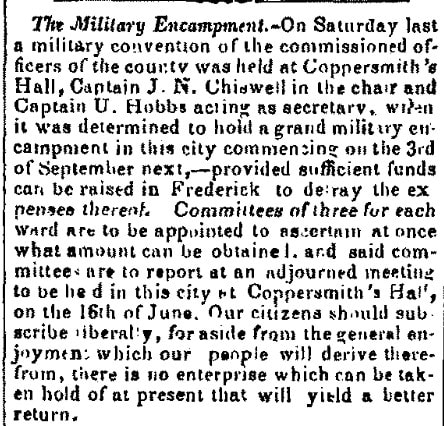
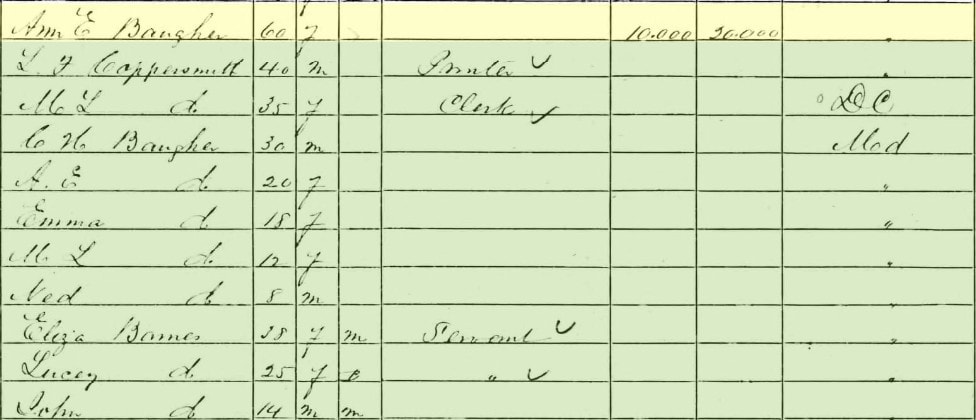

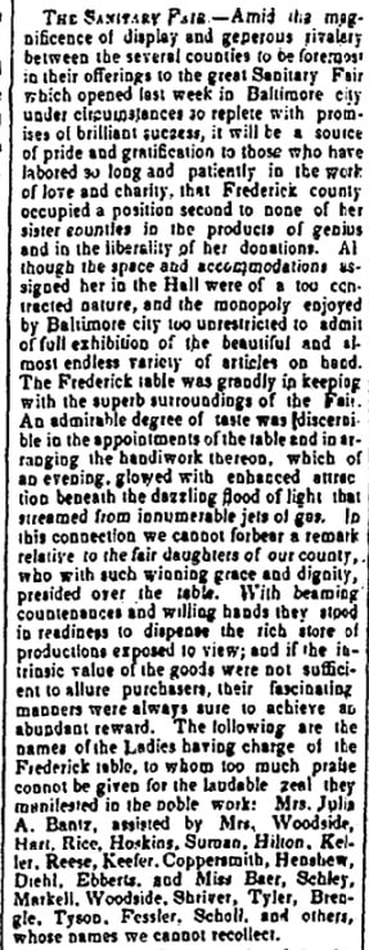
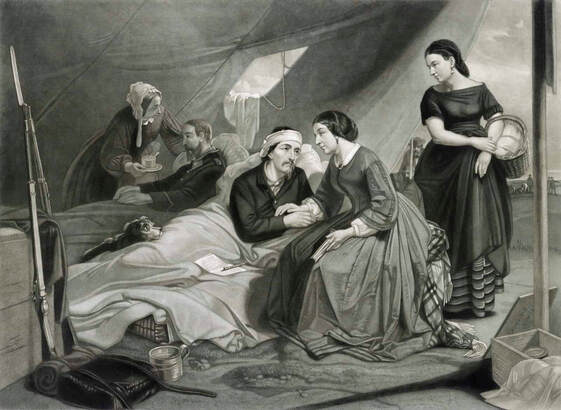

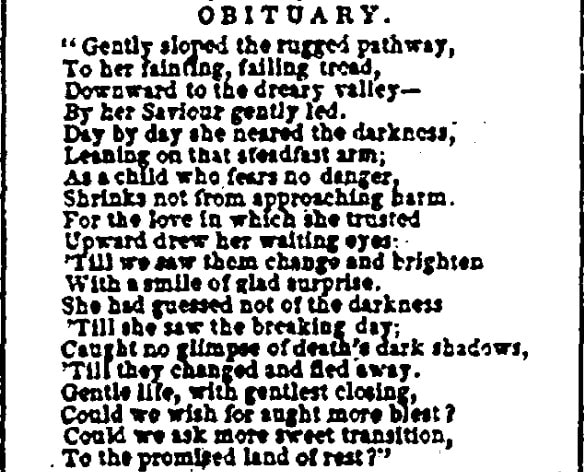
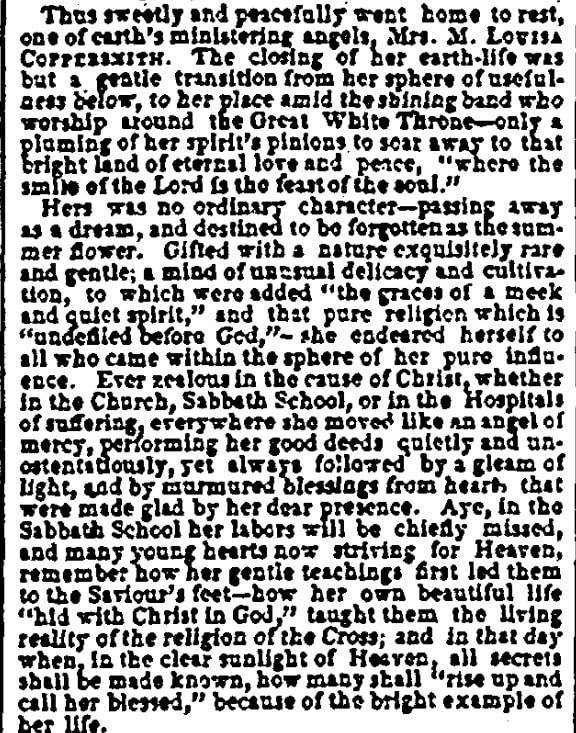
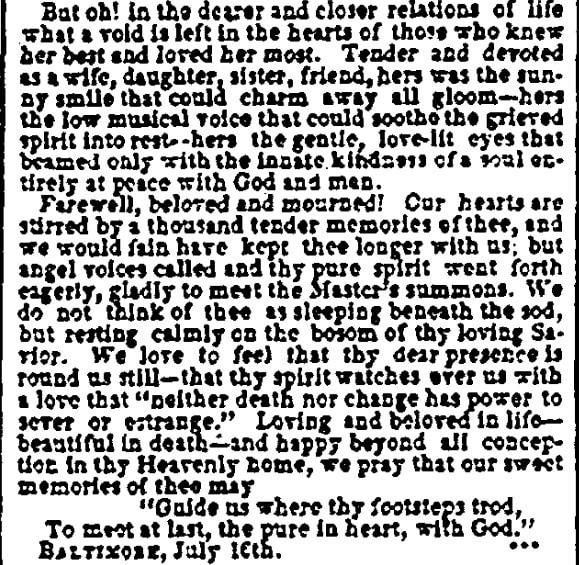
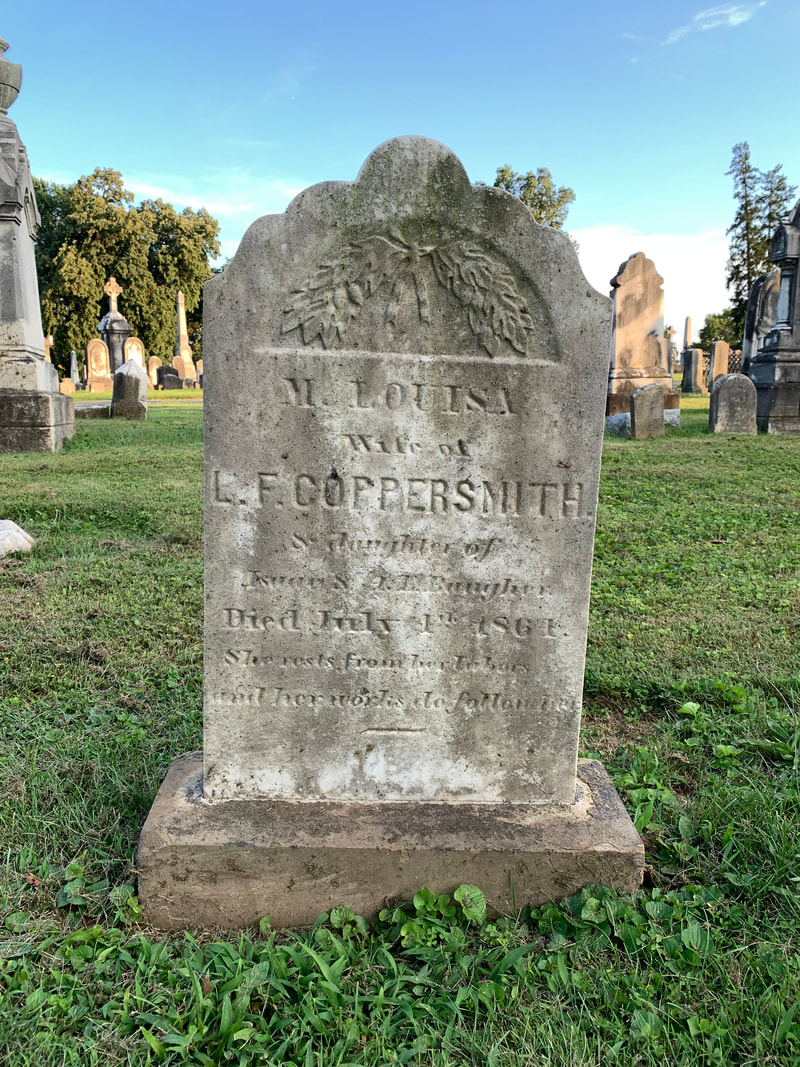
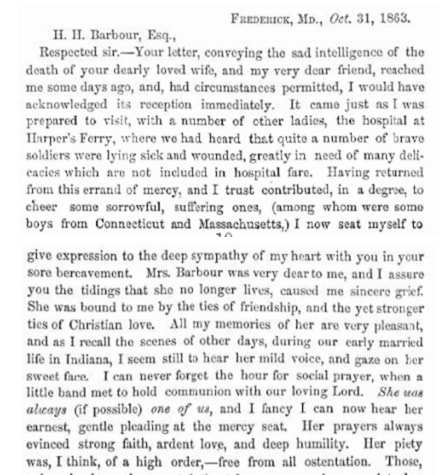
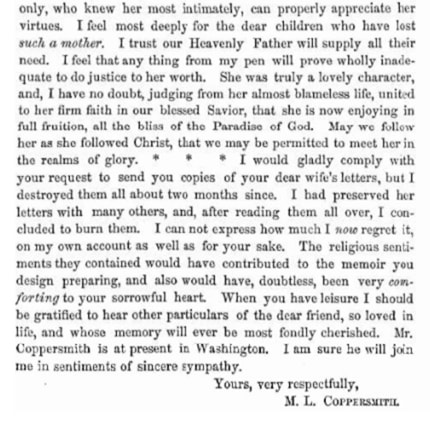
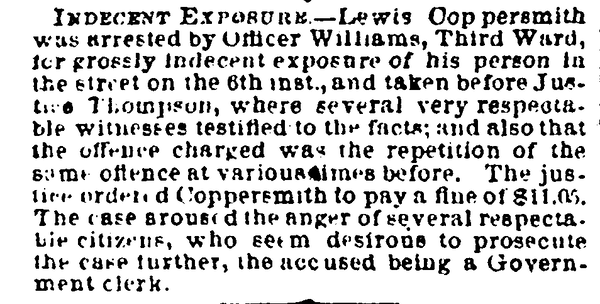

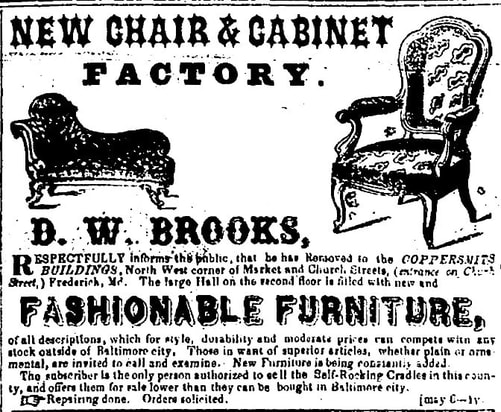
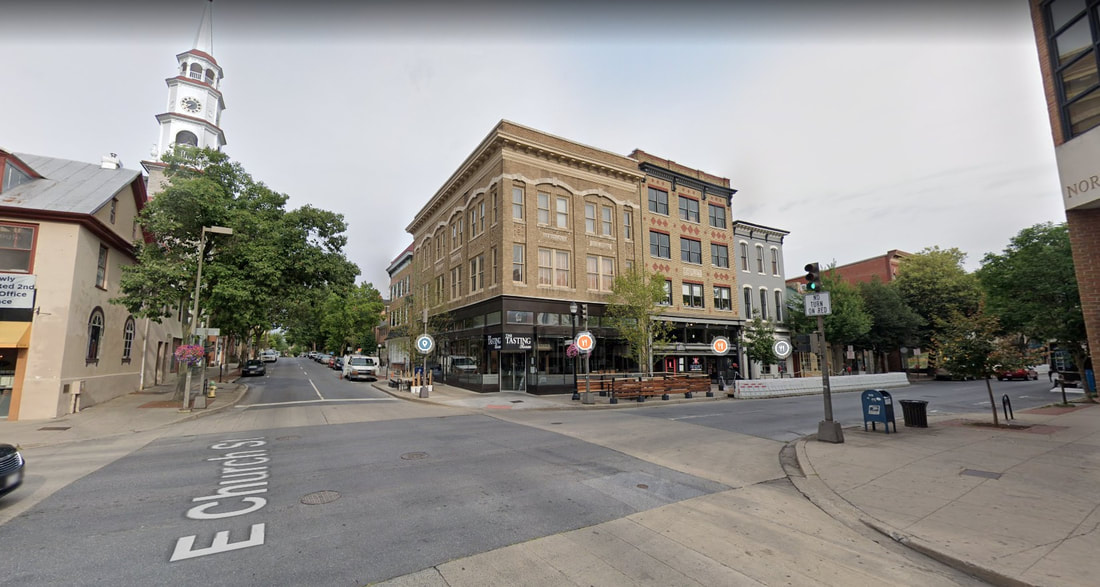
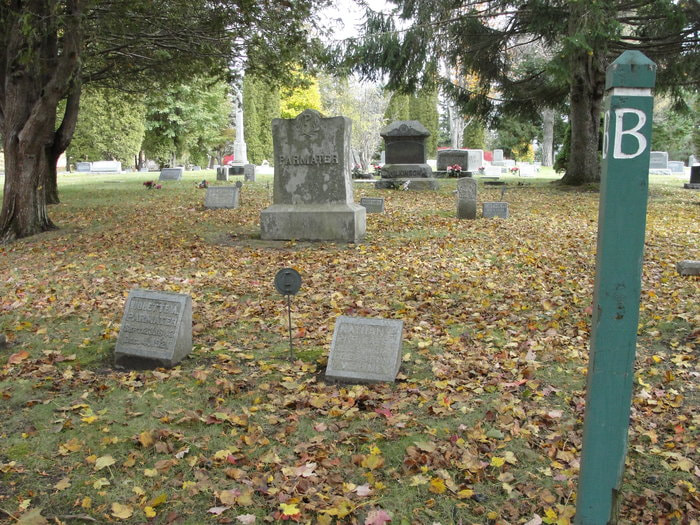
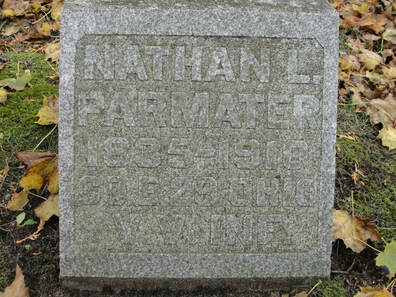
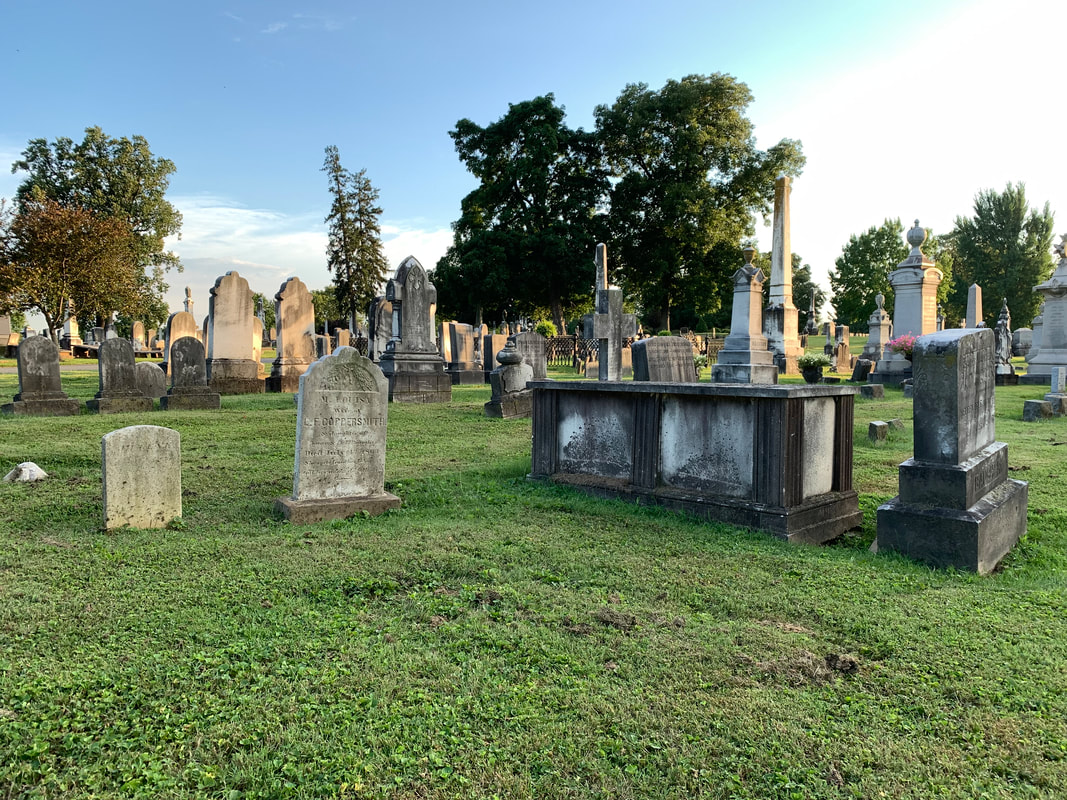

 RSS Feed
RSS Feed